Dushanbe
I would have never thought that Tajikistan is so beautiful. The mountains are literally of black color, and the river is also black. Amazing.
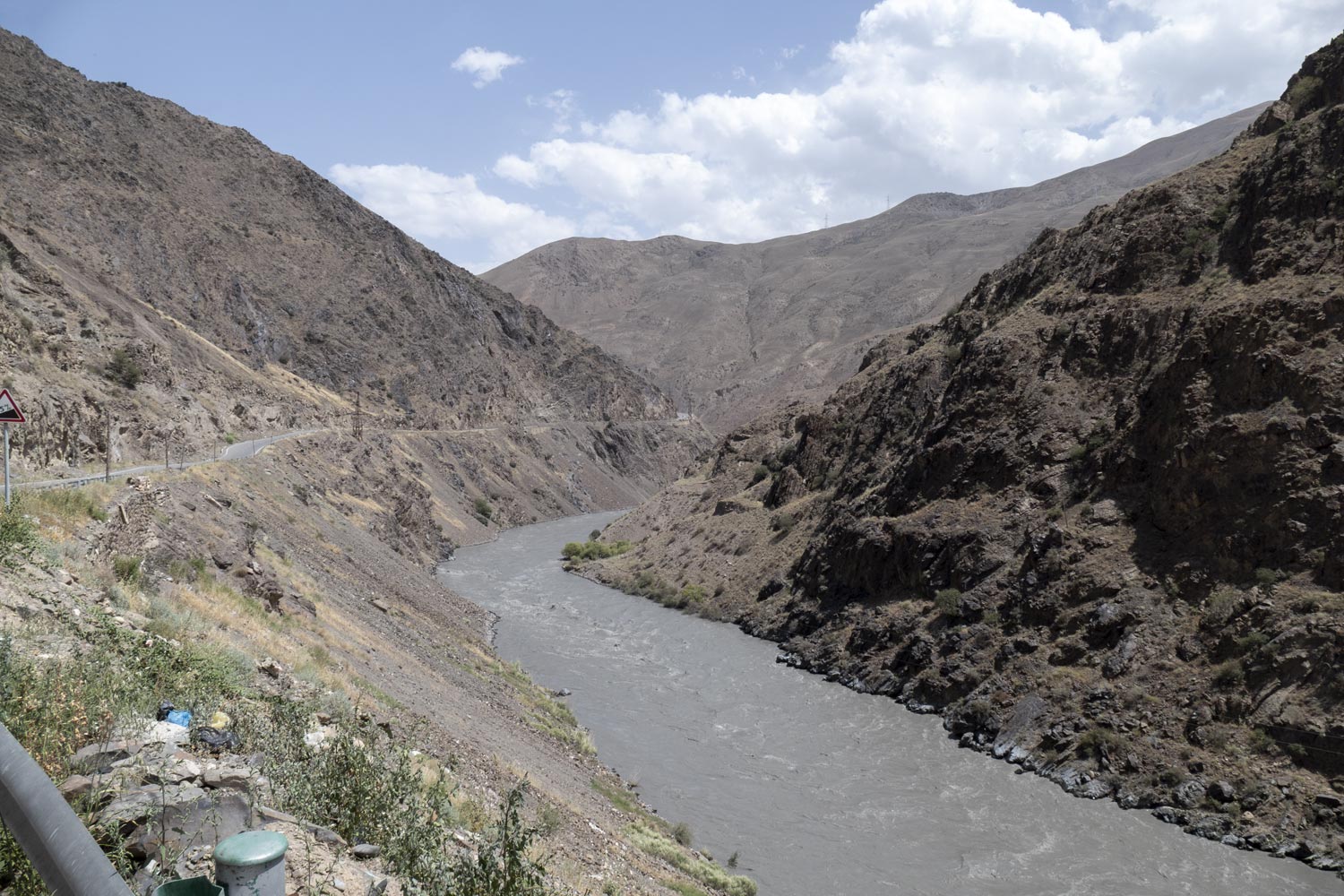
Along the highway, you come across bazaars where they sell kurut — extremely salty cheese made from goat’s milk. It is as hard as a rock, and you can break your teeth on it.
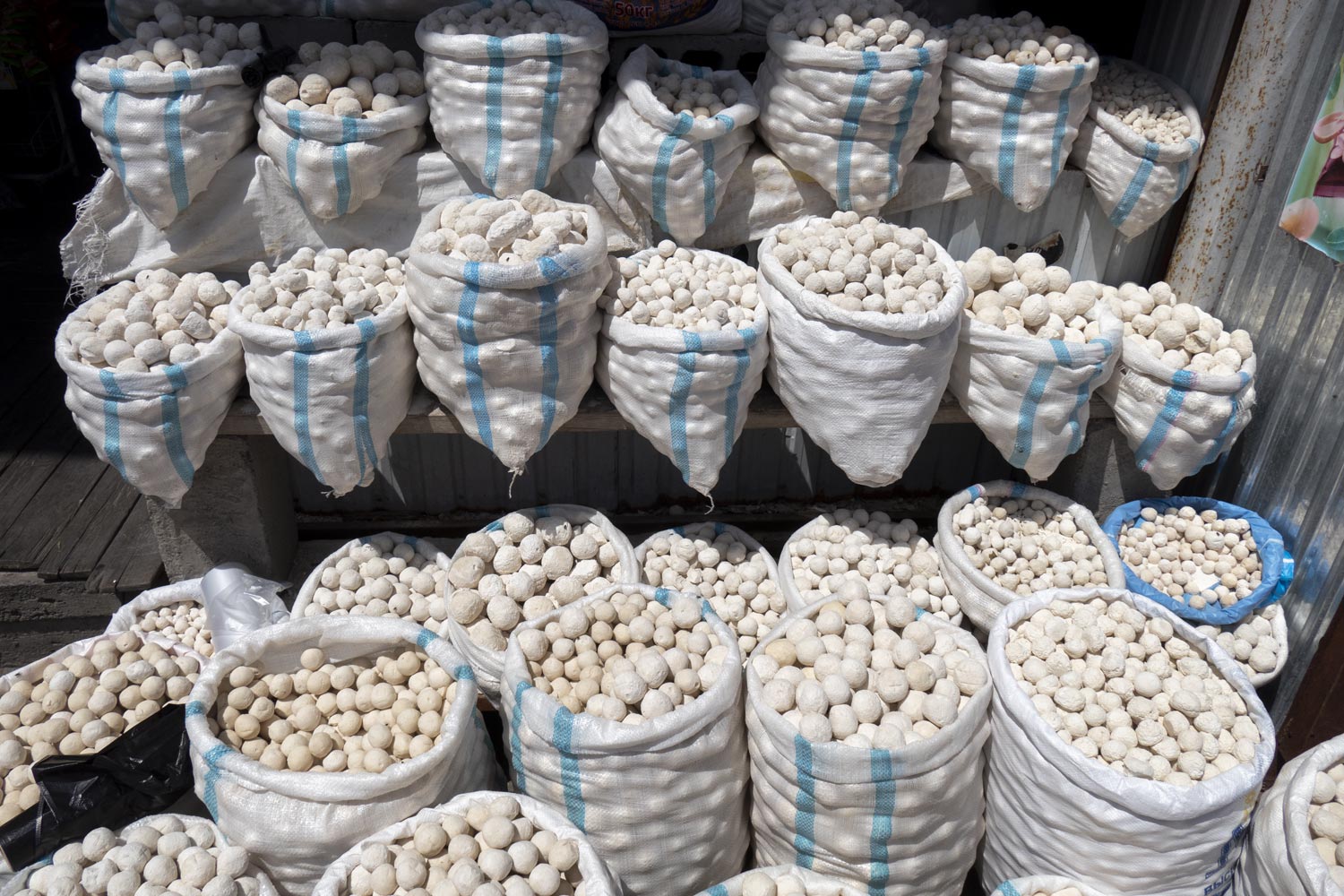
Power transmission lines stretch across the mountains.
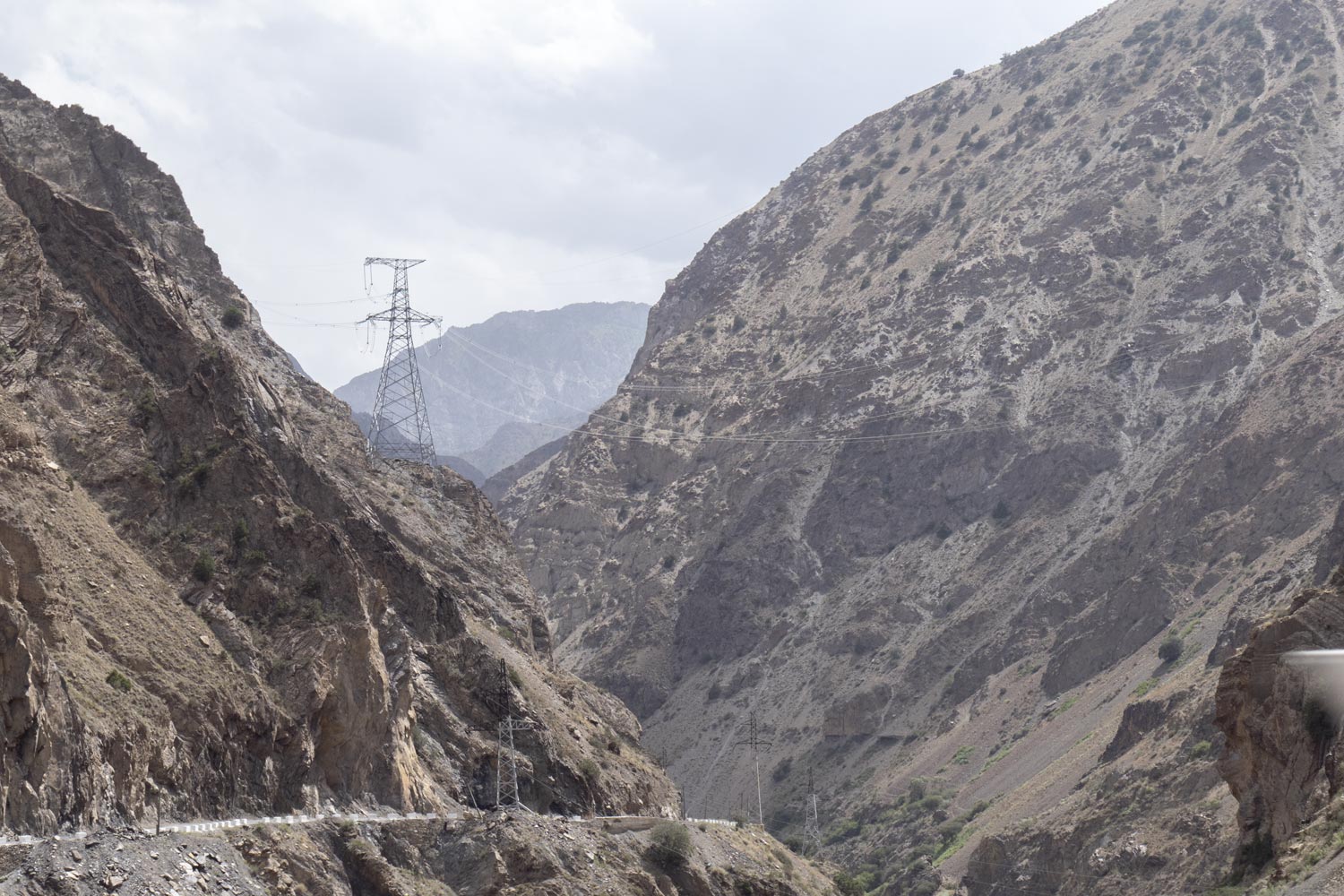
Towers stand at any height, at any angle. They are a monument to technological progress, a triumph of humans over nature.
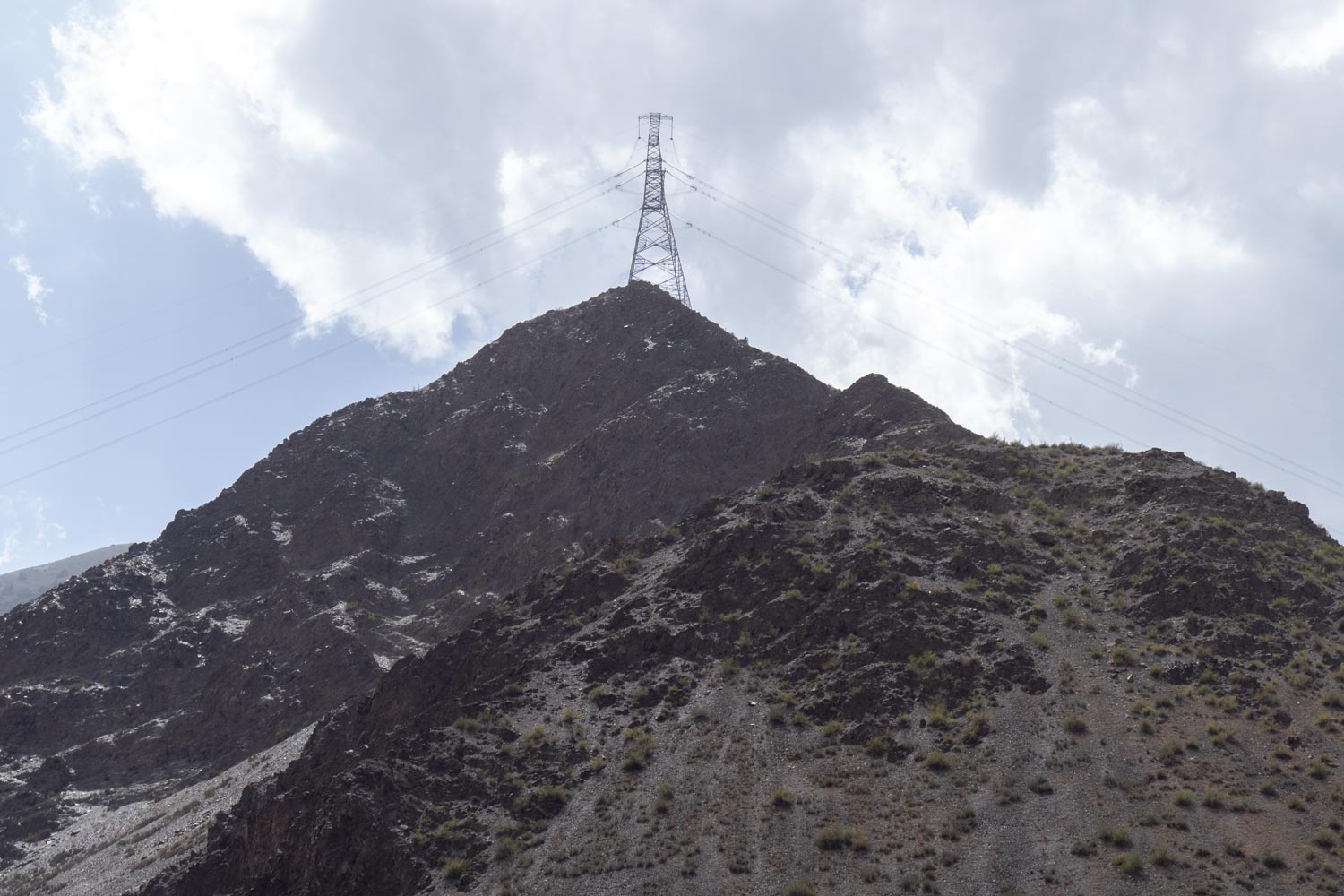
The road to Dushanbe is filled with small towns that weave their way through the mountains.
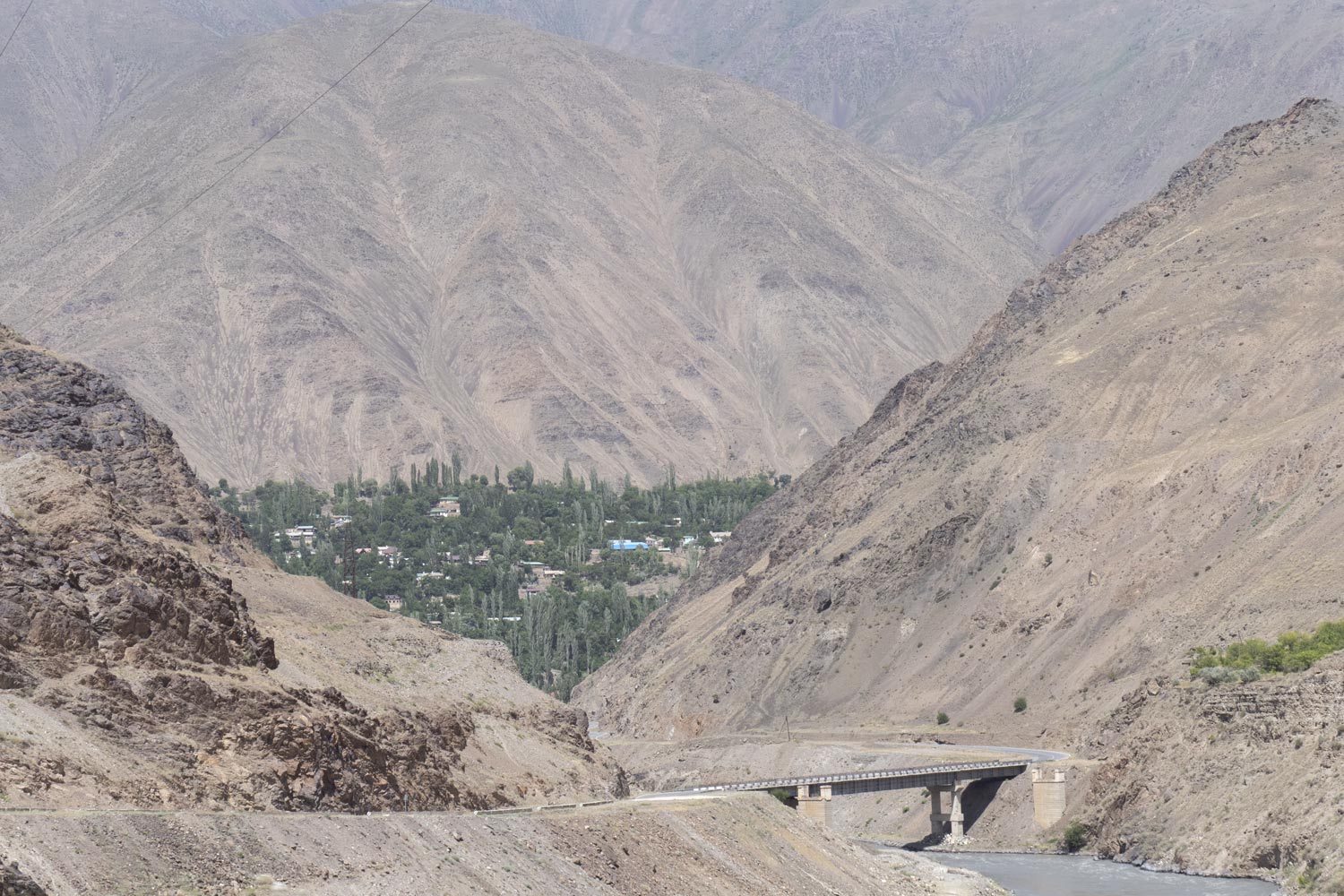
It seems to be Pendjikent. The city is home to 45,000 people.
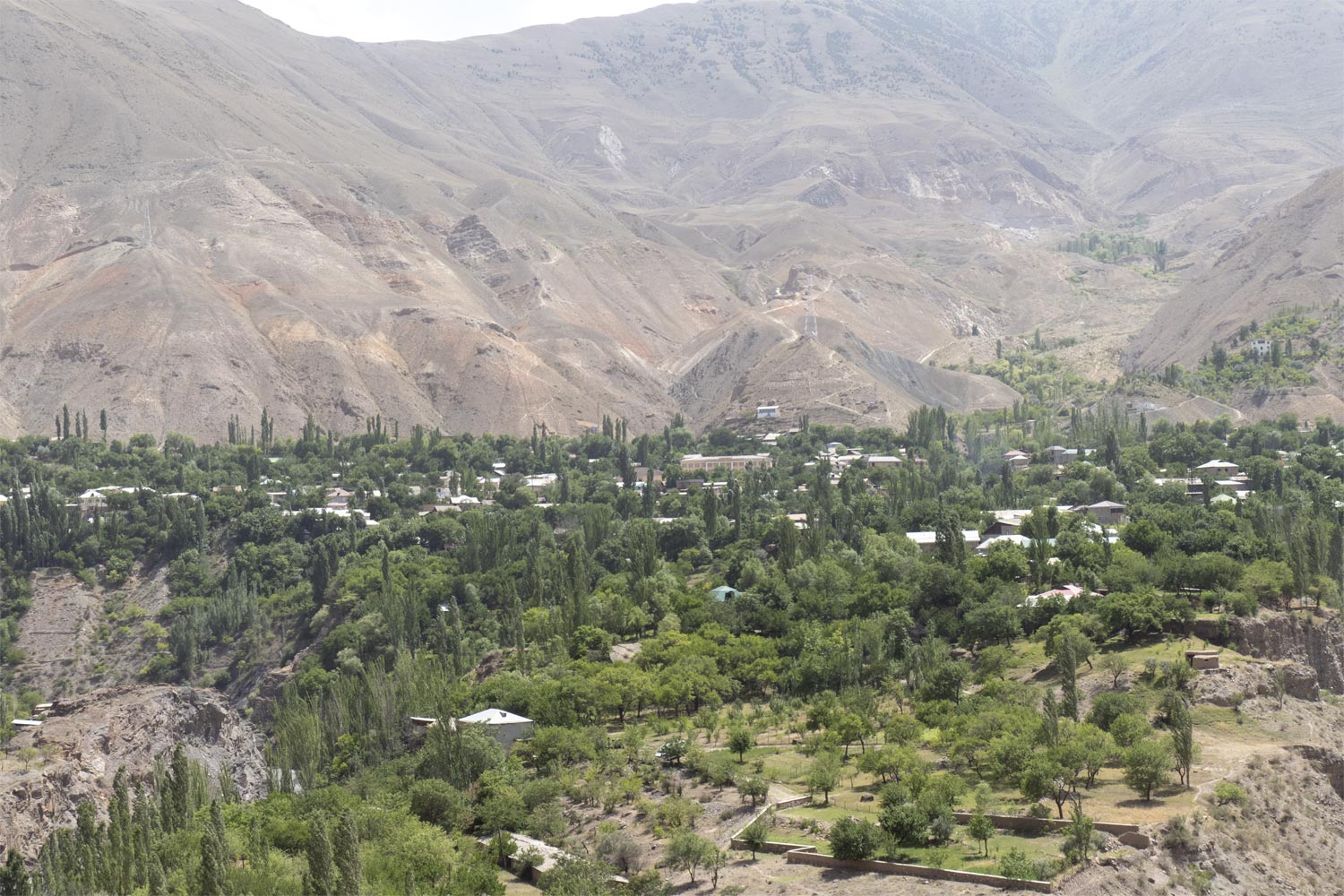
There are hardly any attractions in Dushanbe. The Gissar Fortress is perhaps the only one.
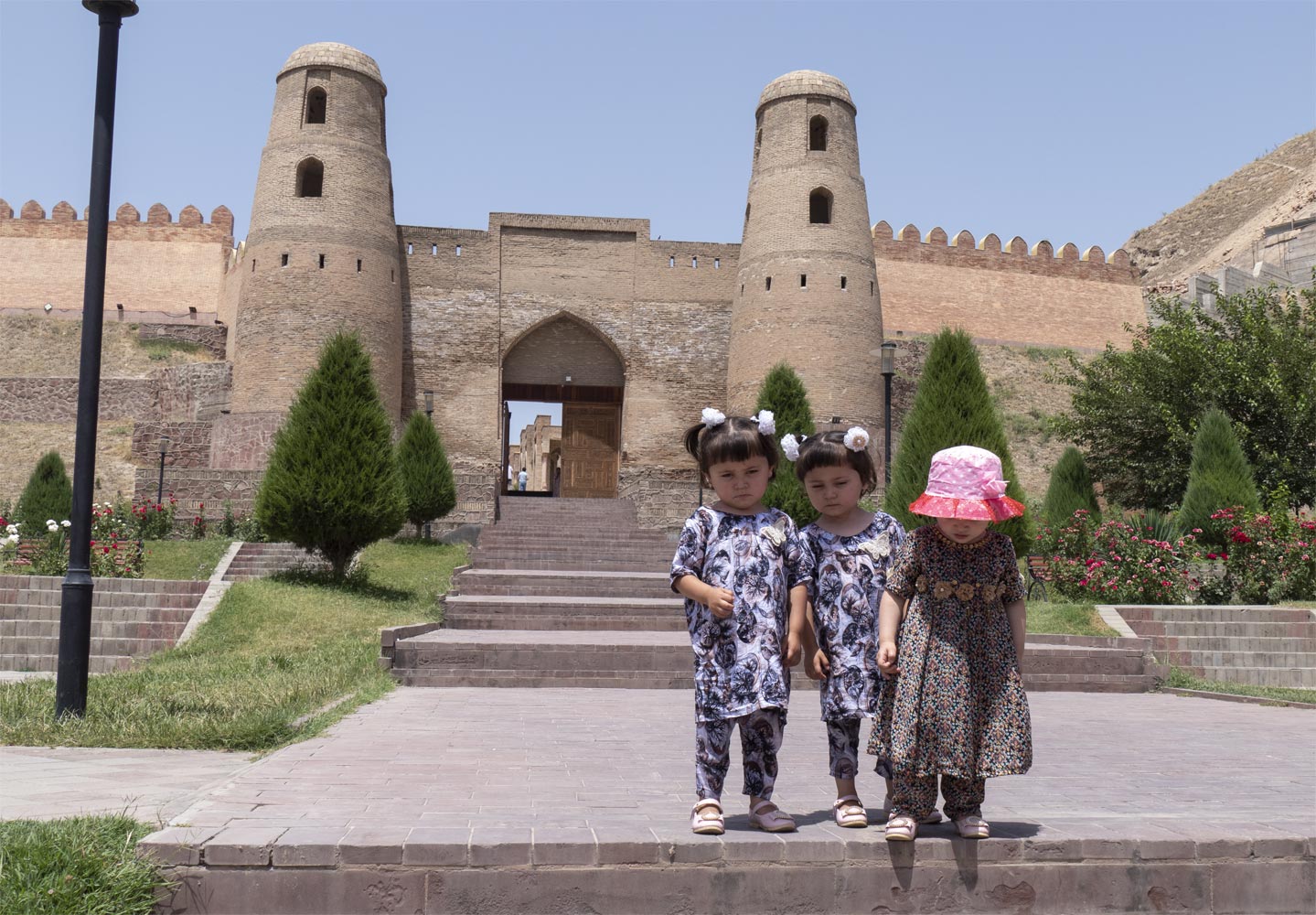
Tajik tour guides claim that the fortress was built a whopping 2,500 years ago. In reality, the modern version of the fortress was constructed in the 18th century. The Bolsheviks later destroyed Gissar, and the fortress was restored during the Soviet era.
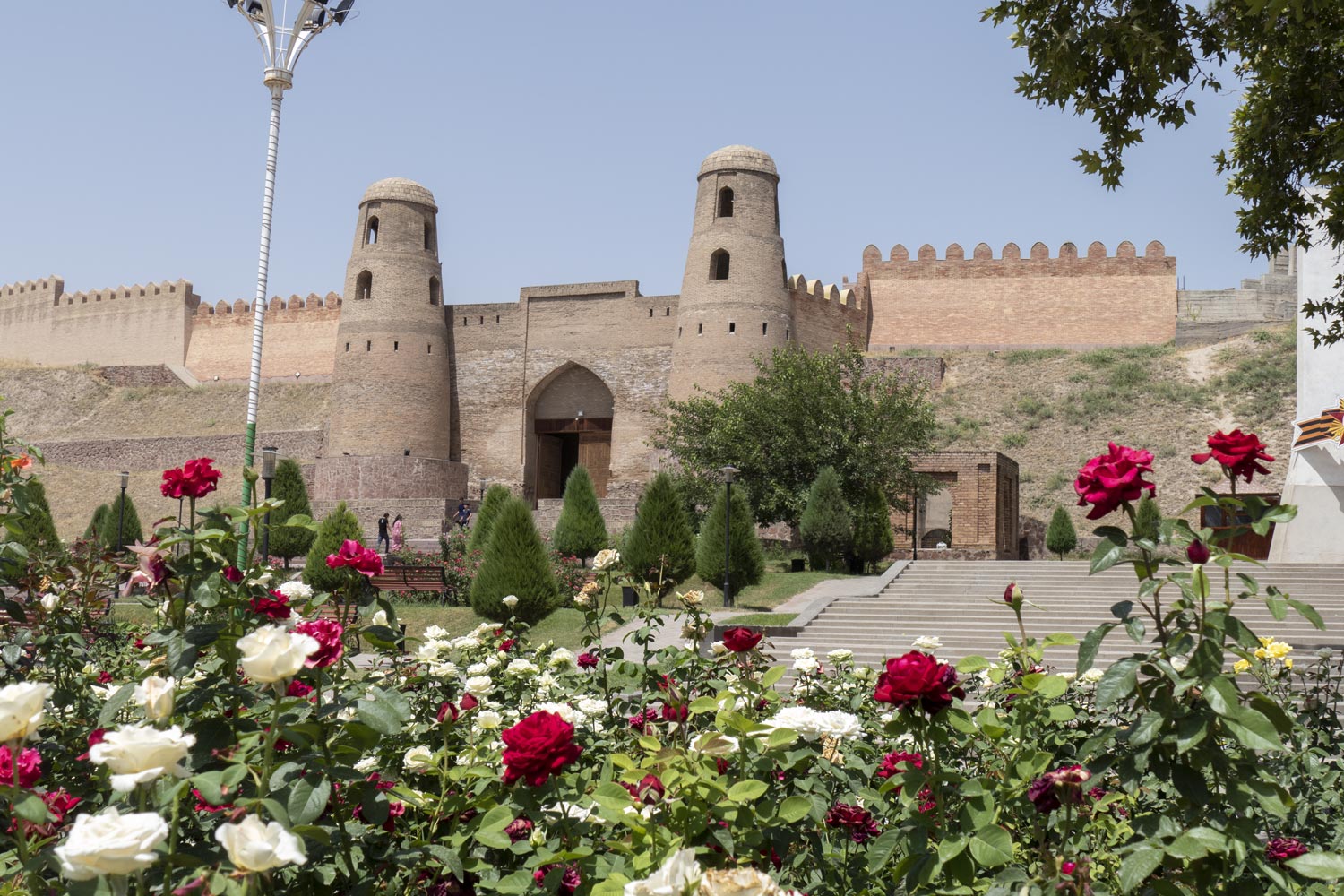
In general, the modern construction is clearly visible to the naked eye. It’s utterly boring.
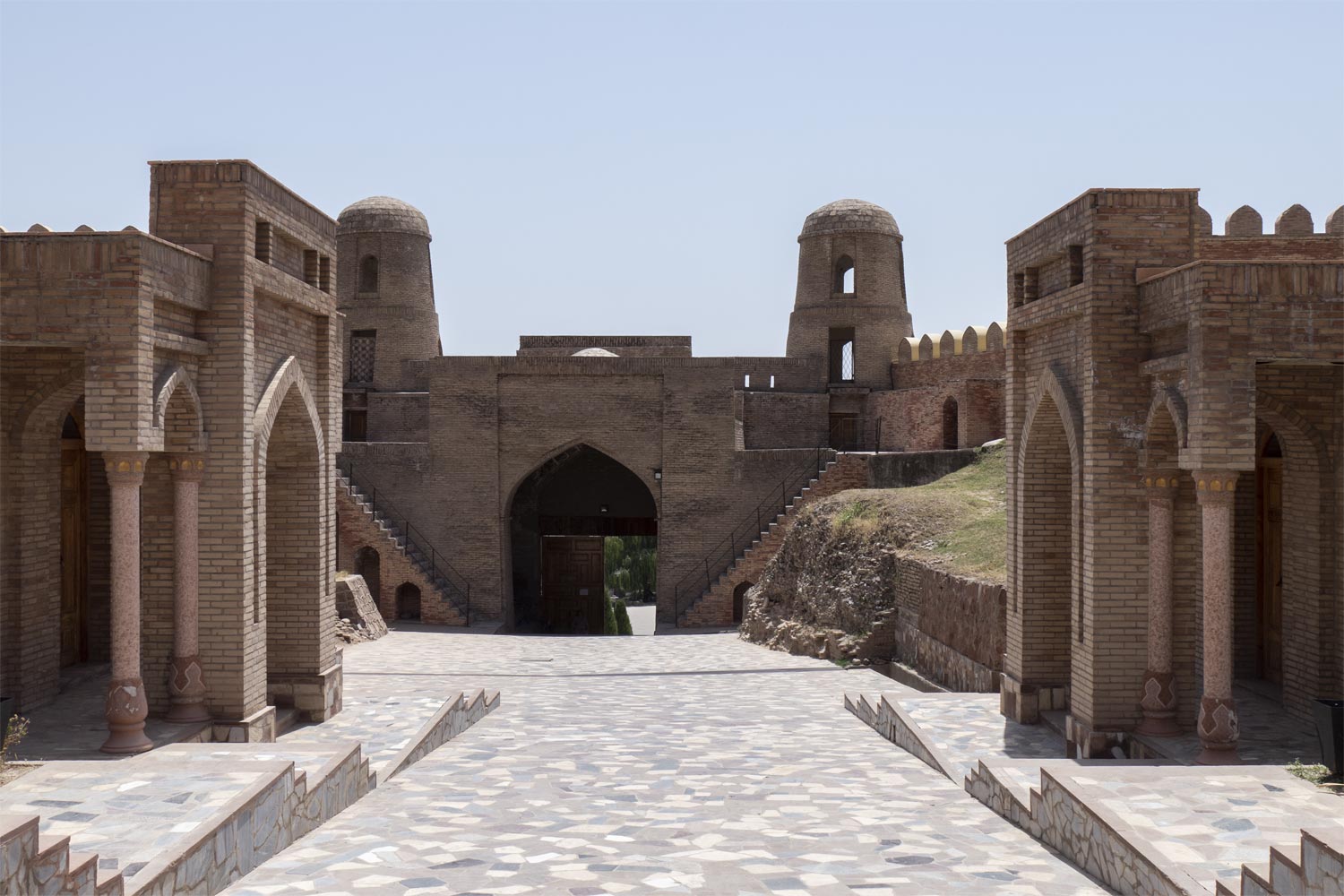
Well, at least I encountered a Tajik wedding along the way.
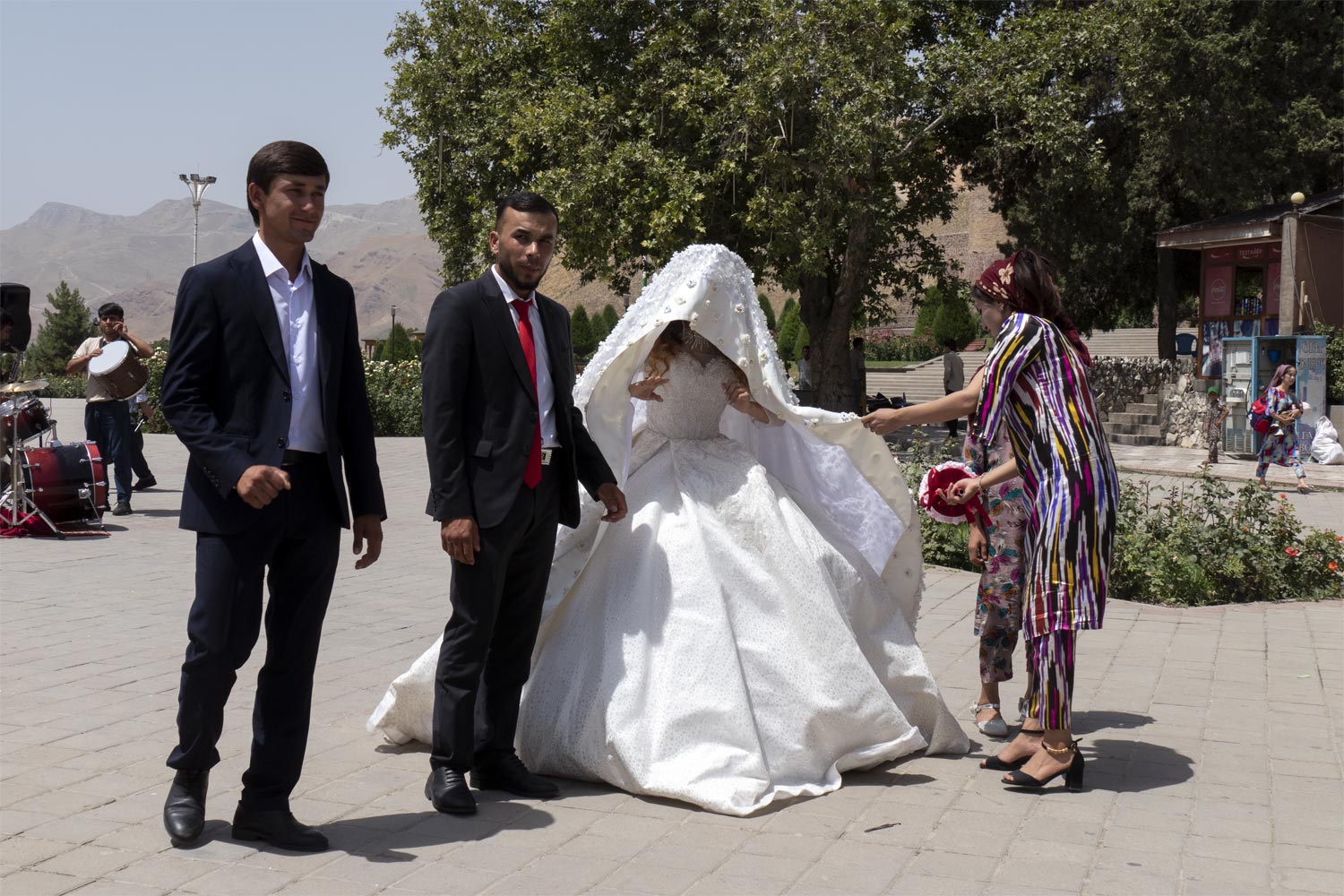
On the other hand, Dushanbe turned out to be a very pleasant city. To say that Dushanbe is blooming is an understatement. It’s not just a city; it’s like a botanical garden.
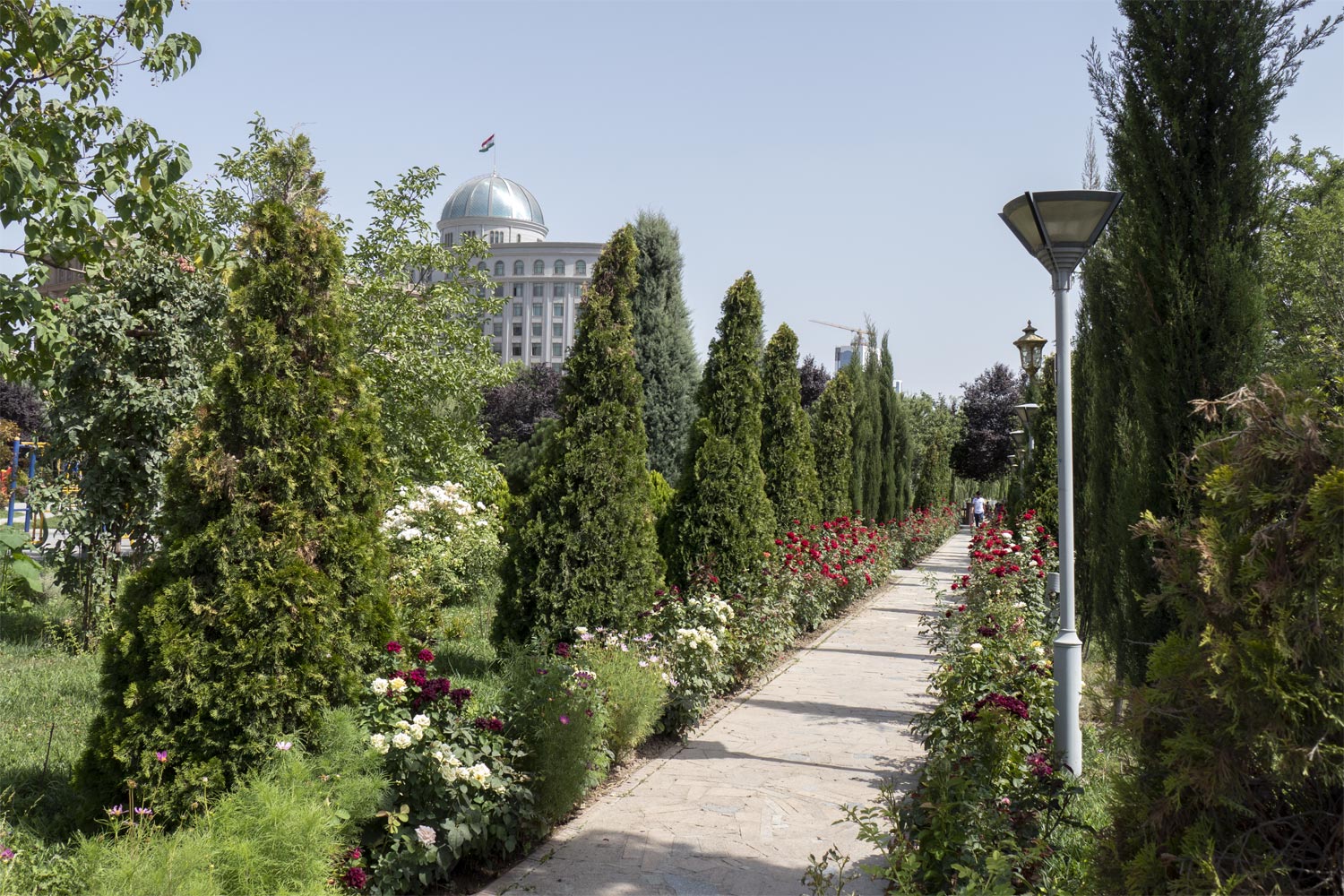
There are so many roses in the city that I had briefly thought Dushanbe translates to “rose garden.”
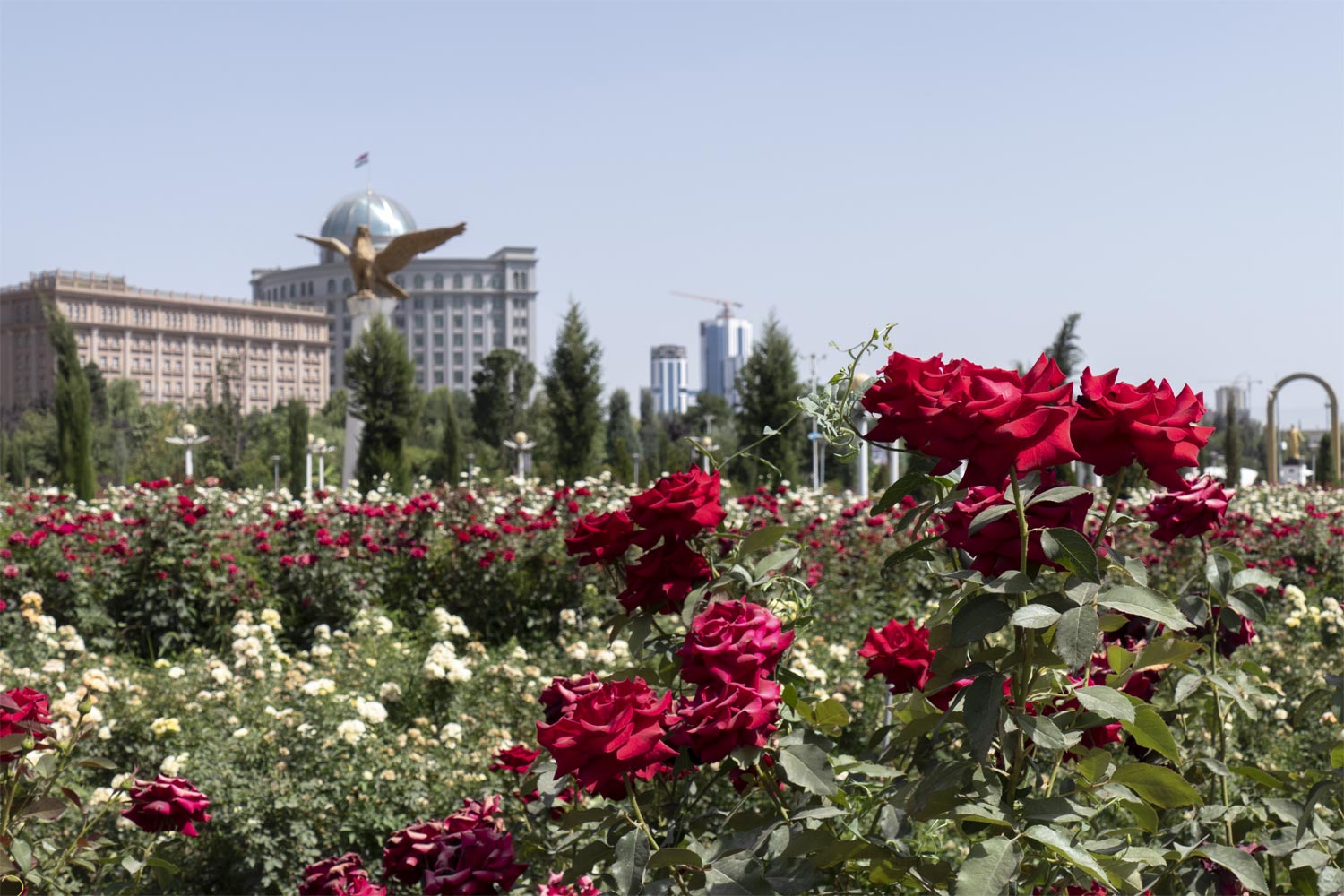
It turned out that the name of the city translates from Tajik as “Monday,” and it was founded only in 1925. Prior to that, there was a village called Dushanbe-Bozor, which means “Monday market,” at the site of the city.
I have never read anything dumber in my life. The name is more suitable for a morning show on Channel One.
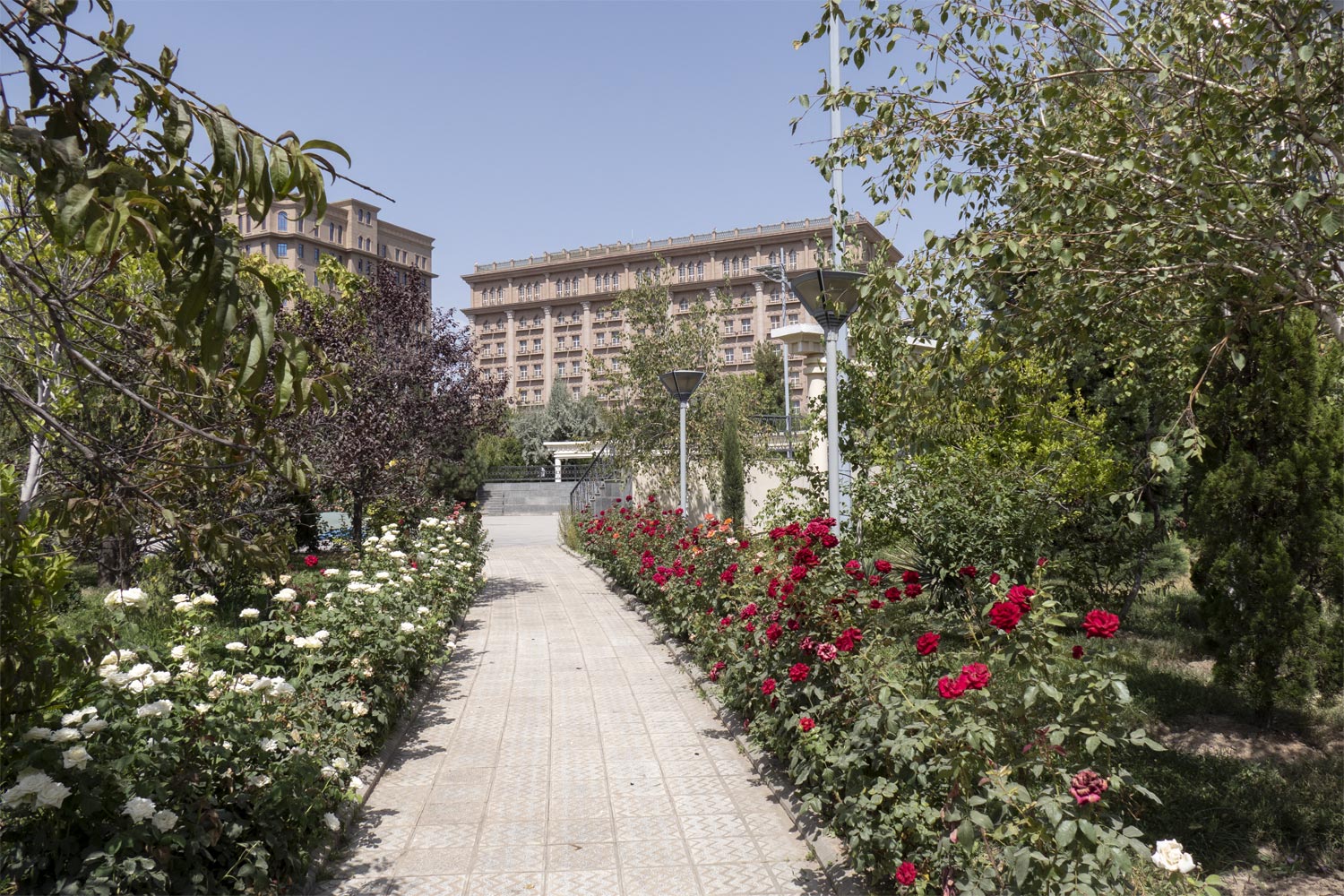
Anyway, Dushanbe is a beautiful city. Still, because they are demolishing Soviet architecture at an accelerated pace here.
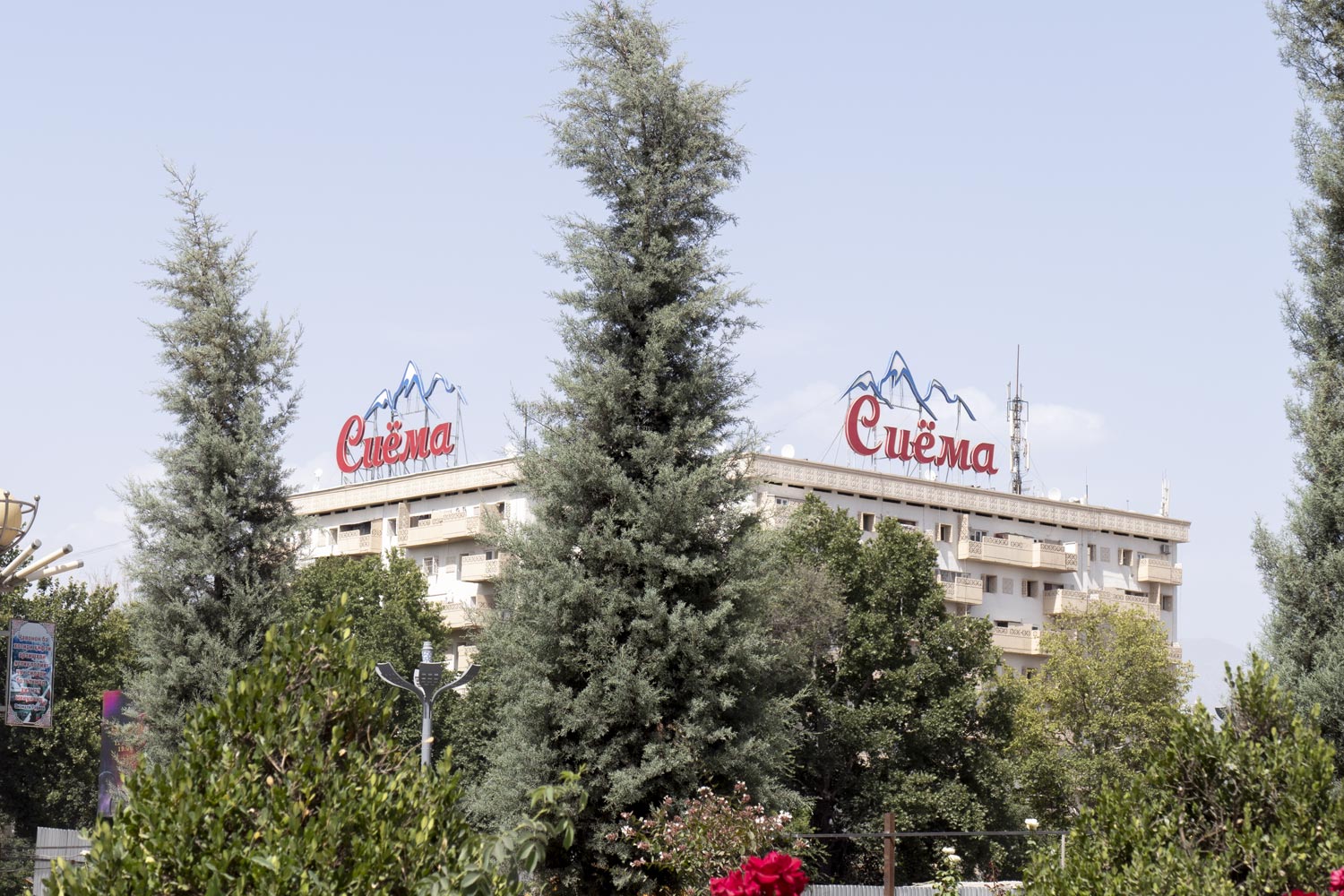
The bronze monuments to local leaders do not look disgraceful.
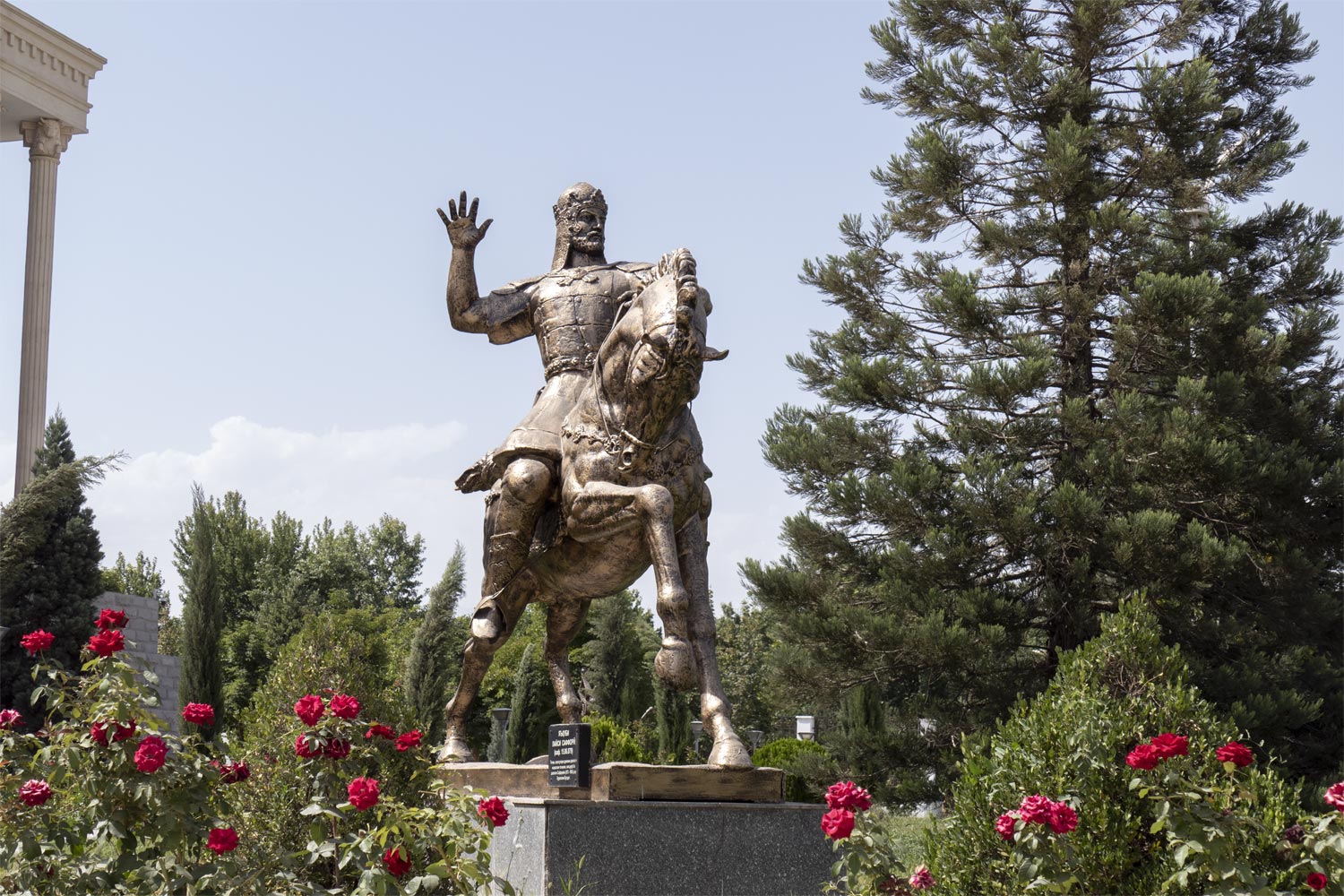
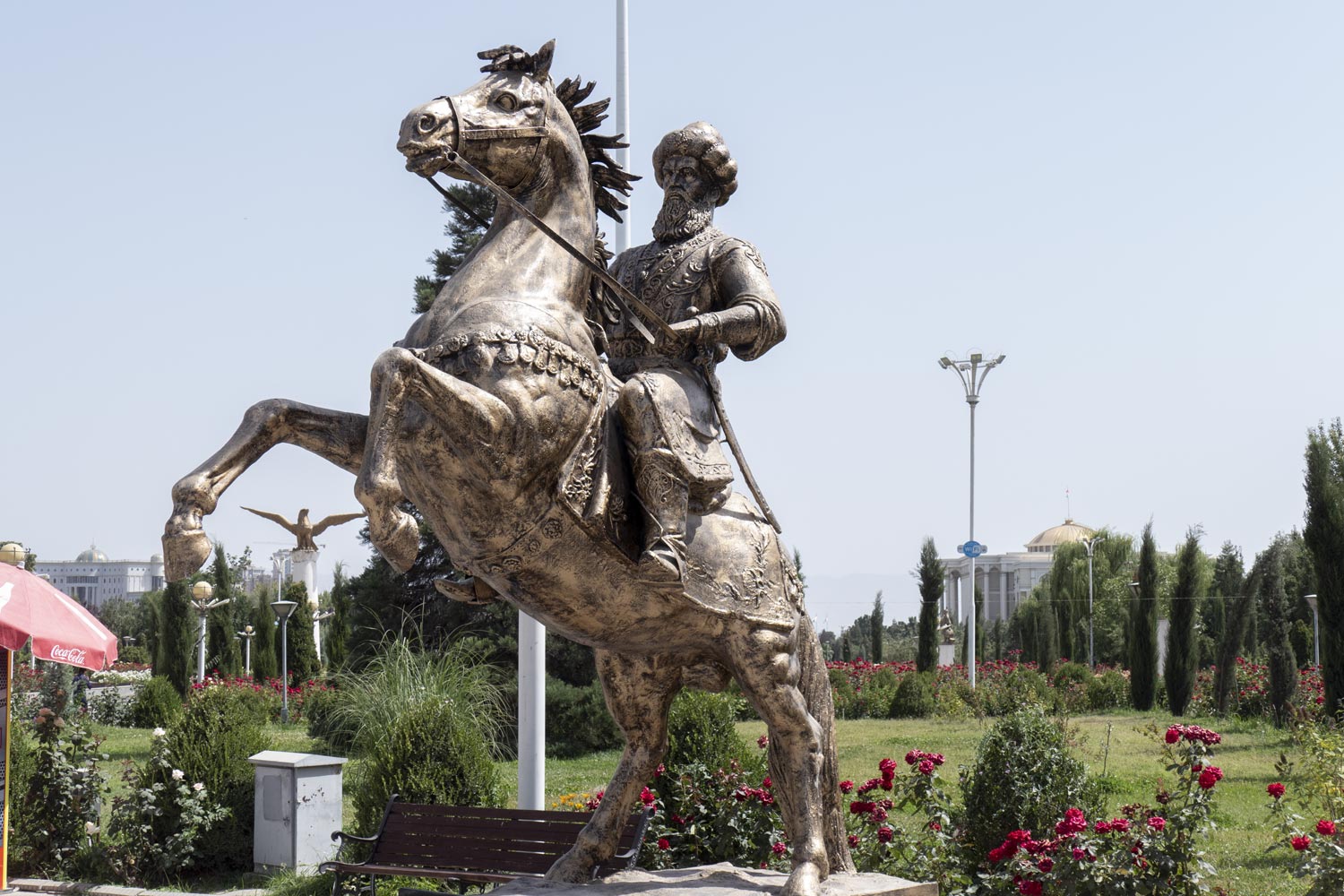
The main monument of all Dushanbe is the statue of Ismail Samani, located in the city center at Freedom Square. The square was developed in 1991 when Tajikistan gained independence from the USSR.
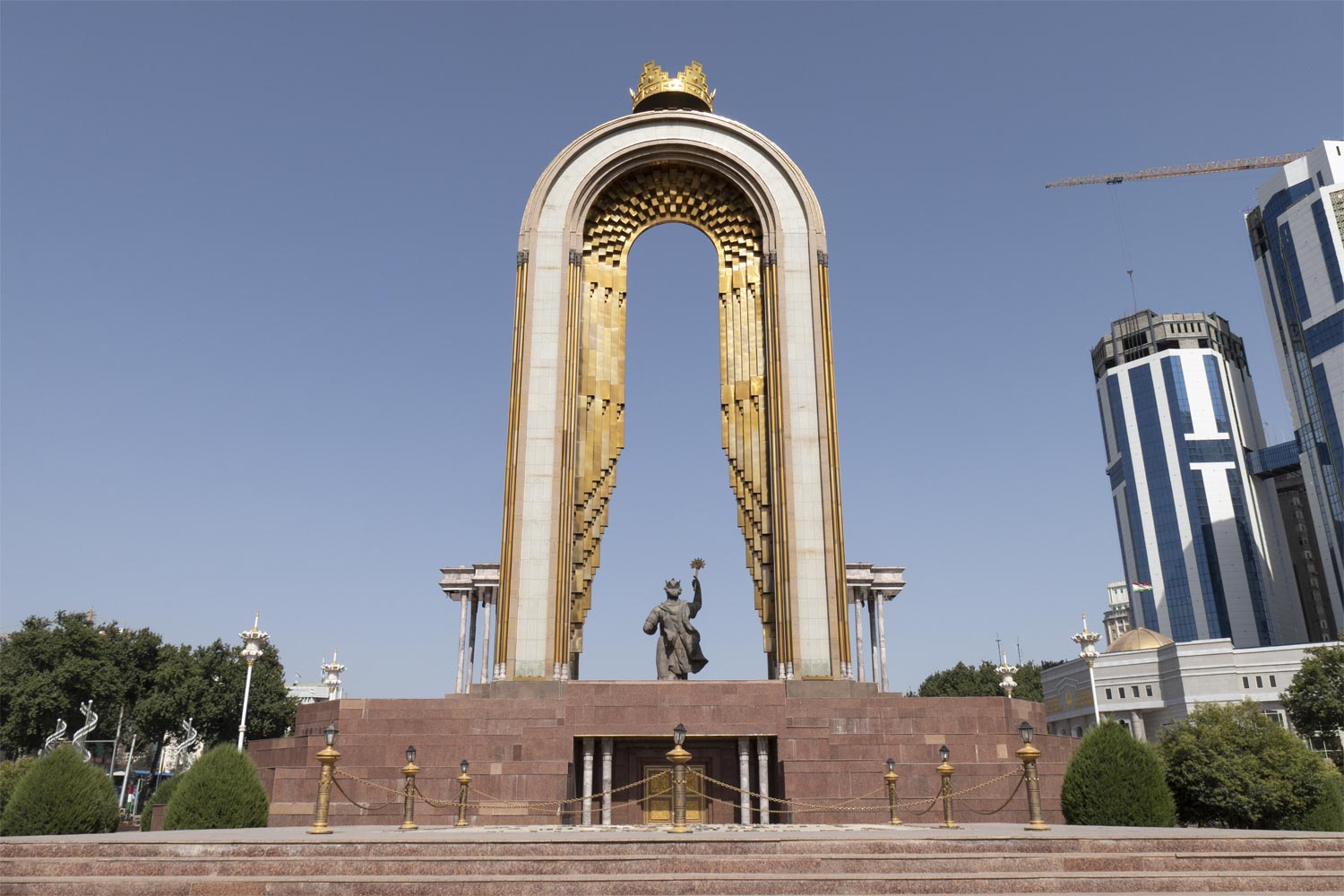
Ismail Samani is highly revered in Tajikistan. Monuments are erected in his honor, small towns are named after him, and even the currency of Tajikistan is called somoni.
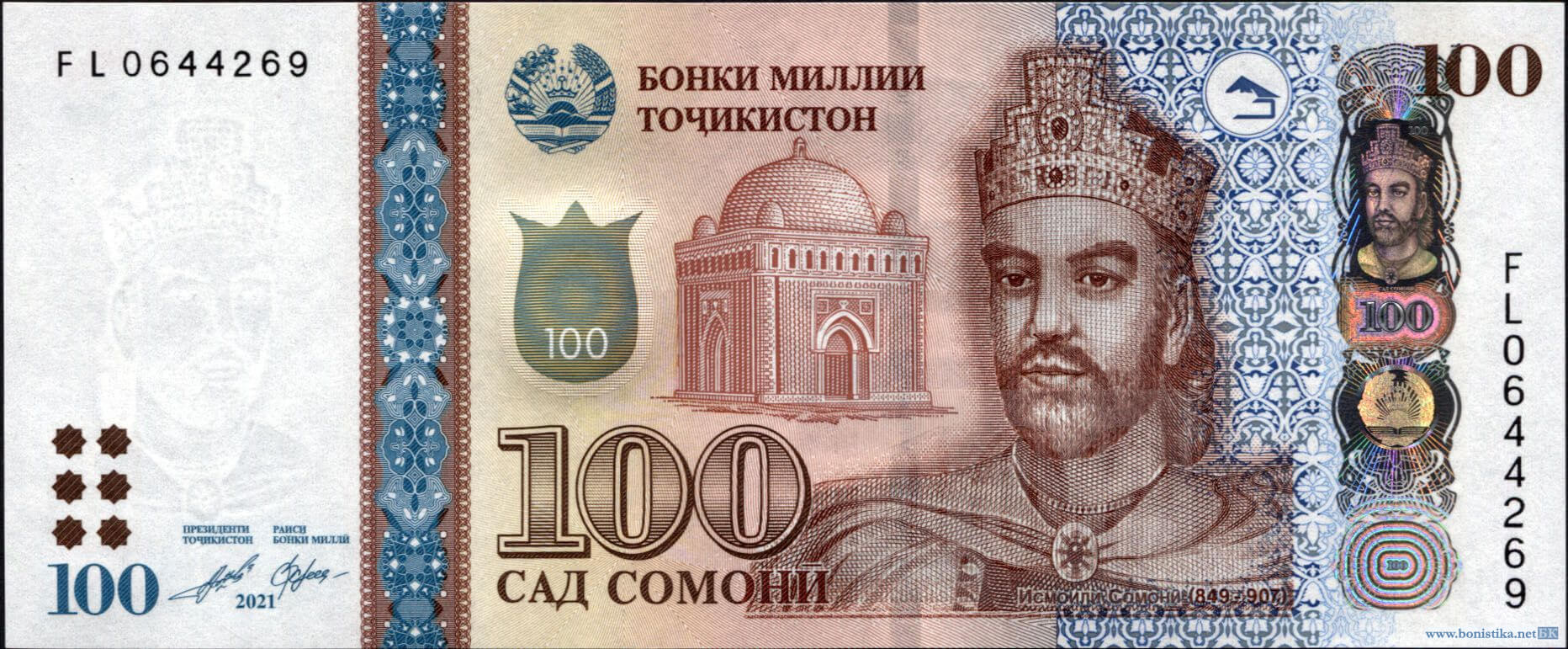
Honestly, I don’t understand the connection between Samani and Tajikistan. He was an emir from the Samanid dynasty that ruled over Iran from 819 to 999 AD. Samani is actually the name of the dynasty, not a surname.
Indeed, a part of modern Tajikistan was indeed part of that state, but it was the periphery of the country with its capital in Samarkand and Bukhara (Uzbekistan).
Another quirk of Tajikistan is the symbol of the crown. In the mid-19th century, during the emergence of national states, a folk etymology arose claiming that the word “Tajik” supposedly derives from the Persian word “taj,” meaning “crown.”
Linguists protest, but Tajiks don’t care: the crown is depicted even on the flag of Tajikistan. The monument of Samani is surrounded by a golden arch and is also crowned.
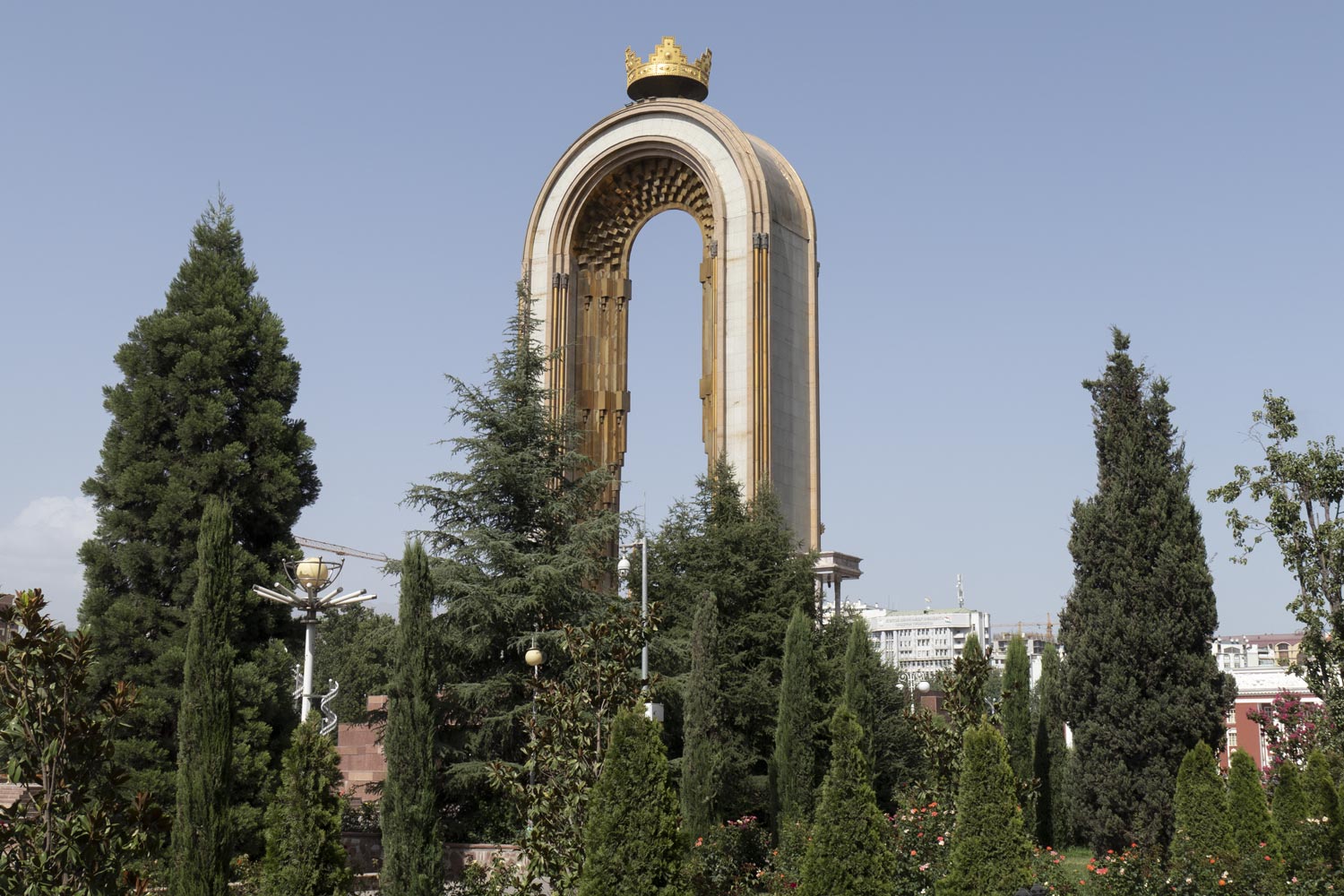
Previously, Lenin stood in the place of Samani. It must be said that he looked much more presentable.
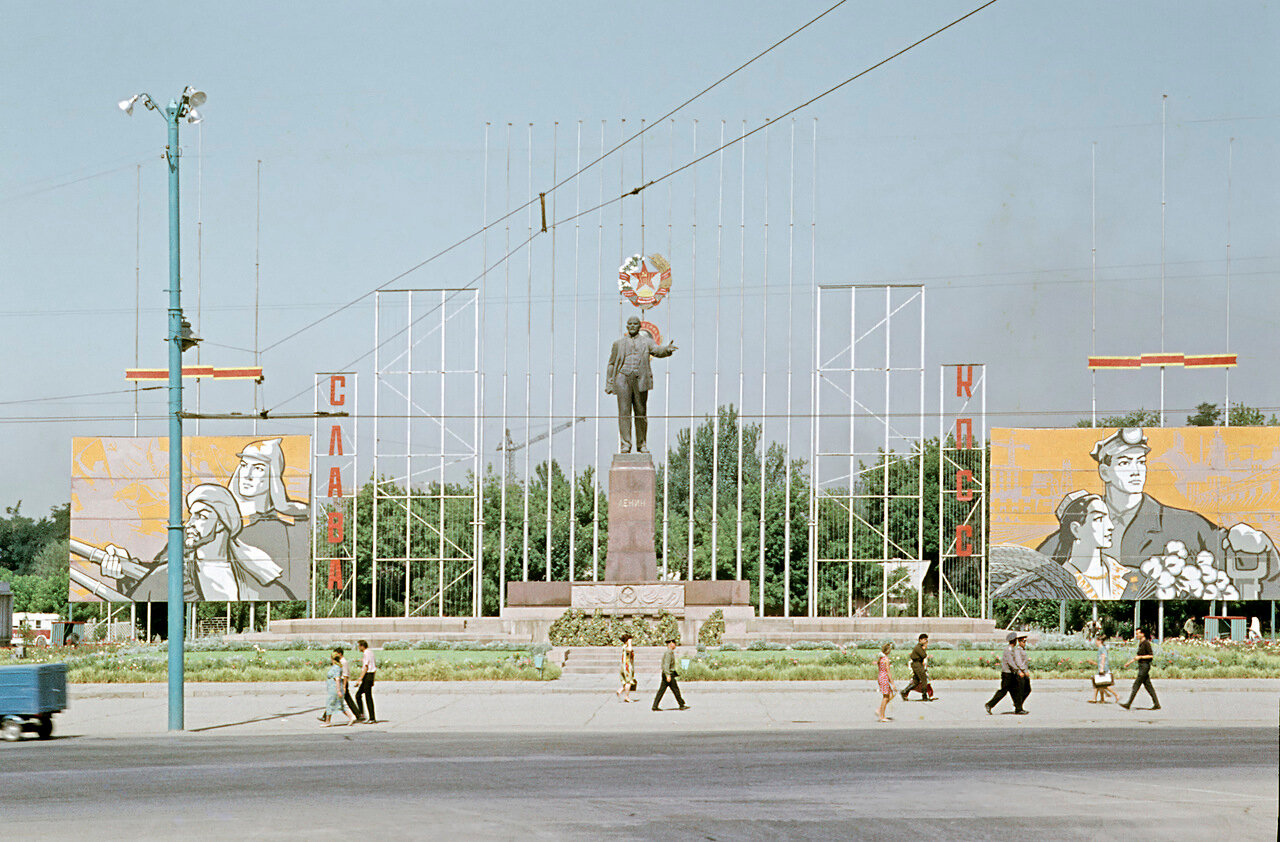
Near the monument, I met an interesting gentleman — a chubby, bald man who appeared to be around fifty years old. He was dressed in a checkered shirt and worn-out trousers. He introduced himself as Abdullah.
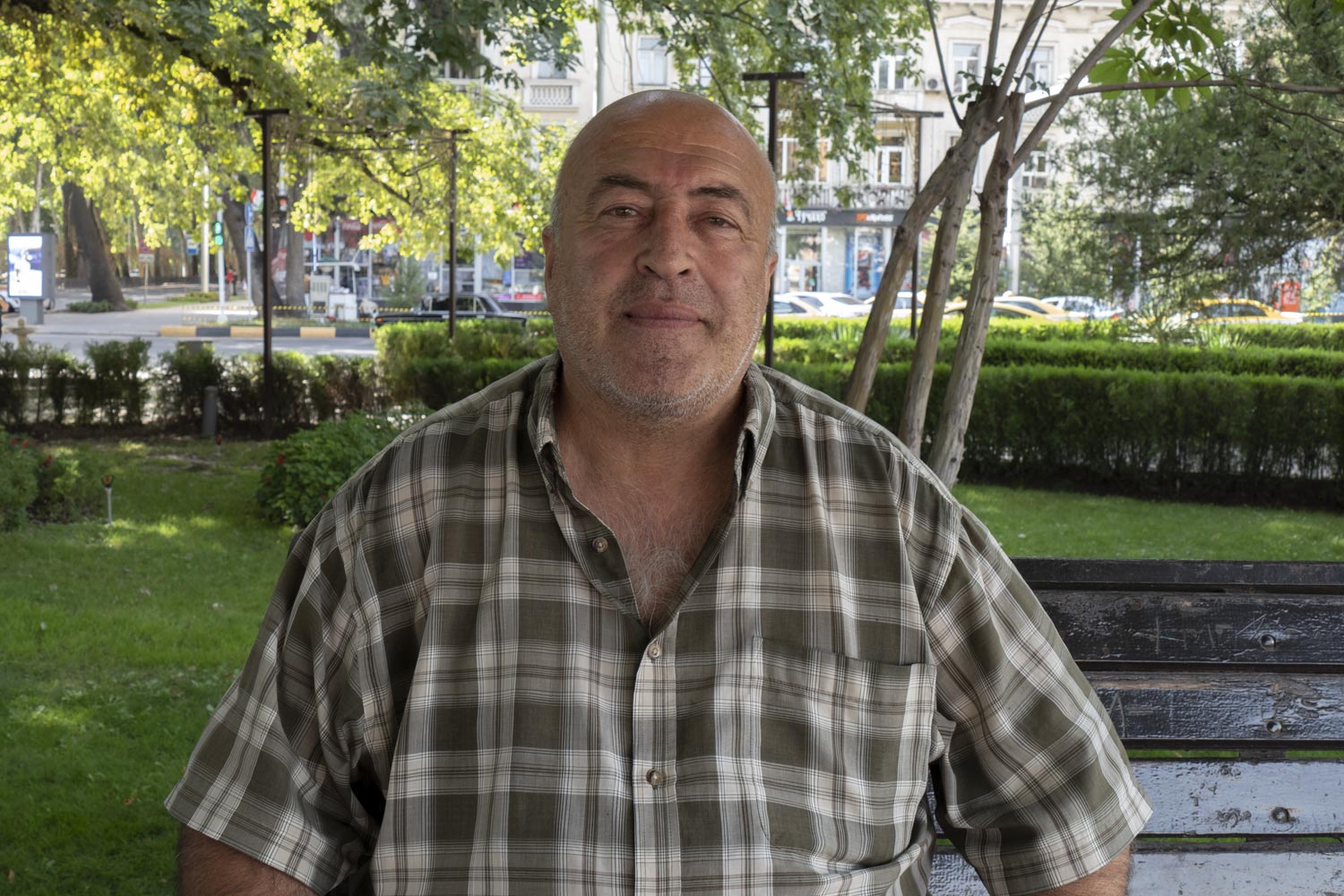
Abdullah turned out to have a whole arsenal of fraud schemes. I swear, no one has ever fed me such convincing lies. For a brief moment, I even believed it all.
First of all, Abdullah suggested a travel to Afghanistan. He assured me that he had friends there who were acquainted with the Taliban, and he himself had been longing for Kabul for a long time, but his wife doesn’t allow him to go.
Secondly, he persuaded me to go and see some Tajik grandfather who is 120 years old and remembers the tsar himself.
Thirdly — my favorite suggestion — he proposed trading Afghan emeralds. He assured me that he had already been involved in this business, supplying stones through acquaintances to pawnshops in Moscow. Only his acquaintance became rich and sent him packing, and now he needs a new partner.
Guess which of the suggestions I agreed to? All three, of course!
Unfortunately, the next day the trip to Afghanistan was canceled, the grandfather was taken to the hospital, and as for the emeralds... well, the emeralds remained.
To my surprise, Abdul actually came to my hotel at the appointed time. When I asked him, “Where are the emeralds?” he patted his pocket and said, “We need to choose a quiet place. There are cameras everywhere in the city.”
A day before that, Abdul was telling a huge number of stories about how emeralds are smuggled from Afghanistan to Tajikistan. Allegedly, they are illegally mined deep in the mountains under the cover of the Taliban. Then they are hidden in sacks of rice and transported out of the country by trucks. All of this is done very slowly, and large shipments are not transported. Therefore, it is simply impossible to find a few stones among dozens of trucks overloaded with rice sacks!
I searched the internet with the query “Tajikistan gems contraband” and indeed found a lot of interesting information. It turns out that large quantities of precious stones and gold are smuggled out of Afghanistan. All this wealth first goes to Tajikistan and then spreads across the world.
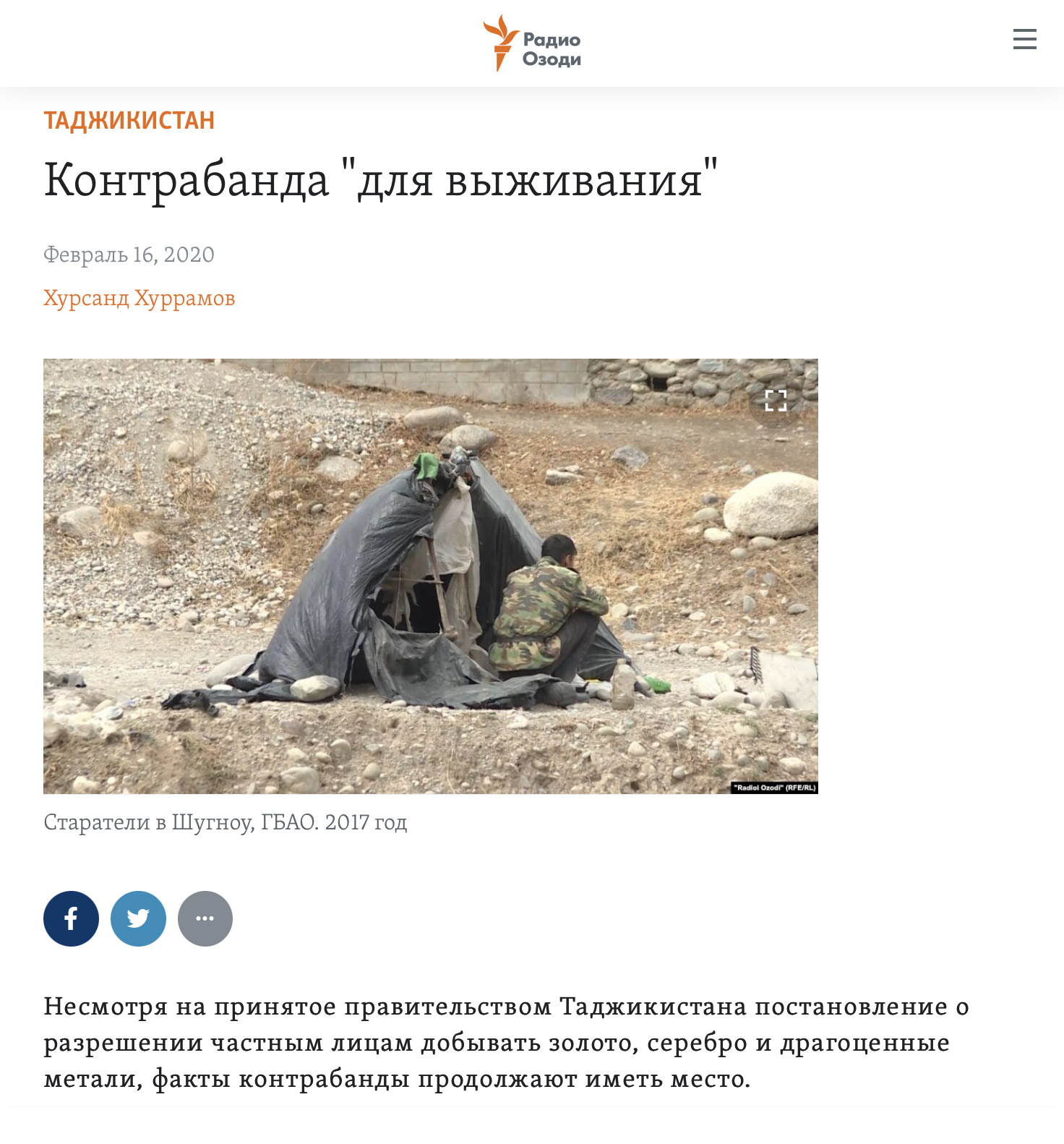
It turns out that Abdul’s story about trucks carrying emeralds in rice sacks is not such a fabrication after all. The most popular stone is the Afghan emerald. One carat is worth $150. Abdul assured me that he was receiving enormous stones weighing several hundred carats.
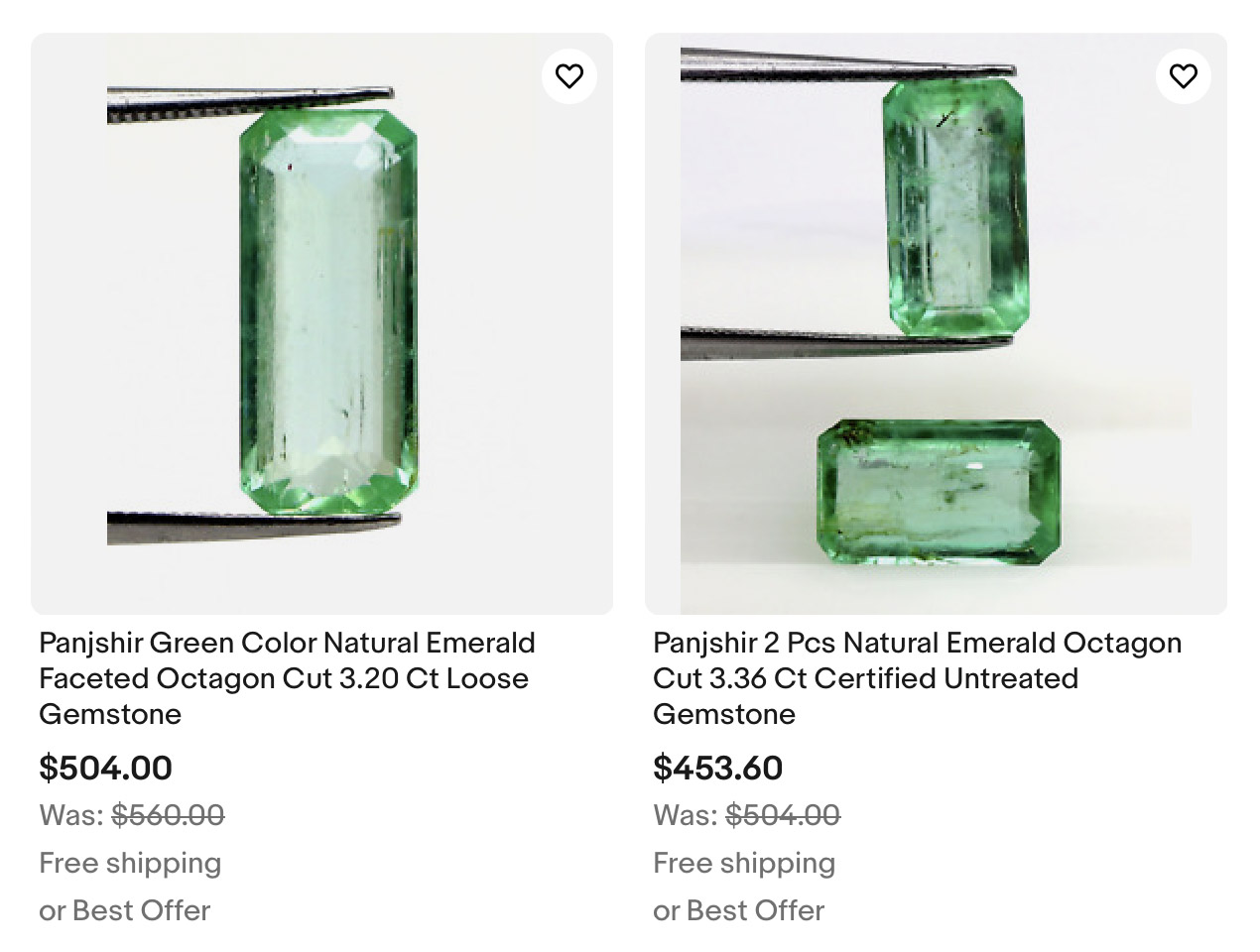
I asked about the law:
“Abdullah, how am I going to get them through airport security?”
“What’s the problem? It’s all legal. The stones are processed, so you can export them.”
“Do I not need any documents or anything? What if they ask where I got them from?”
“No one will ask! If the stone is processed, everything is in accordance with the law. Well, do you want me to set it in a setting for you? A golden one, directly from the factory. With a hallmark.”
“Yes, I want that for more assurance.”
“Shit question!”
Abdullah drove me around Dushanbe for hours, searching for a secluded place to show me the emeralds. According to his plan, I wasn’t taking any risks at all. He even offered to give me the emeralds for free.
“Andrey, I have a whole bag of them at home. I have nowhere to keep them. I can just give you a couple of stones. You bring them to Moscow, find a pawnshop, show them. If everything goes well, I’ll bring a larger batch!”
“Come on, show me your emeralds already.”
“I can’t do it here! Let’s go to a cafe. There are cameras everywhere.”
Two hours passed, but Abdullah never showed the emeralds. During that time, we managed to change five benches in two parks, visited two cafes, and two canteens. In each café, I ordered compote or coffee and treated Abdullah, who suffered greatly from the heat due to his excess weight and baldness.
At some point, it started to seem to me that this was Abdullah’s scam. But finally, after two hours, he settled on an inconspicuous bench between courtyards. Abdullah reached into his chest pocket, looked around, pulled out a small pouch from his handkerchief. He unfolded it.
“Put your hand forward. Ready?”
“Pour it out.”
Seeing what I saw, my eyes nearly popped out of my head. Four different-colored stones spilled into my palm: two green Afghan emeralds and two blue lapis lazuli. Abdullah wasn’t lying!
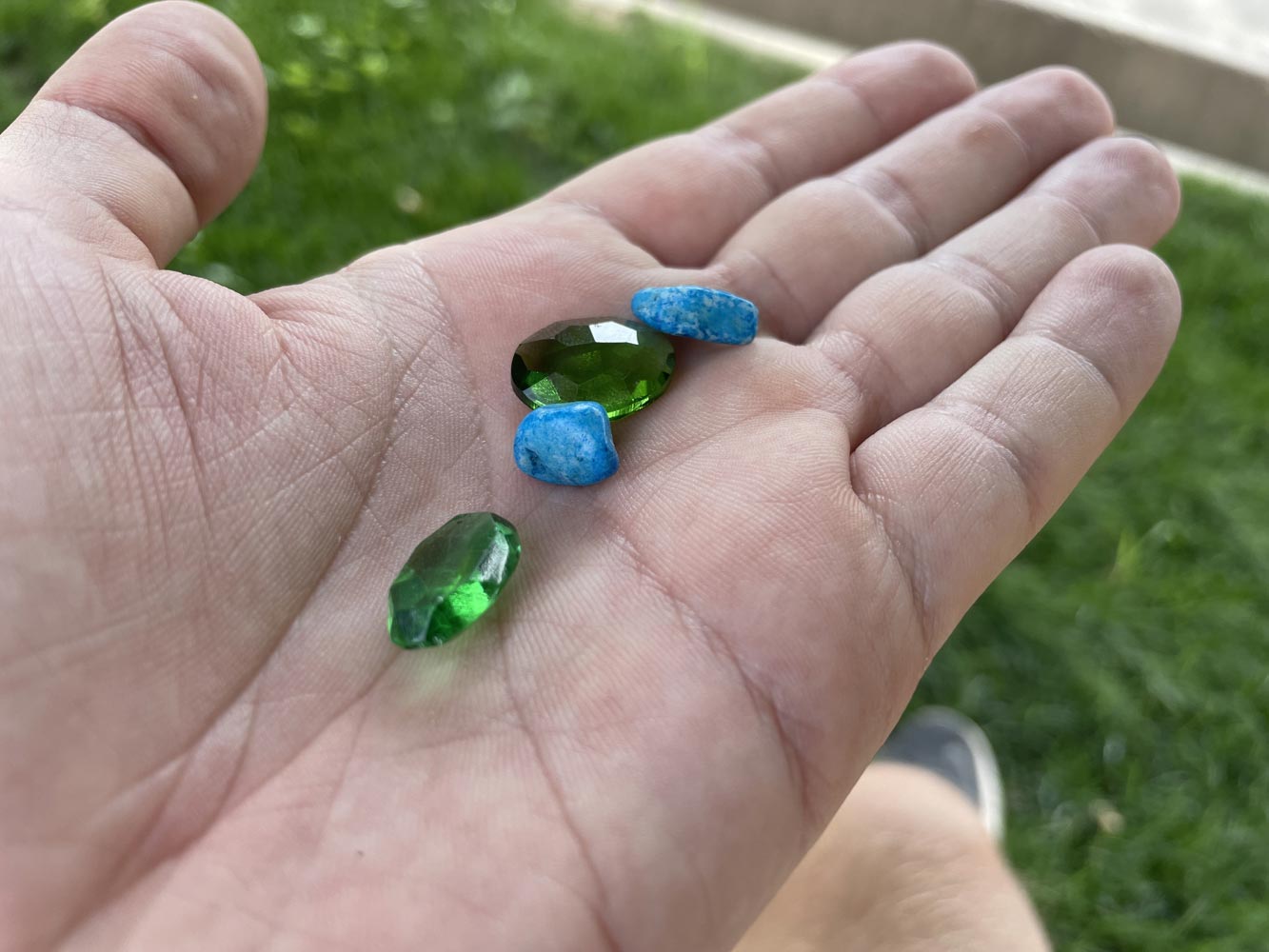
“So, what’s this? Real emeralds?”
“Lower your voice, lower. Take a quick photo, I’ll put them back.”
“How much are they worth?”
“What am I, a Jew? They judge by weight. This one here, how much does it weigh, maybe around 30 grams?”
“Probably. Or even 50.”
“Here, that is... 250 carats. Come on, check in calculator. How much per carat?”
“I think around $150.”
“Calculate, let’s say $100, because it’s cash. How much does that come to?”
“Twenty-five thousand dollars.”
“There you go. For one stone. And I have a bag of them at home. Andrew, if you don’t want to take them with you to Moscow, take a photo, show it like that. But it’s better if you take them. I’ll give them to you for free as a sample. What are you losing?”
“Nothing... then let’s go with the ring. Can you make one?”
“Shit question! I have a buddy working at the factory. I’ll go see him now. You just have to pay for the work later, well, after he makes it.”
“Agreed. In the meantime, I’ll read up on whether all of this is legal.”
“It’s legal, all legal! Anyway, I’m heading to his factory. I’ll be back at lunchtime. Is that okay with you? Get the money ready.”
Abdulla picked up the stones and quickly left, while I immediately started calling my friends lawyers. It turned out that he wasn’t lying. Cut gemstones can indeed be exported, and documents are rarely requested. And if it’s in a ring, it’s considered a personal item!
The only question that remained was: are these stones authentic or fake? What if Abdulla brought glass shards from a Soviet chandelier? With this question in mind, I went to the nearest pawnshop and showed them photographs of the stones.
“Good day. Take a look, do these stones appear genuine? I’m being offered to buy them.”
“Hmm... well, it’s hard to tell from the pictures. Overall, yes, it looks like an Afghan emerald. It seems real.”
“How much could such a stone be worth?”
“I’m not sure, maybe... around three hundred dollars.”
“For the stone?”
“Of course, for the stone! Look, it’s a small one.”
Ah, so it turns out that Abdulla did intend to deceive me after all. But how? What’s his motive? He isn’t offering to sell me these stones; he wants to give them as a gift. I soon found out about this.
At two o’clock, Abdulla showed up at my hotel.
“Andrew! It’s settled. I handed over the stone. He will set it in the ring. 999-carat gold! With the factory hallmark. In the airport, you’ll say it’s a personal item.”
“Great, what’s next?”
“Well, it will be done tonight. I already paid him, 5,000 somoni. I didn’t have cash, so I had to give him a coin. I have some coins at home from the time of Elizabeth. Had to give one away.”
“Are you serious? Wasn’t it precious to you?”
“For such an opportunity, nothing is too precious. Andrew! You’ll become a millionaire soon. You’ll buy yourself an apartment in Moscow. But first, we need to pay. The craftsman for his work. I gave him a coin as down payment, but it wasn’t enough. I still need to pay more.”
“How much?”
“Four hundred somoni.”
“I see.”
“Yeah, it’s good work. The ring is made of gold. Right now, I left the coin as a pawn. I still need to pay.”
“Okay”
“Yeah... so... will you?”
“Nope.”
“What do you mean, nope?”
“Bring the ring first, then I’ll pay.”
“Can’t do it now? I have to go back to the factory again... Fine. I’ll be right back.”
Abdulla rushed out of my room like a bullet, and I nearly died laughing. The poor Tajik spent four hours driving me around Dushanbe to earn 35 dollars!
The reader will probably ask: why did I even start talking to him in the first place? It’s simple. The thing is, for a cup of coffee and lunch at the cafeteria, he gave me an incredible story that you are currently reading. There’s nothing better than to outscam a scam!
⁂
In some places in Dushanbe, echoes of the USSR can still be felt. The hotel “Tajikistan” still bears the same name and its exterior has remained unchanged since those times.
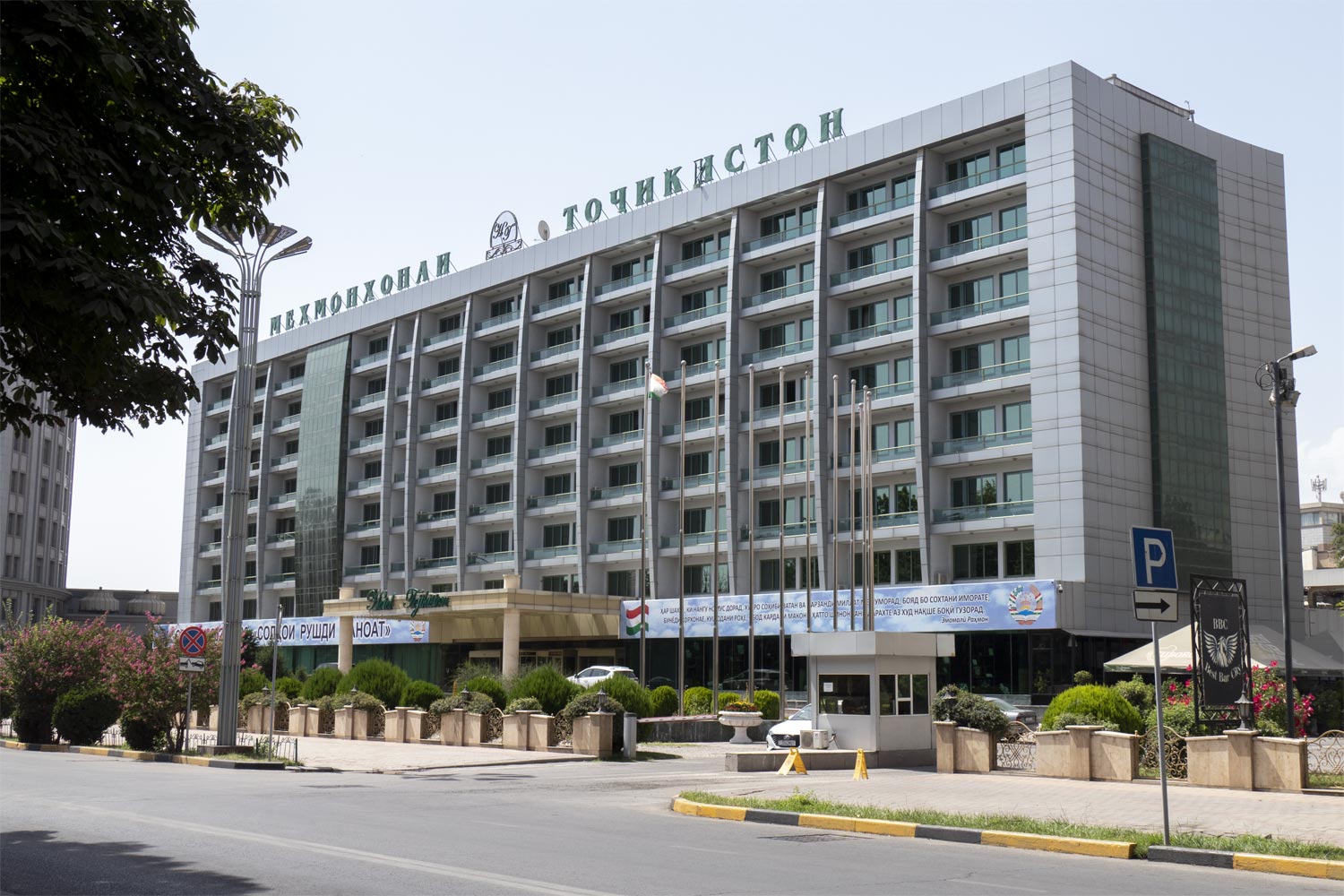
The police in Tajikistan still go by the name of “militsiya” and wear the white Soviet uniform.
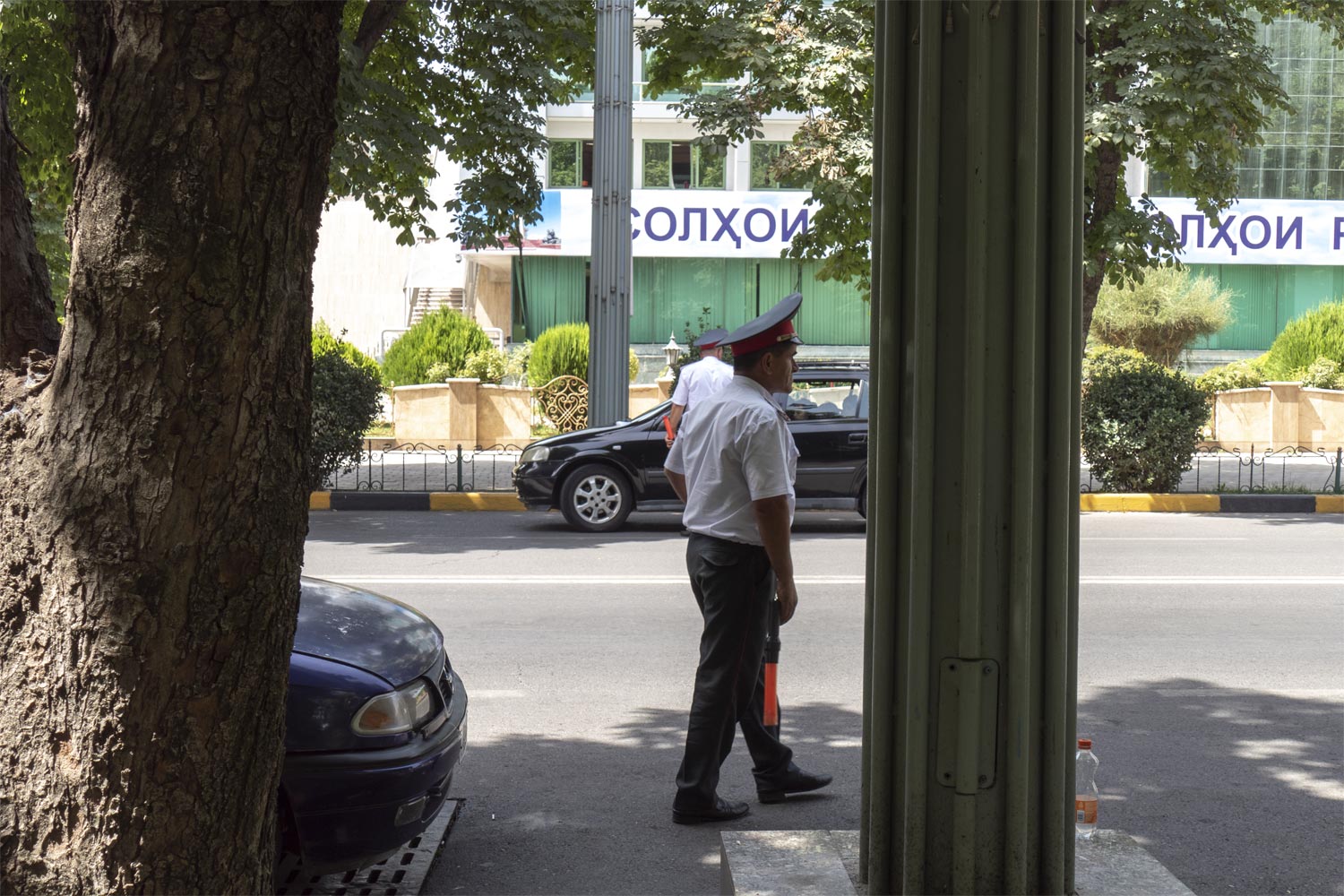
Occasionally, you come across warm, cozy Soviet-style signs.
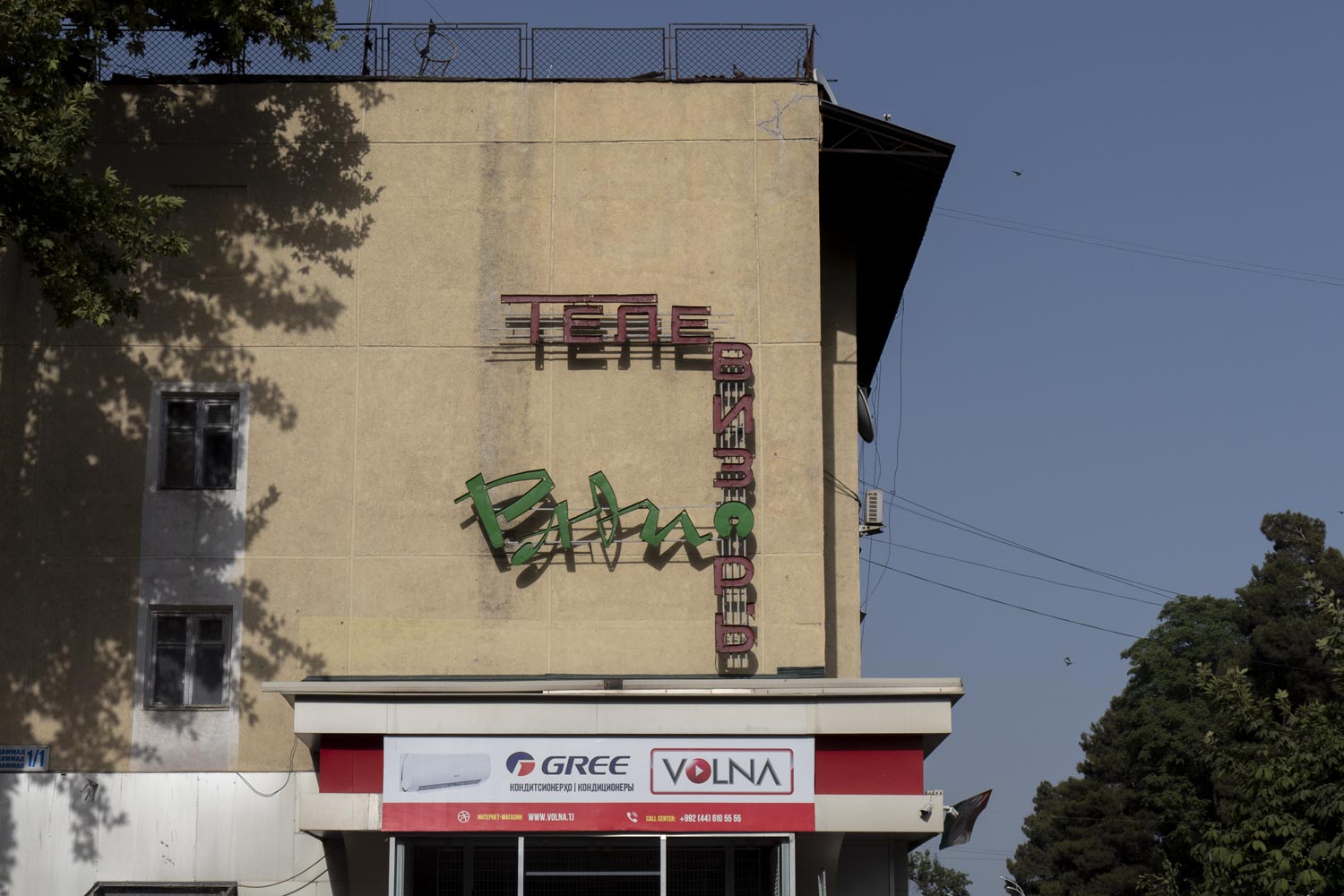
The most beautiful building in Dushanbe that remains from the Soviet Union is the opera and ballet theater. However, its façade has been disfigured by advertising banners.
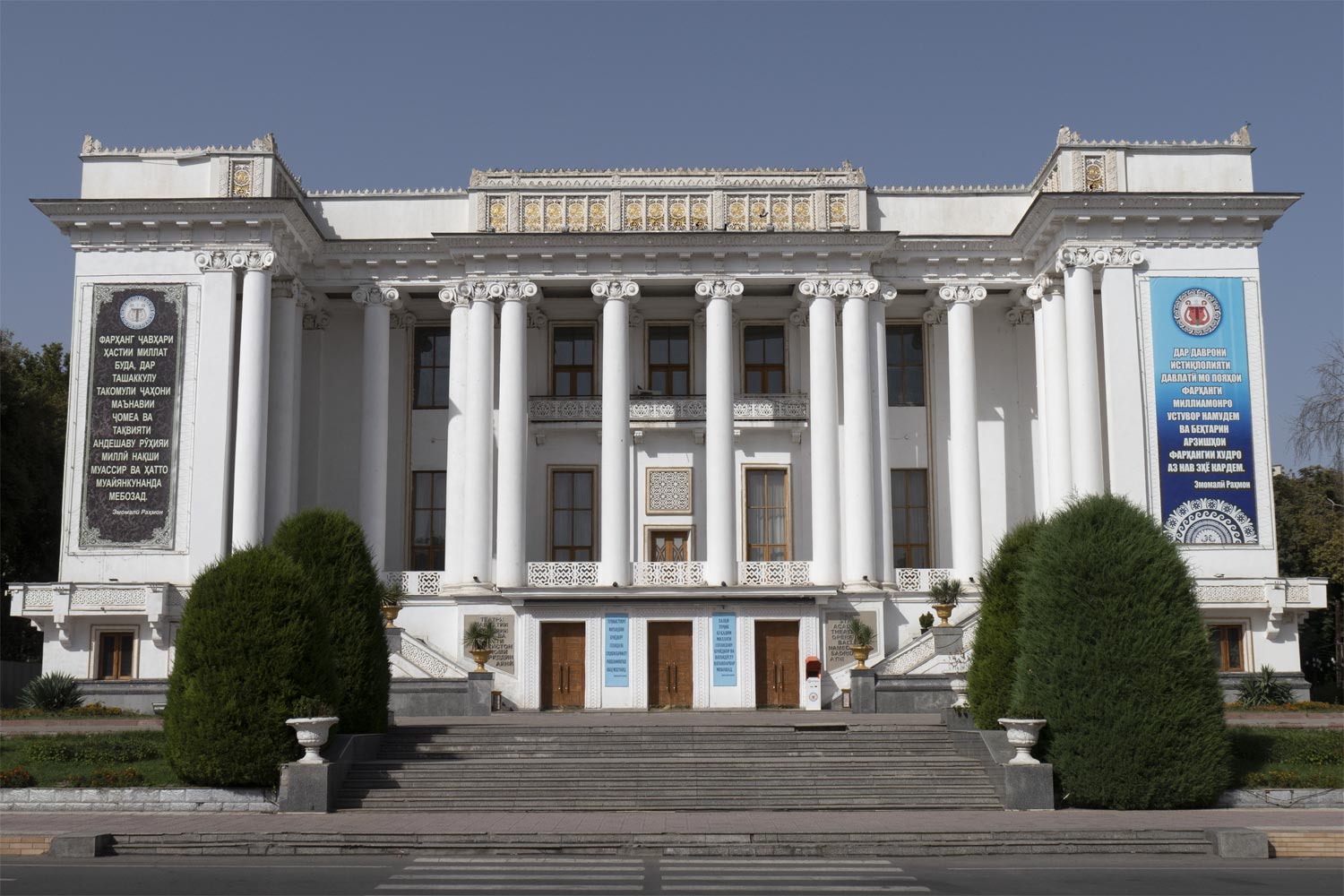
A decent building of the audit chamber.
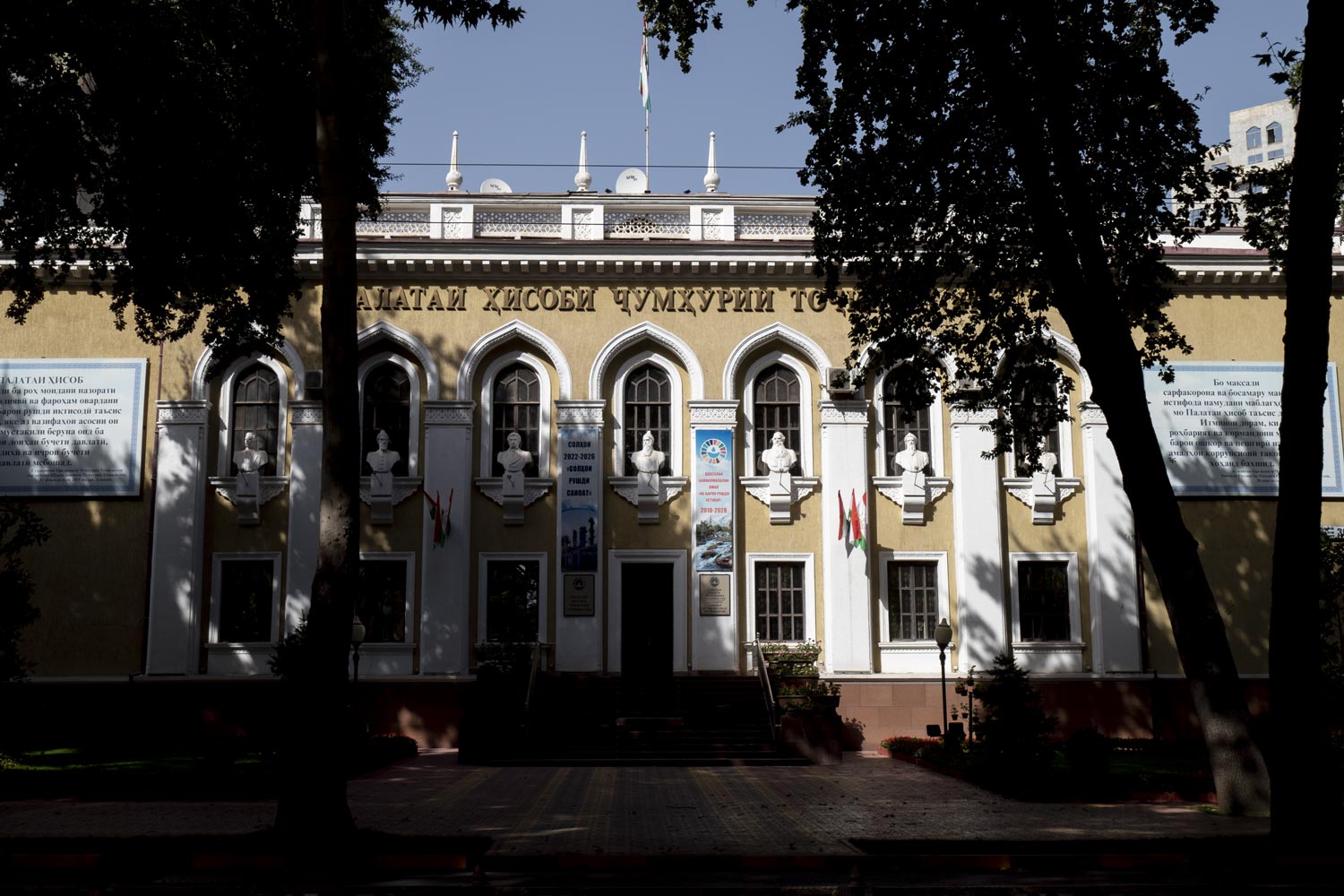
Ministry of Justice.
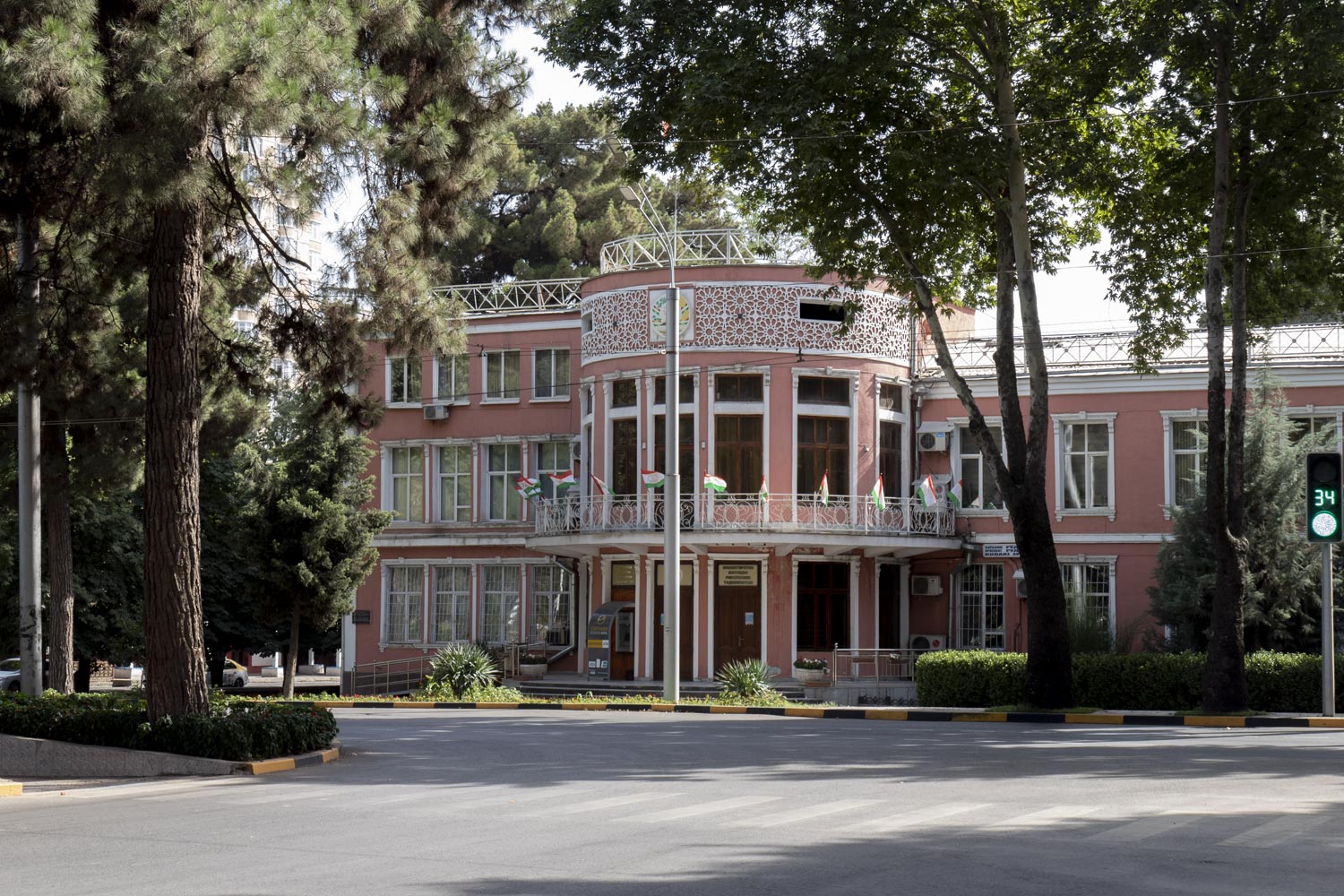
Parliament.
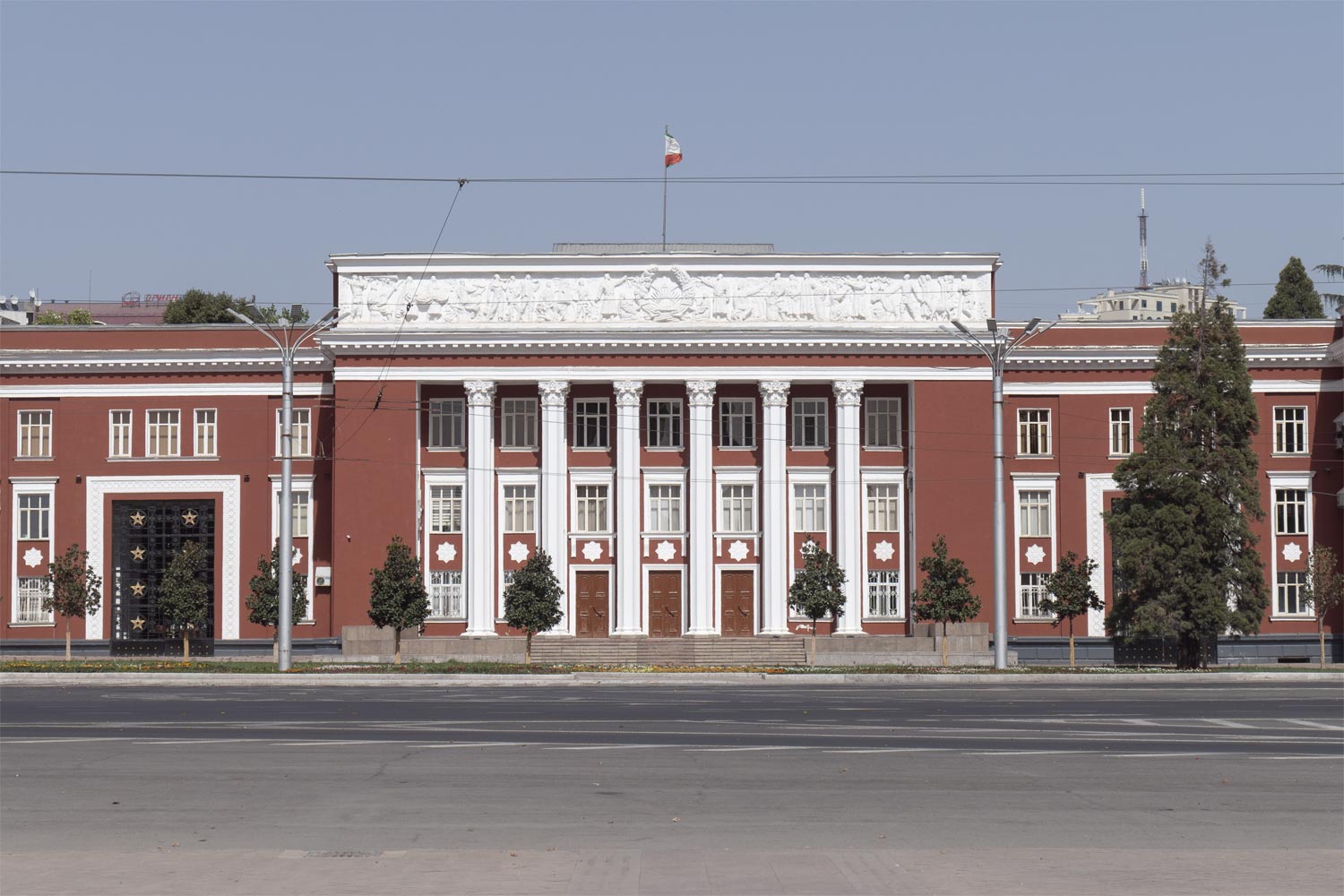
All these buildings are located along one street — Rudaki Avenue. It is the equivalent of Tverskaya Street in Moscow. The avenue is absolutely marvelous, with huge trees that provide shade along the entire street, blocking the sunlight.
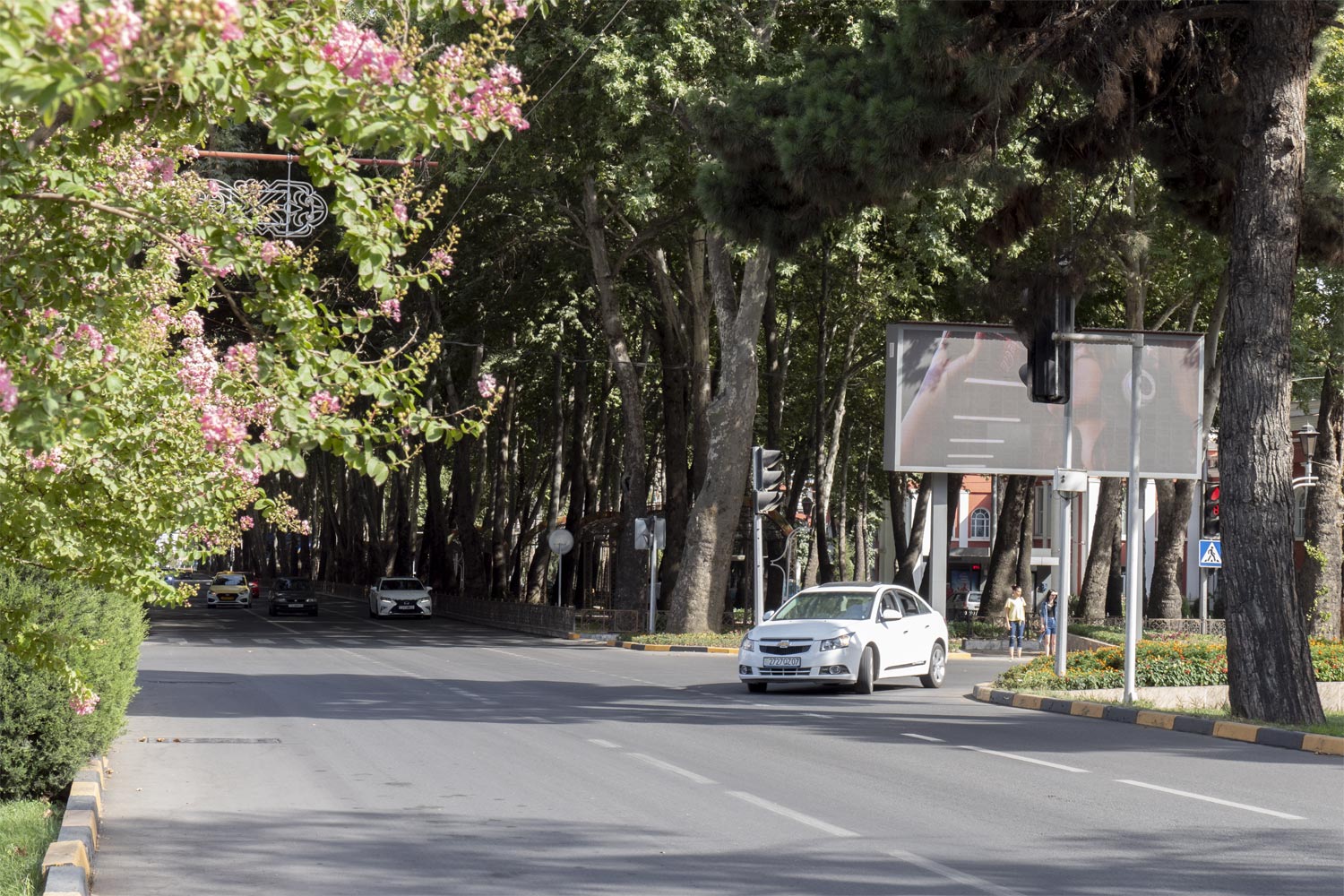
Rudaki resembles a tropical forest. These trees are called chinars.
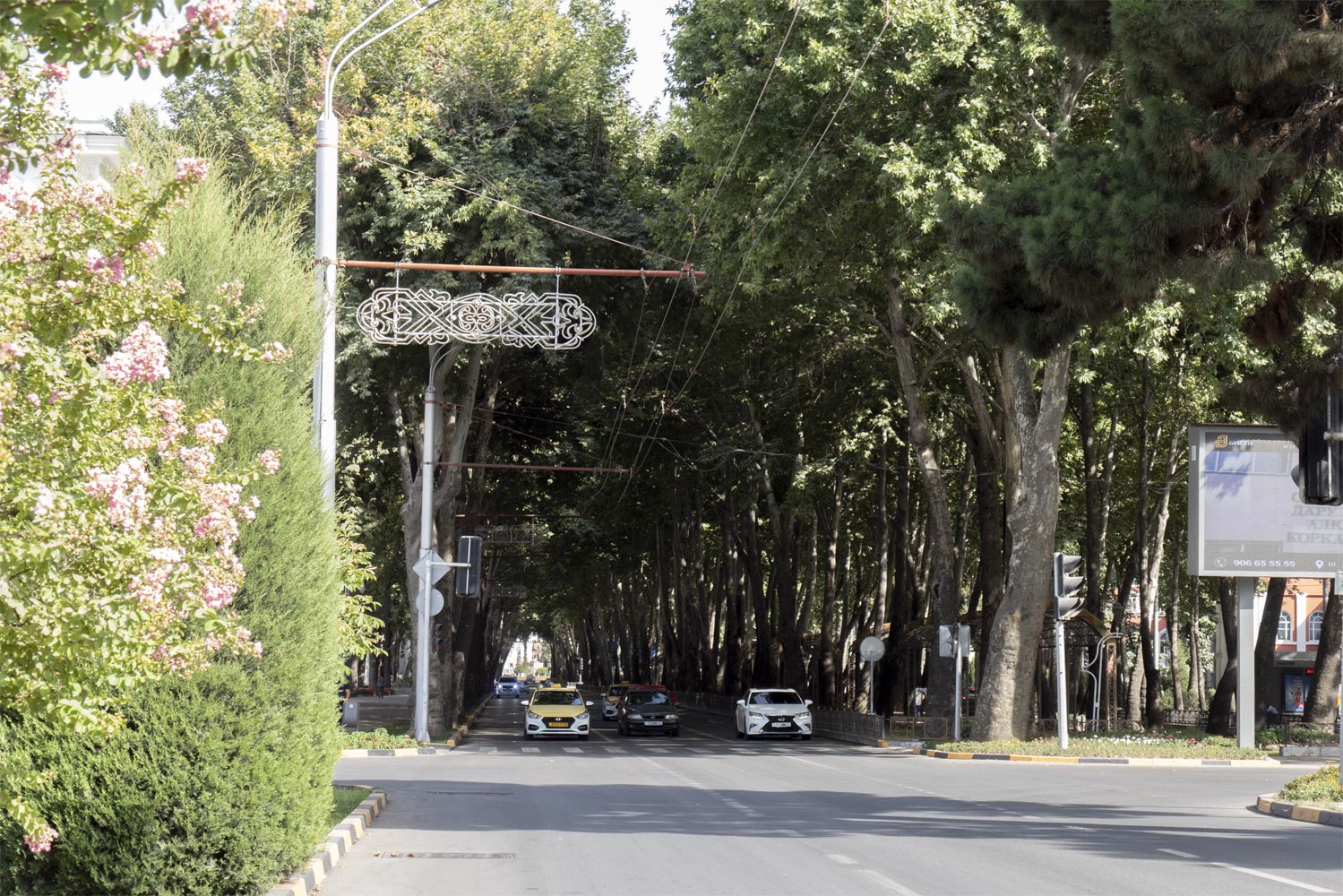
Of course, just a hundred meters away from the avenue, everything is much more modest. Mostly, Dushanbe consists of low-rise buildings.
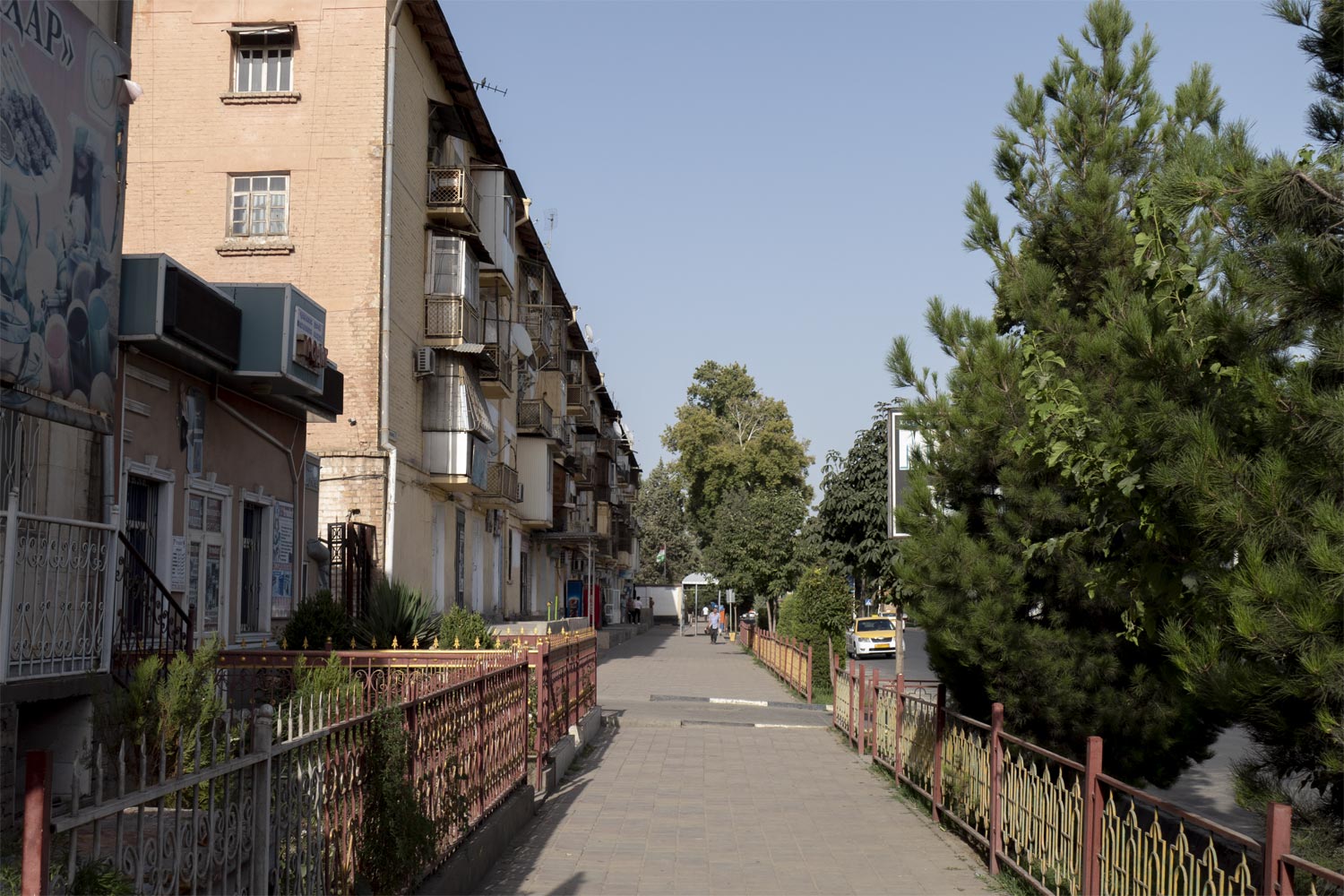
The yards may be modest, but they are clean.
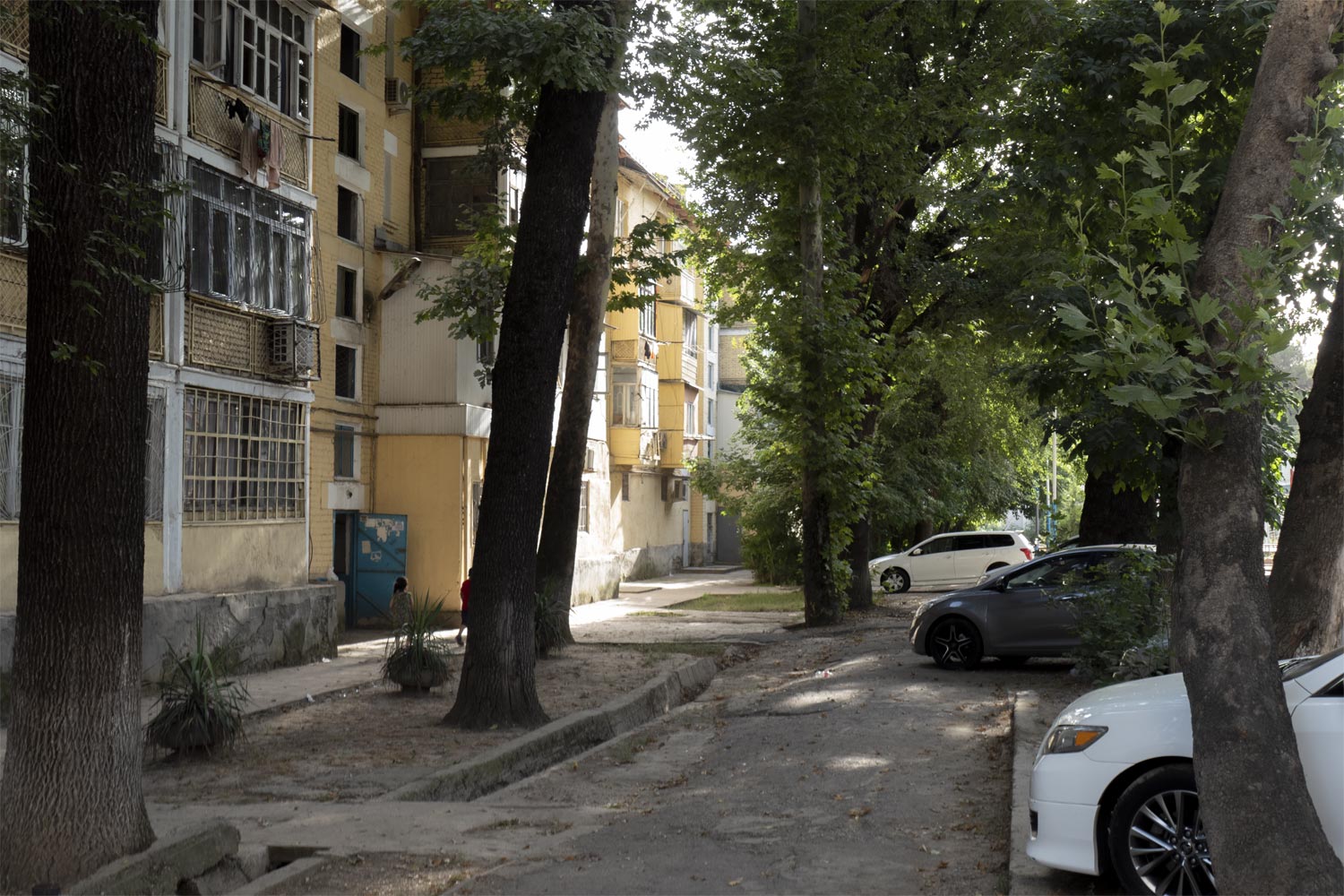
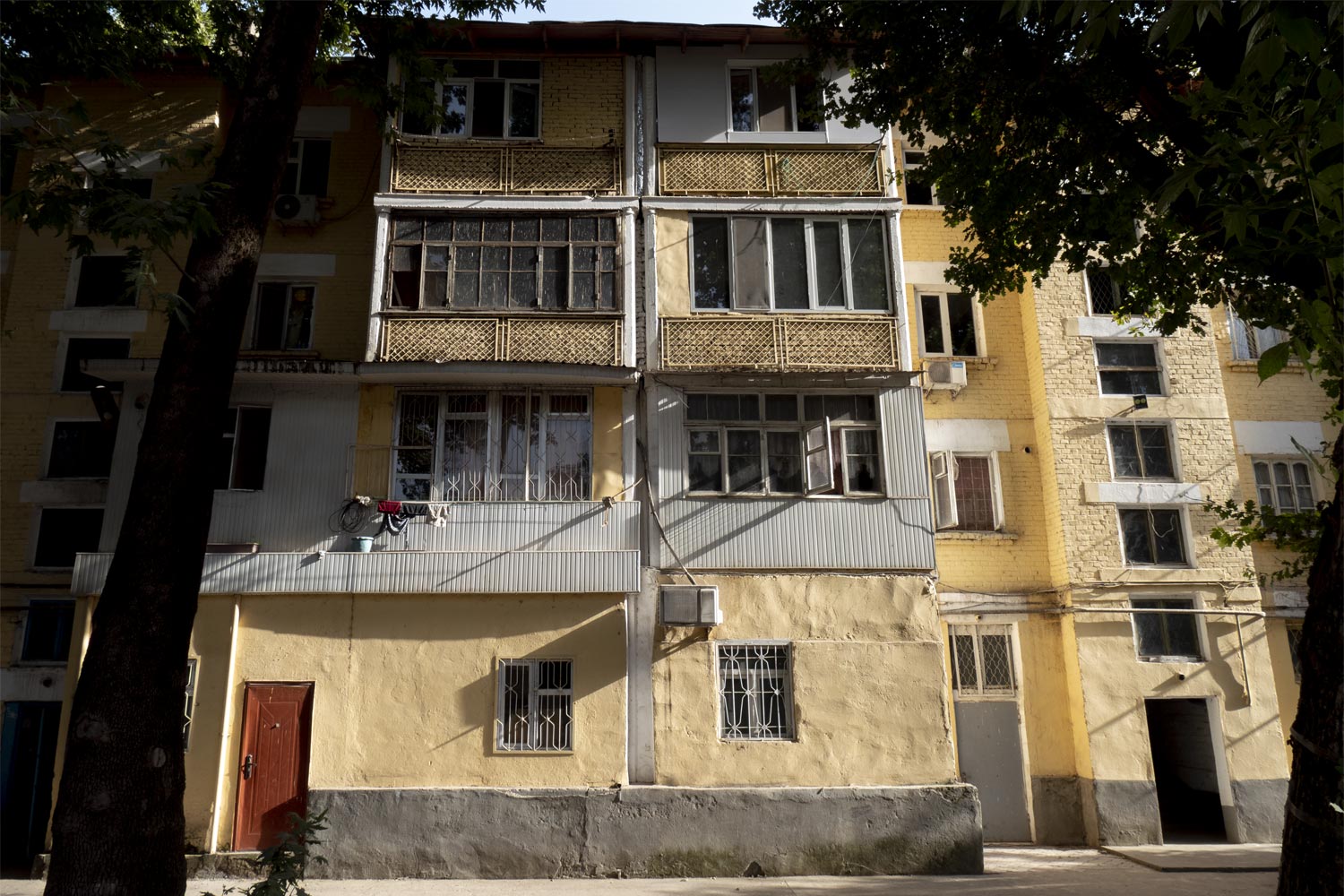
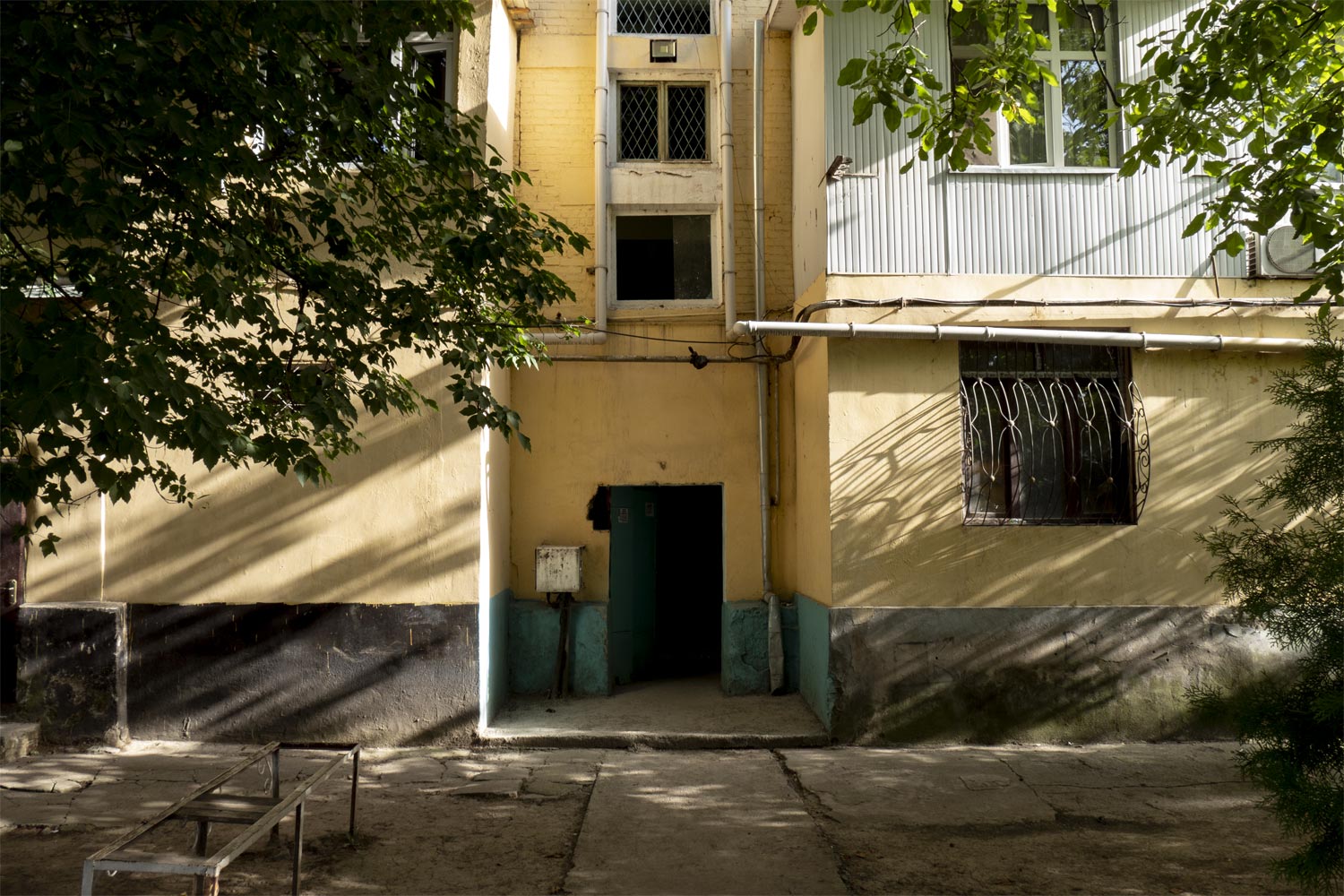
The wave of TikTok addiction hasn’t reached Dushanbe yet. In these local neighborhoods, one can still come across playing children.
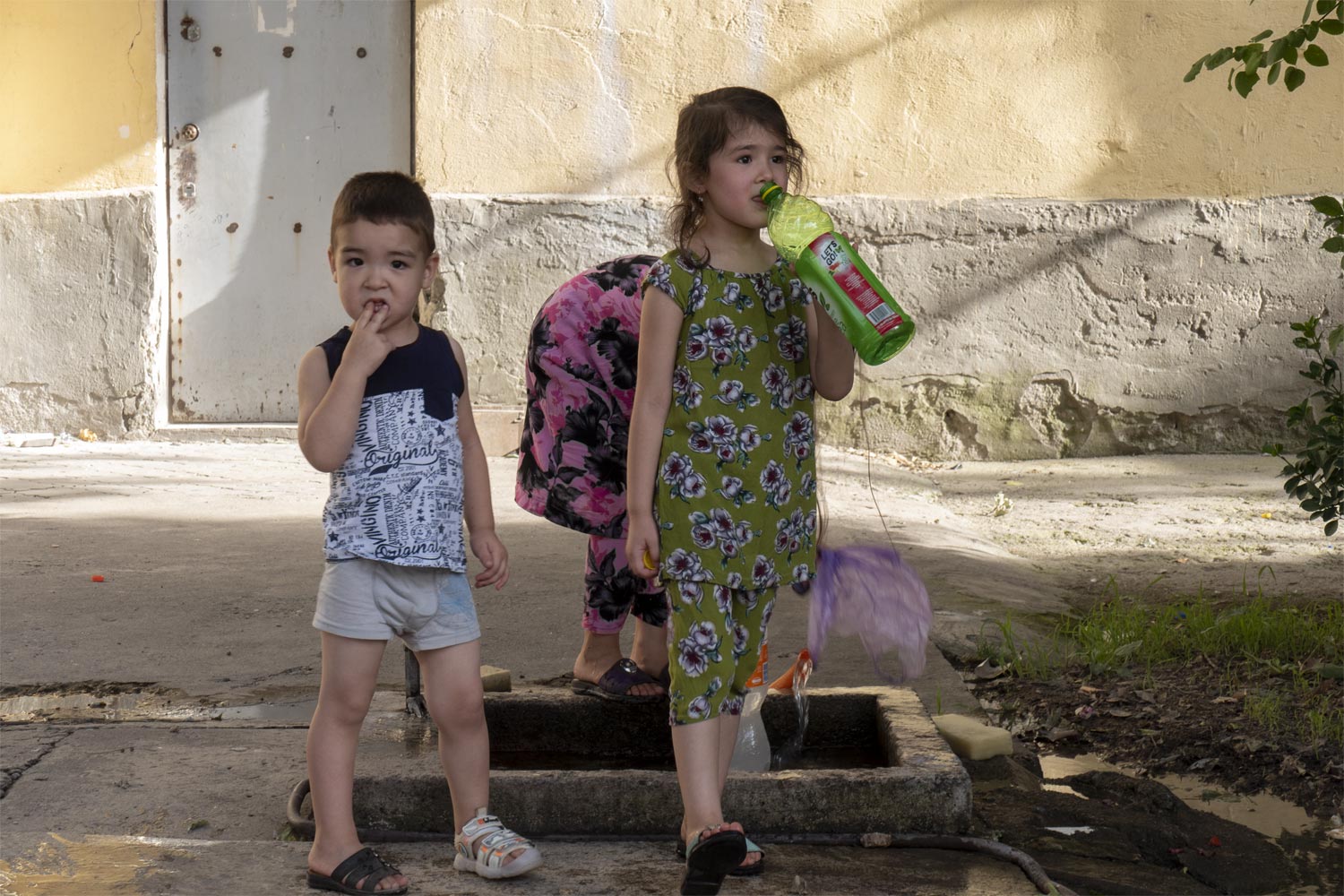
In the city, there are still slums. If you turn right from Nisor Muhammad Street, one can reach the remnants of the old city. This area is not even marked on the map. People live here in single-story houses that are built from makeshift materials.
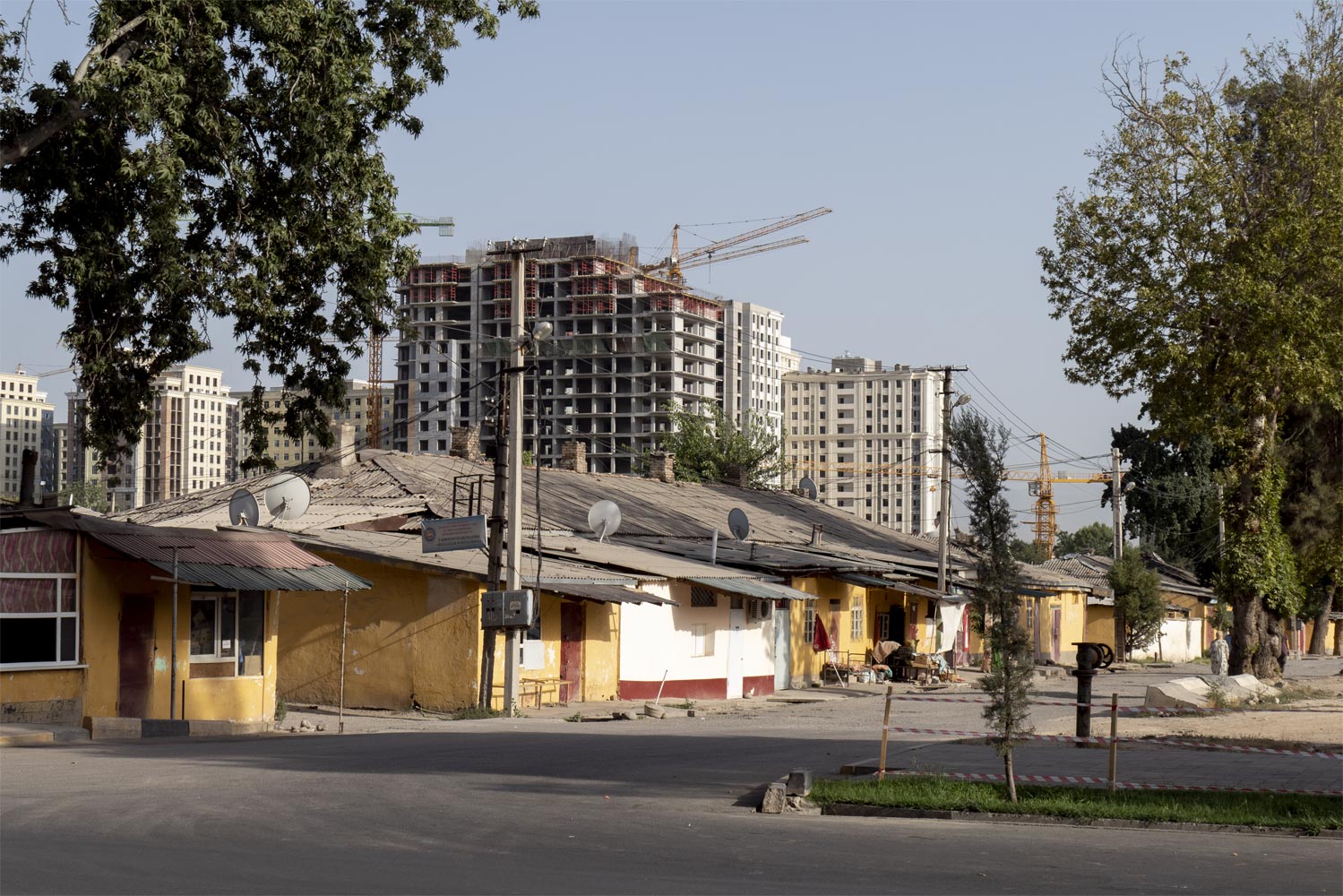
A genuine village just 10 minutes away from the center.
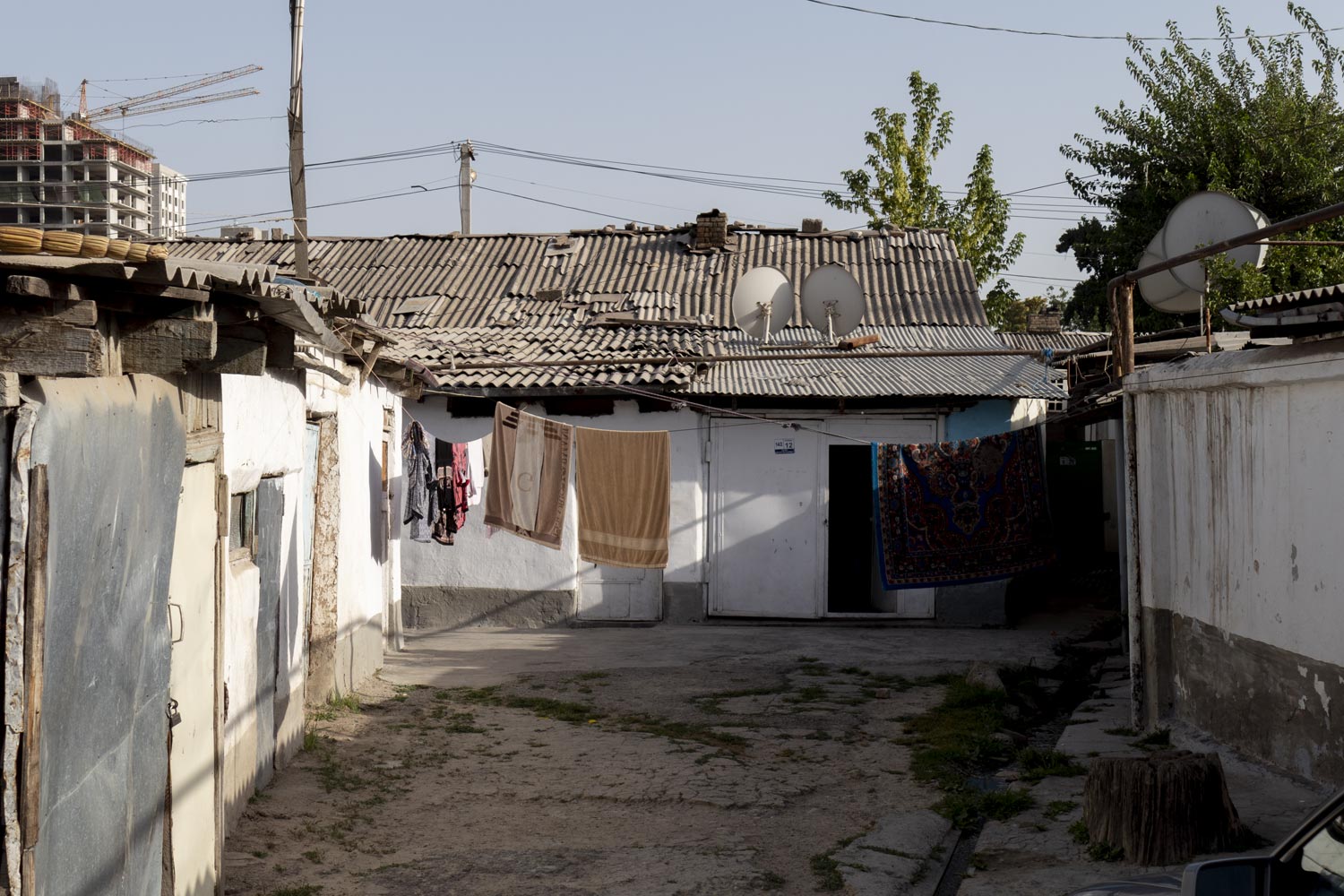
What a contrast! It’s interesting how these slums survived the Soviet era. My assumption: they emerged after the collapse of the USSR.
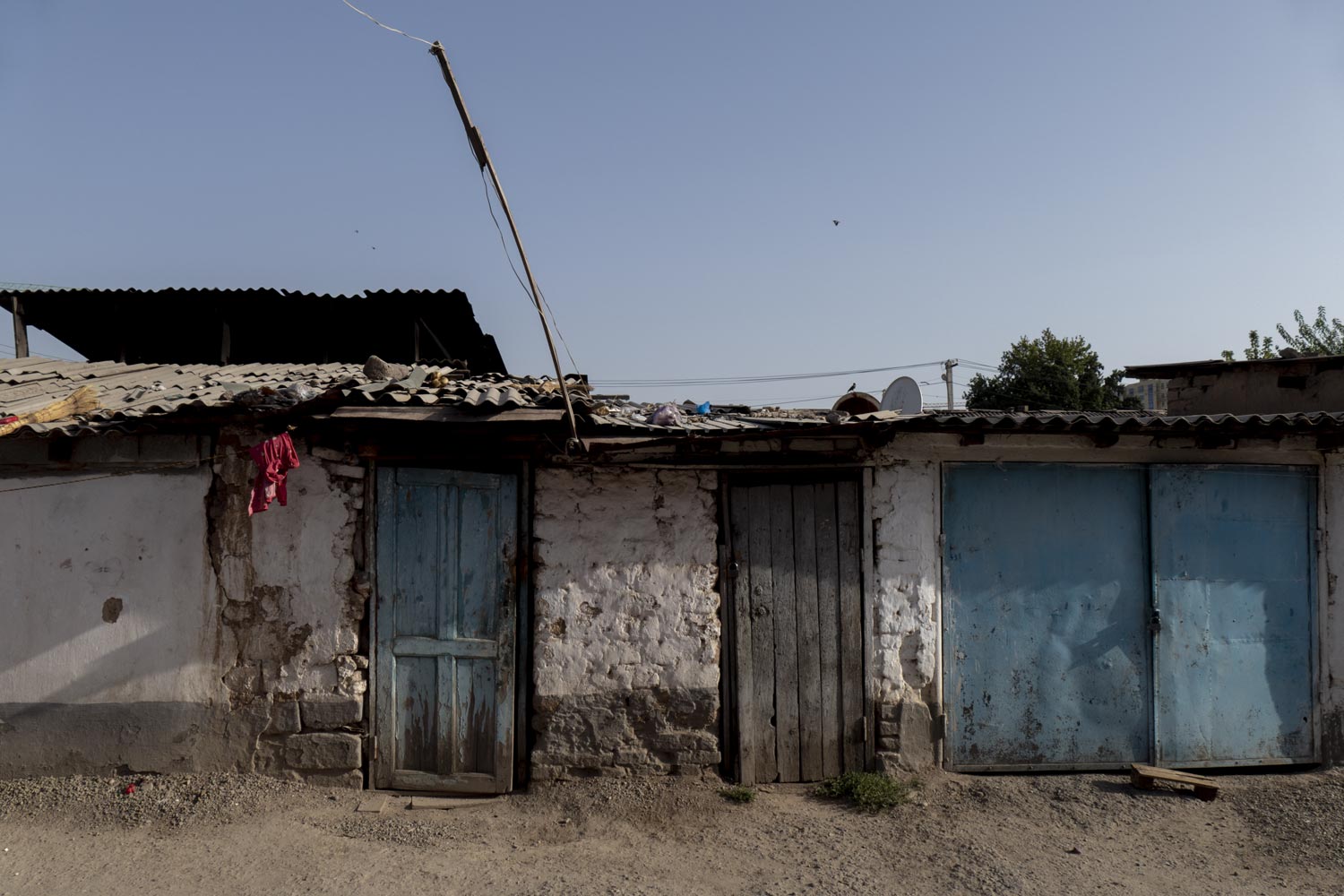
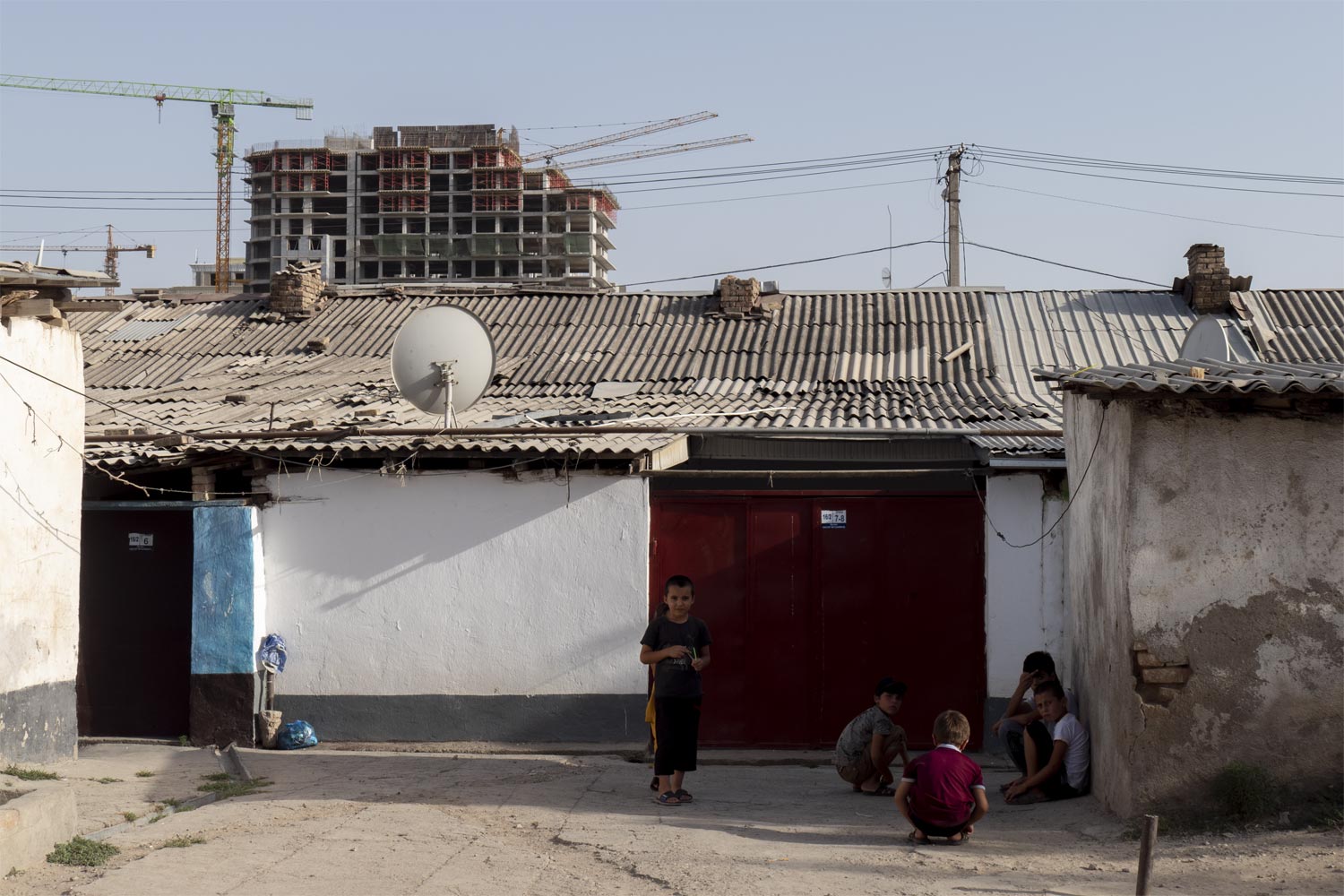
A level of India or Africa. I suspect that a significant portion of Tajikistan lives like this.
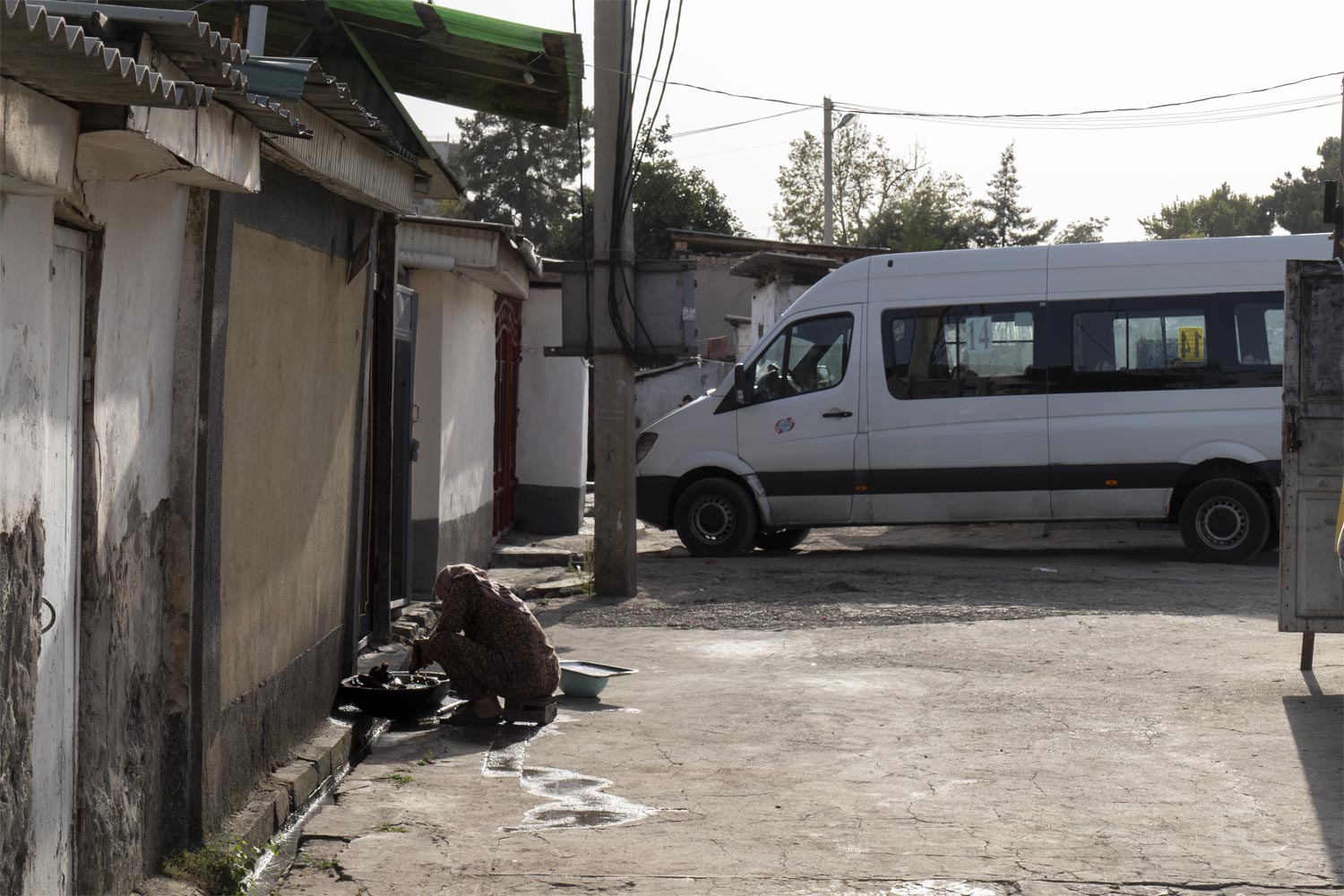
A woman is cleaning a sheep’s head: recently, it was Kurban Bayram.
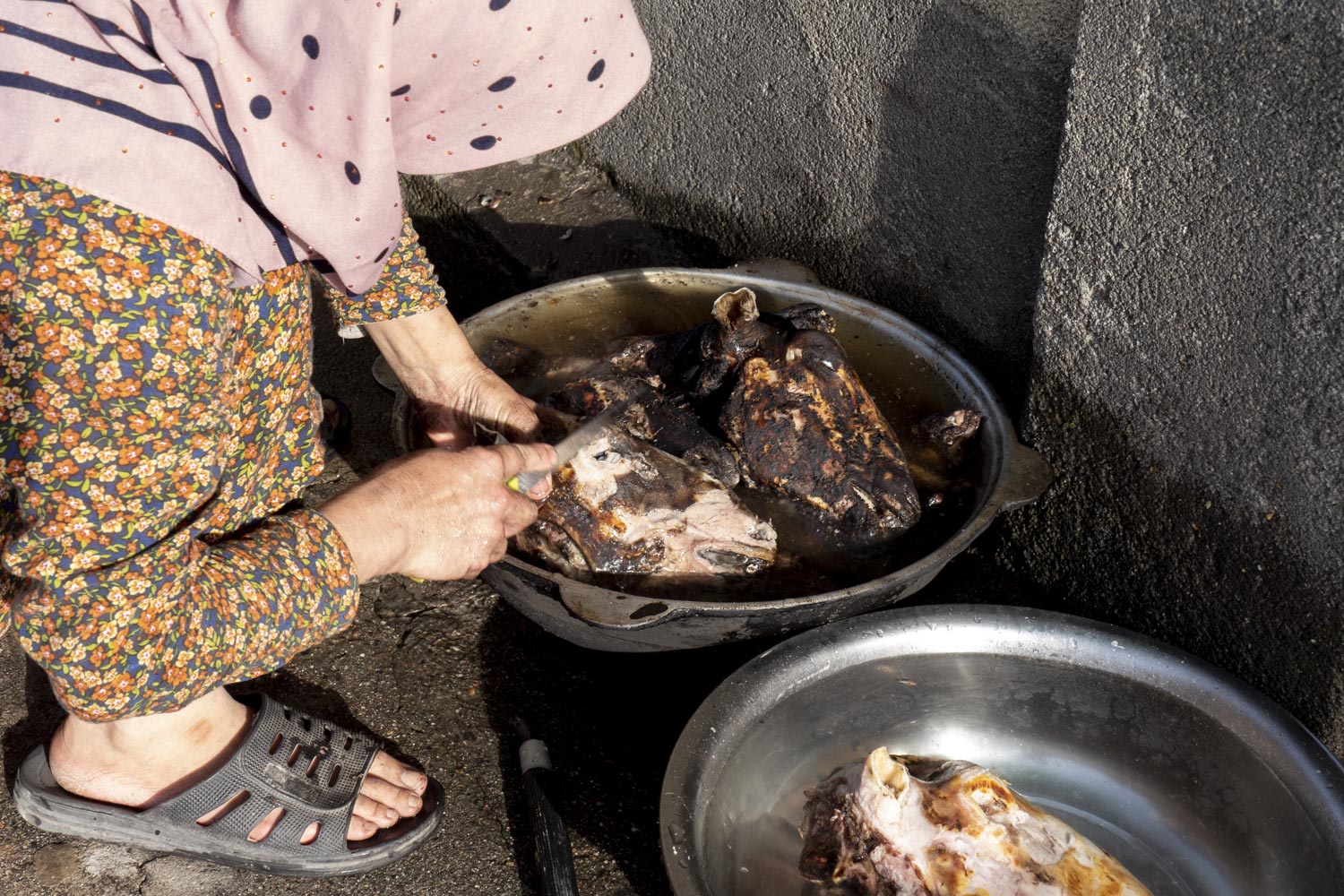
The village literally occupies a small block, and high-rise buildings are already being constructed against its backdrop. If you walk towards them, you reach a classic Tajik village from the village.
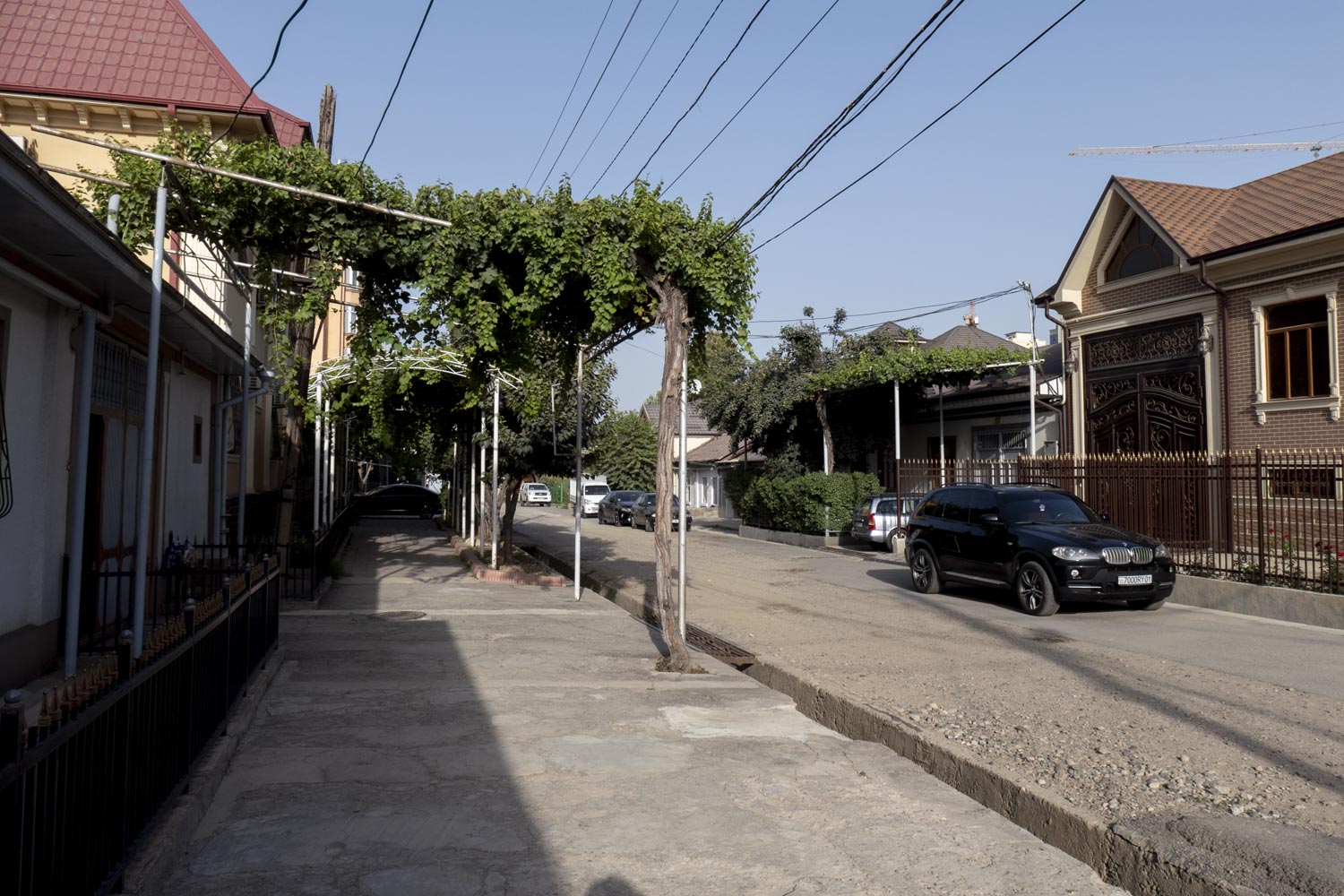
It’s nice here, but quite run-down. The sewer system has not yet reached the level of the Roman Empire. The roads as well.
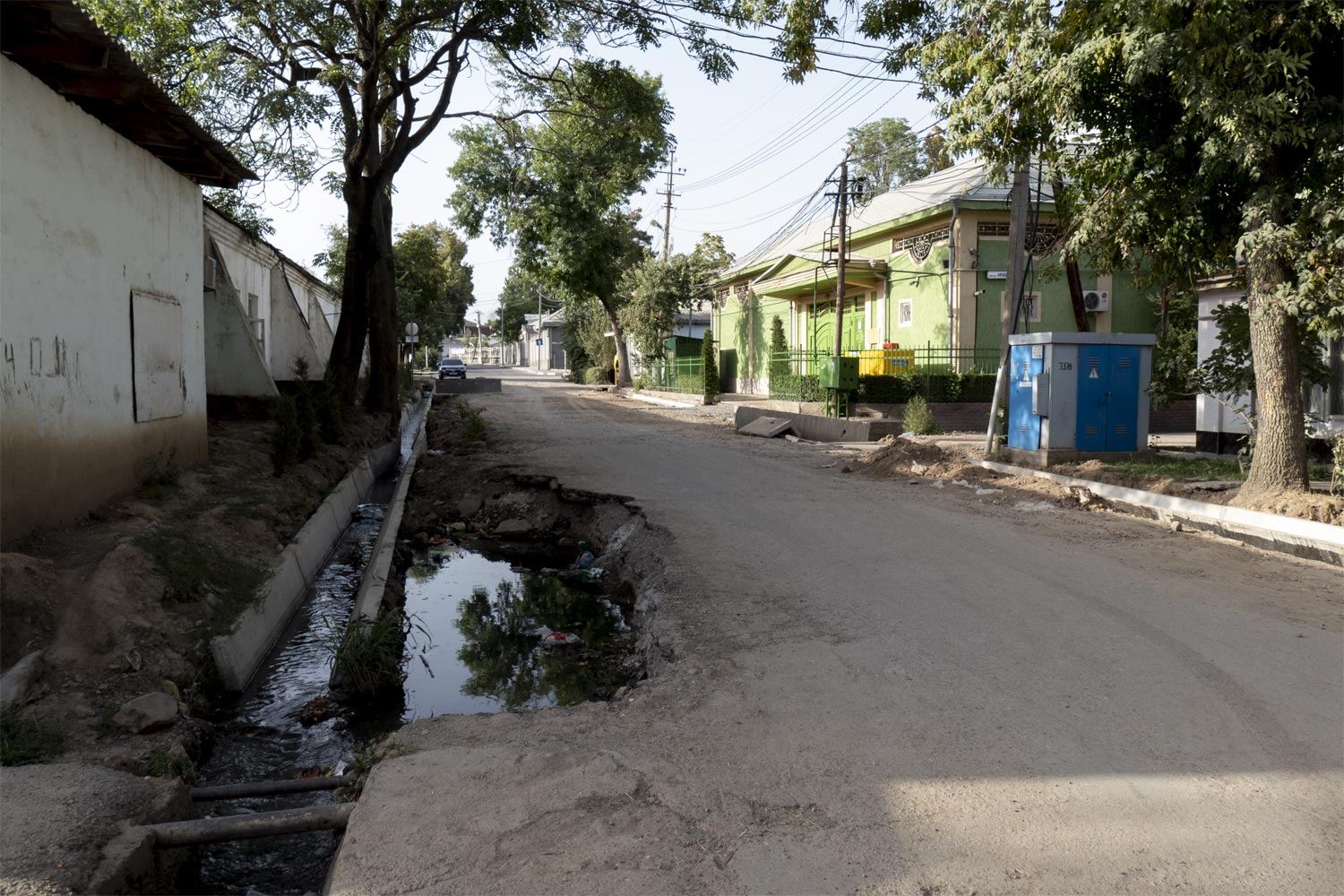
But all the streets are literally drowning in grapes.
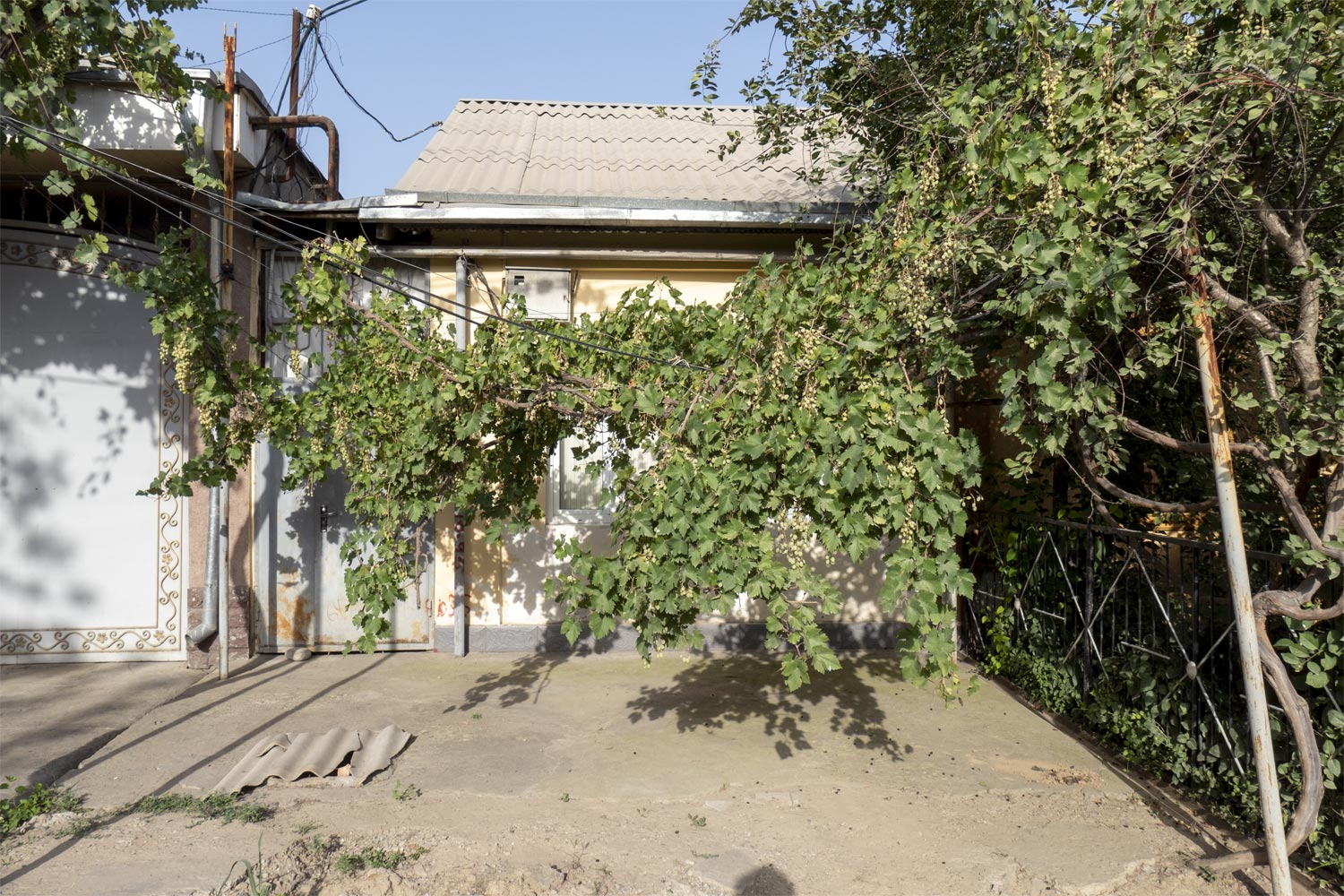
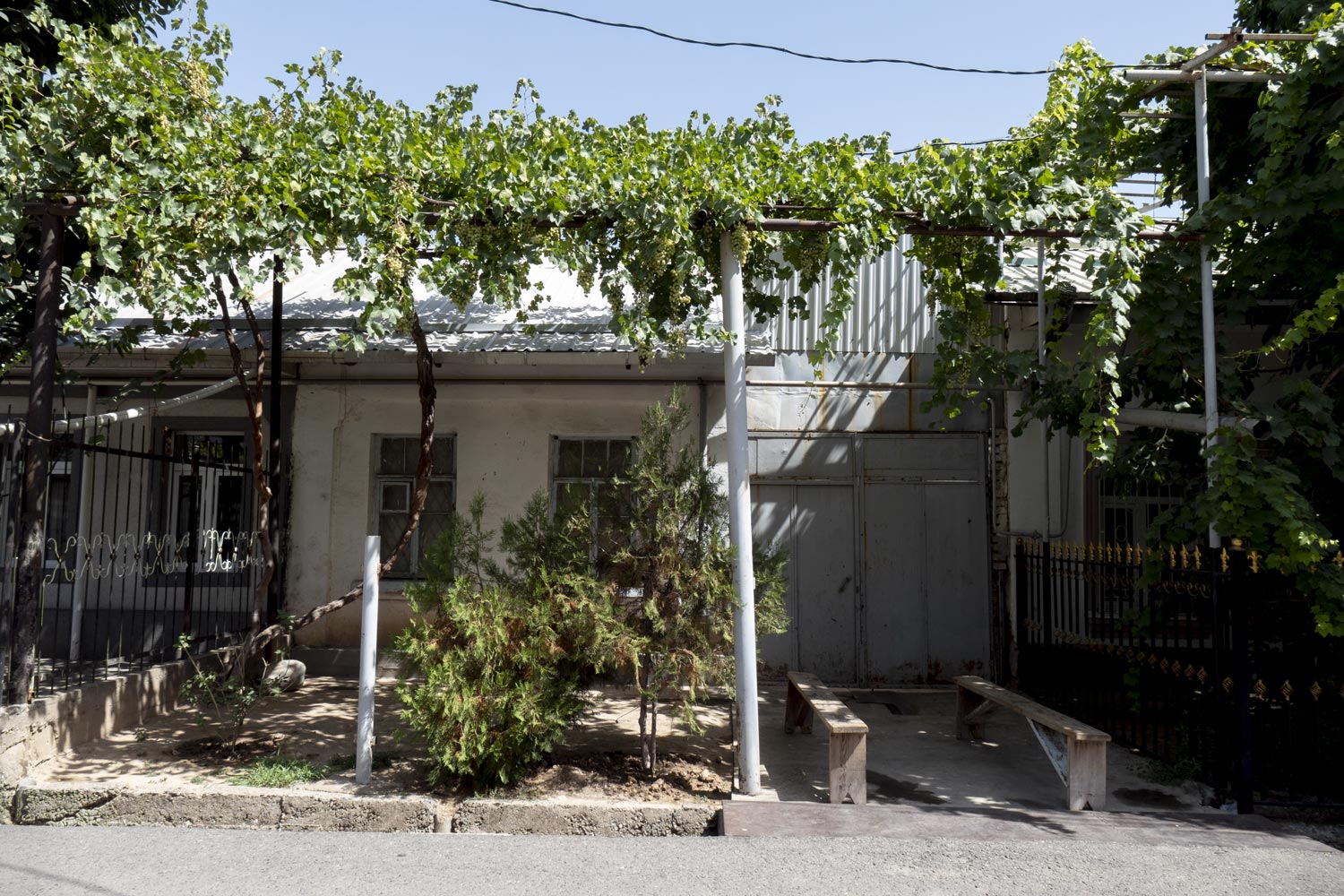
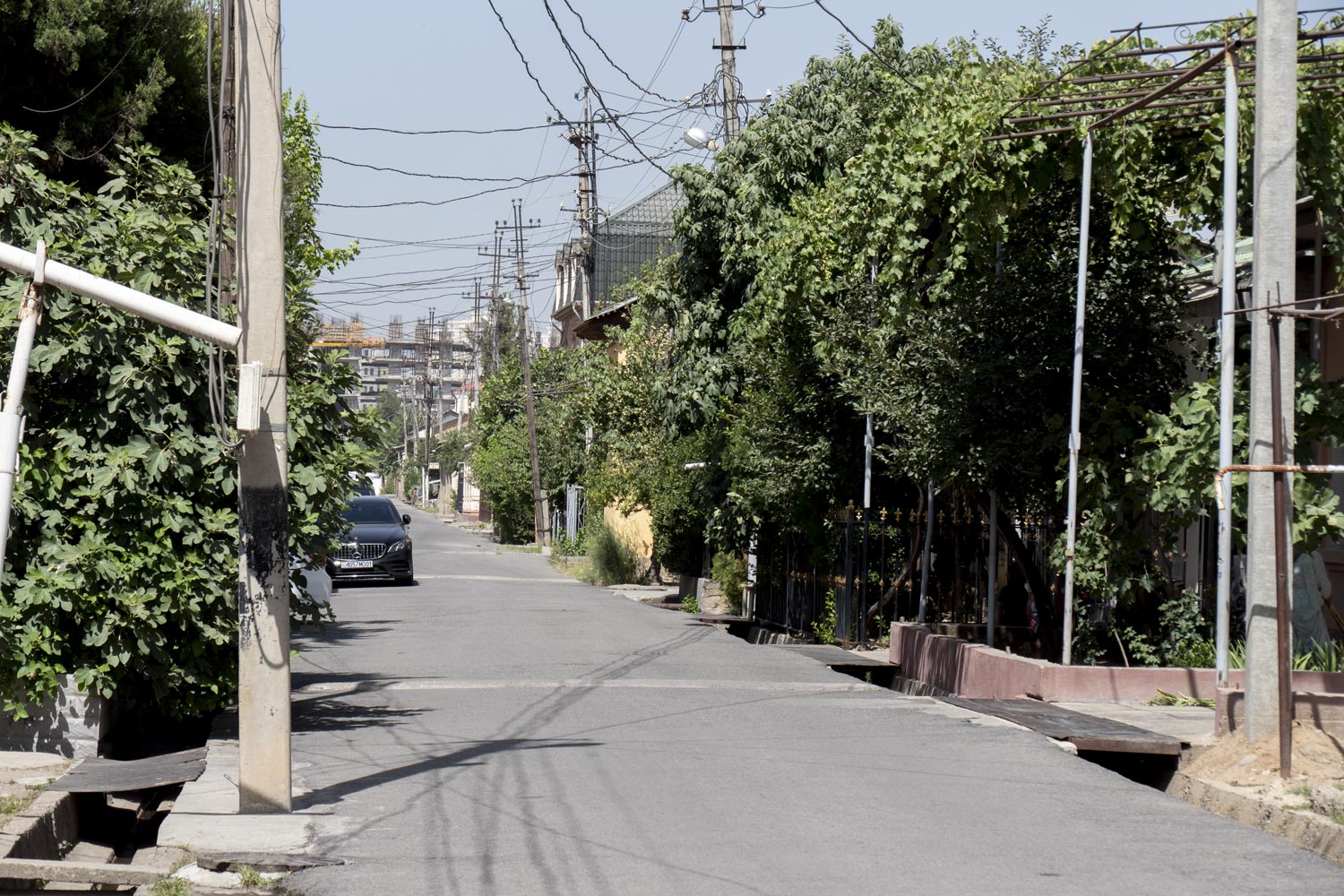
Local guys loiter around the village.
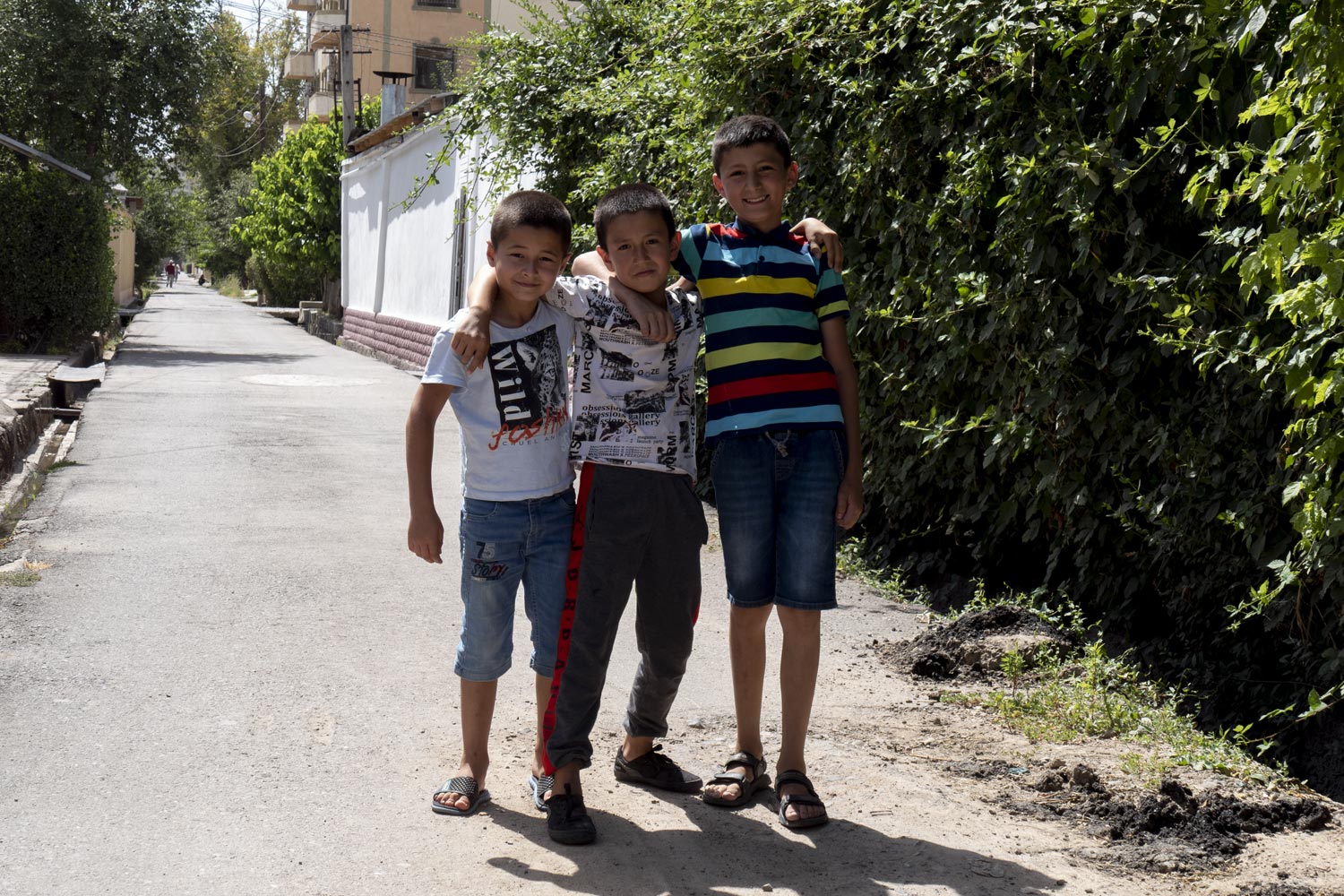
Women are pruning roses.
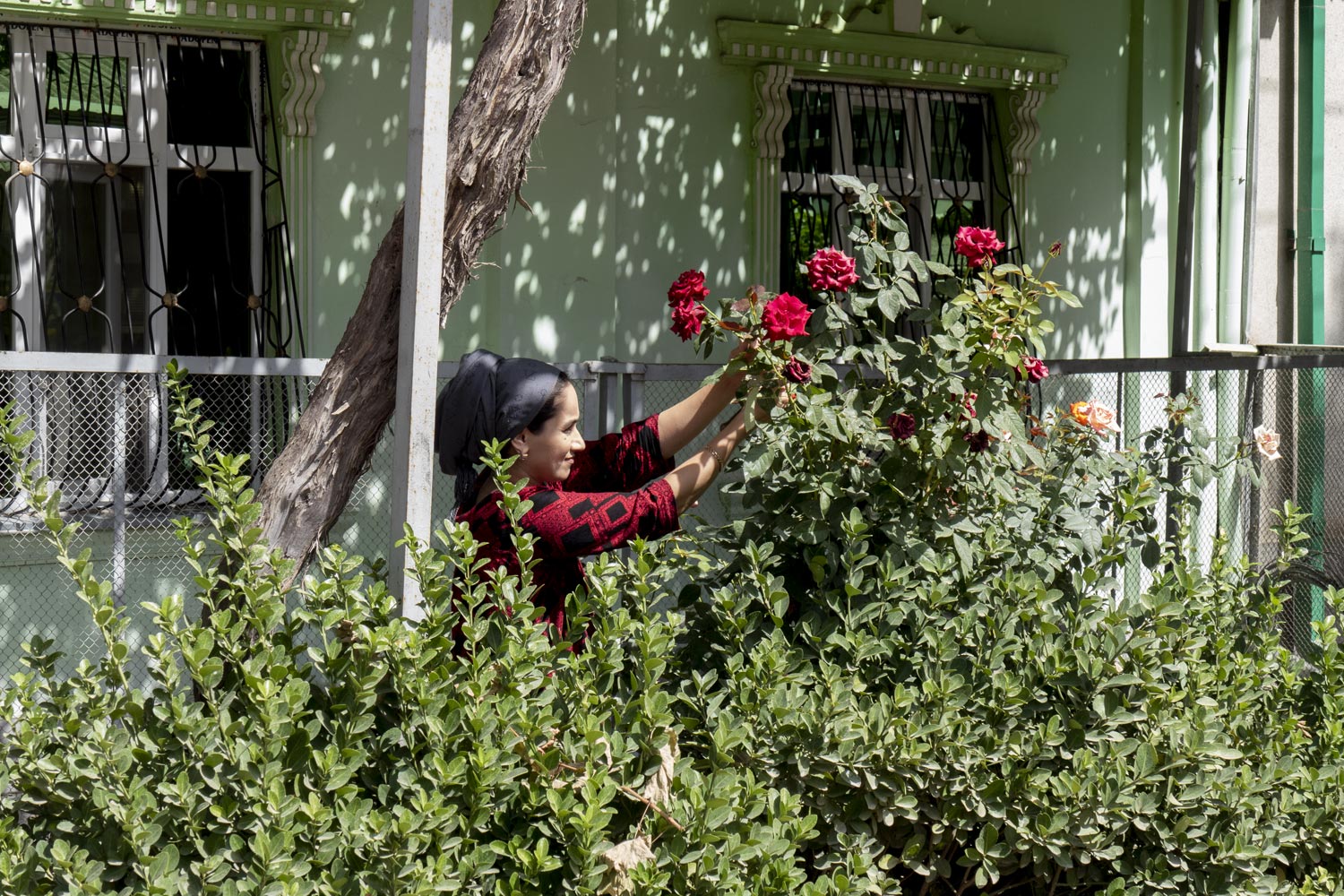
Men pose in tubeteika and beard.
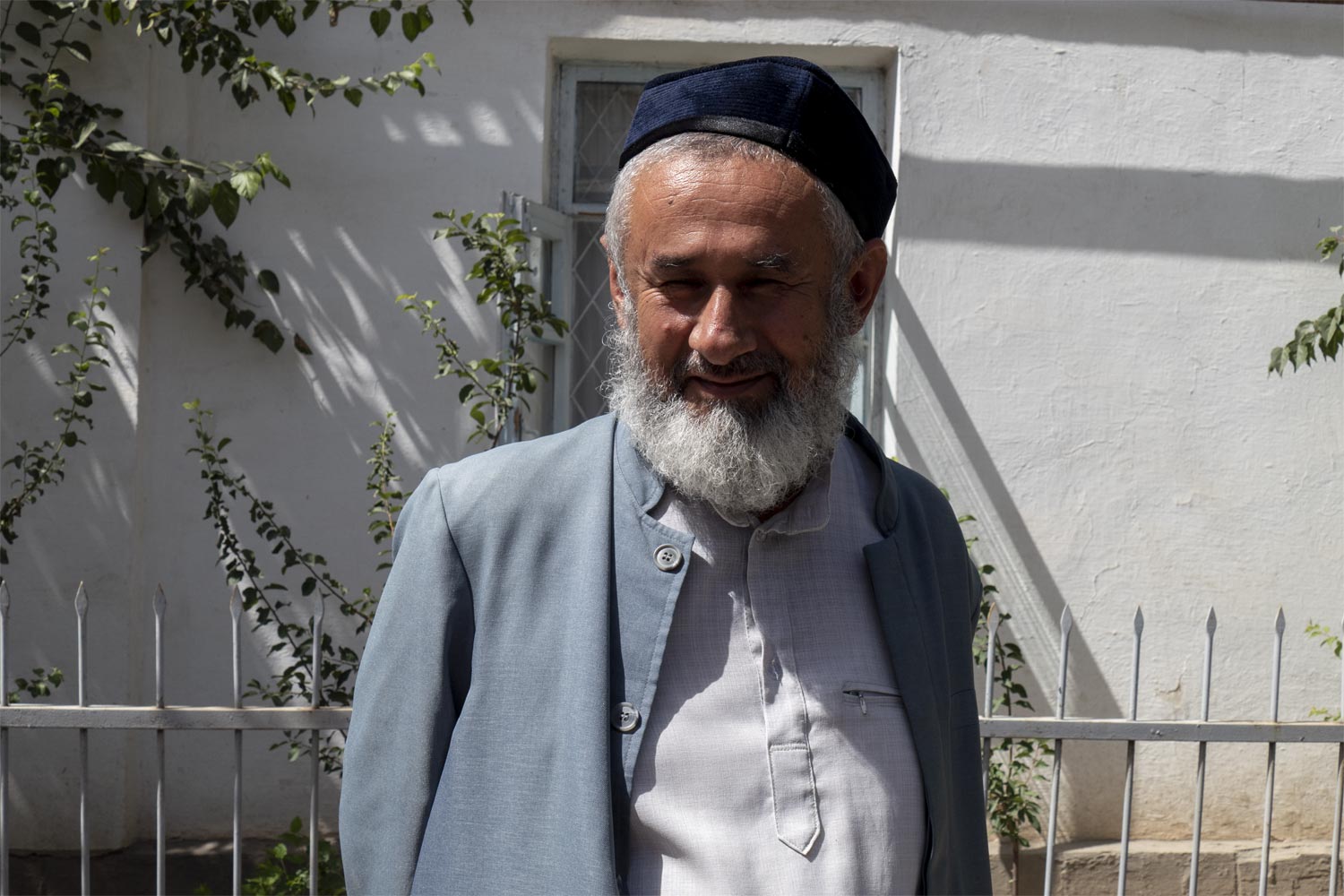
Business centers are slowly encircling the village.
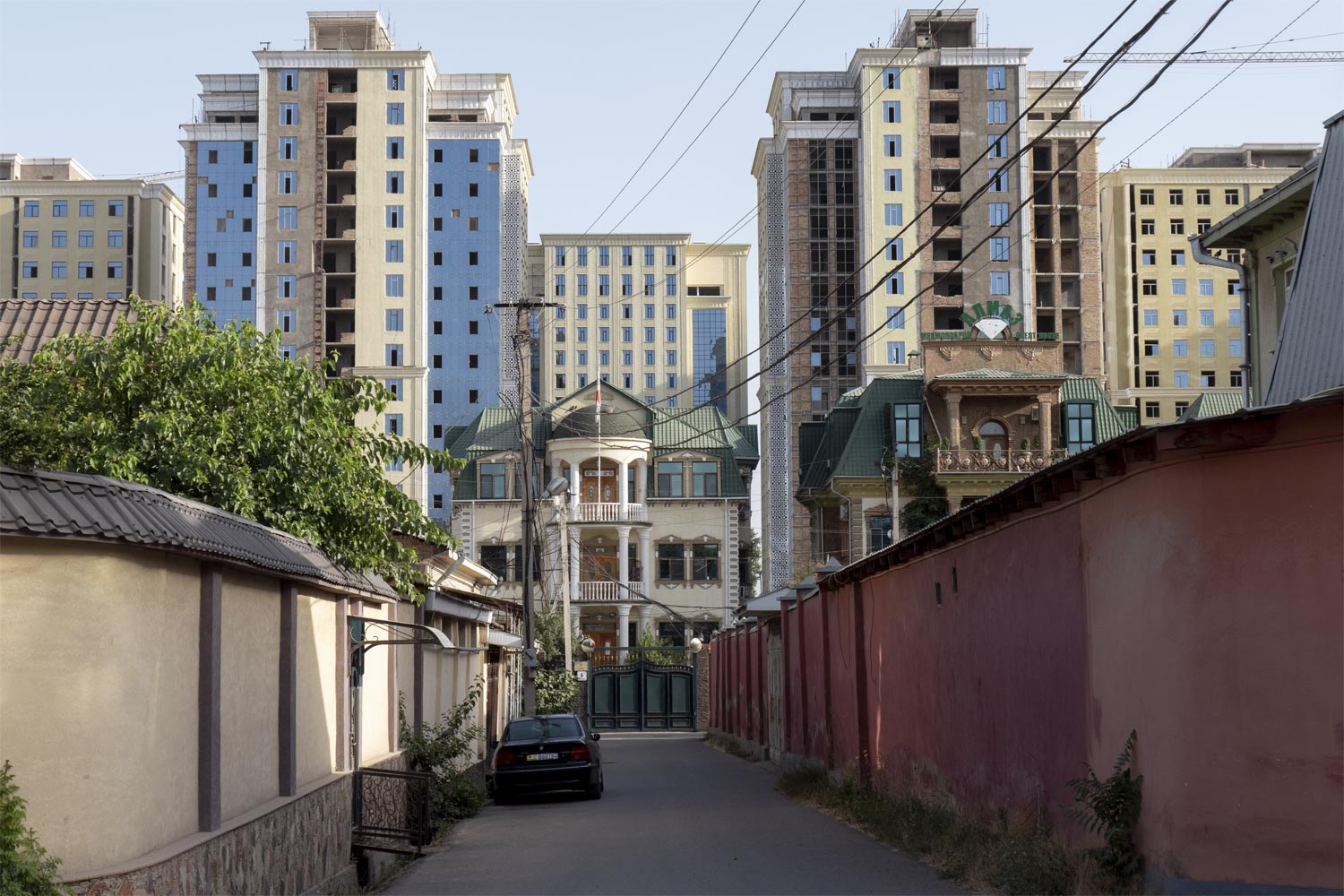
This is Ayni Street, the business district of Dushanbe.
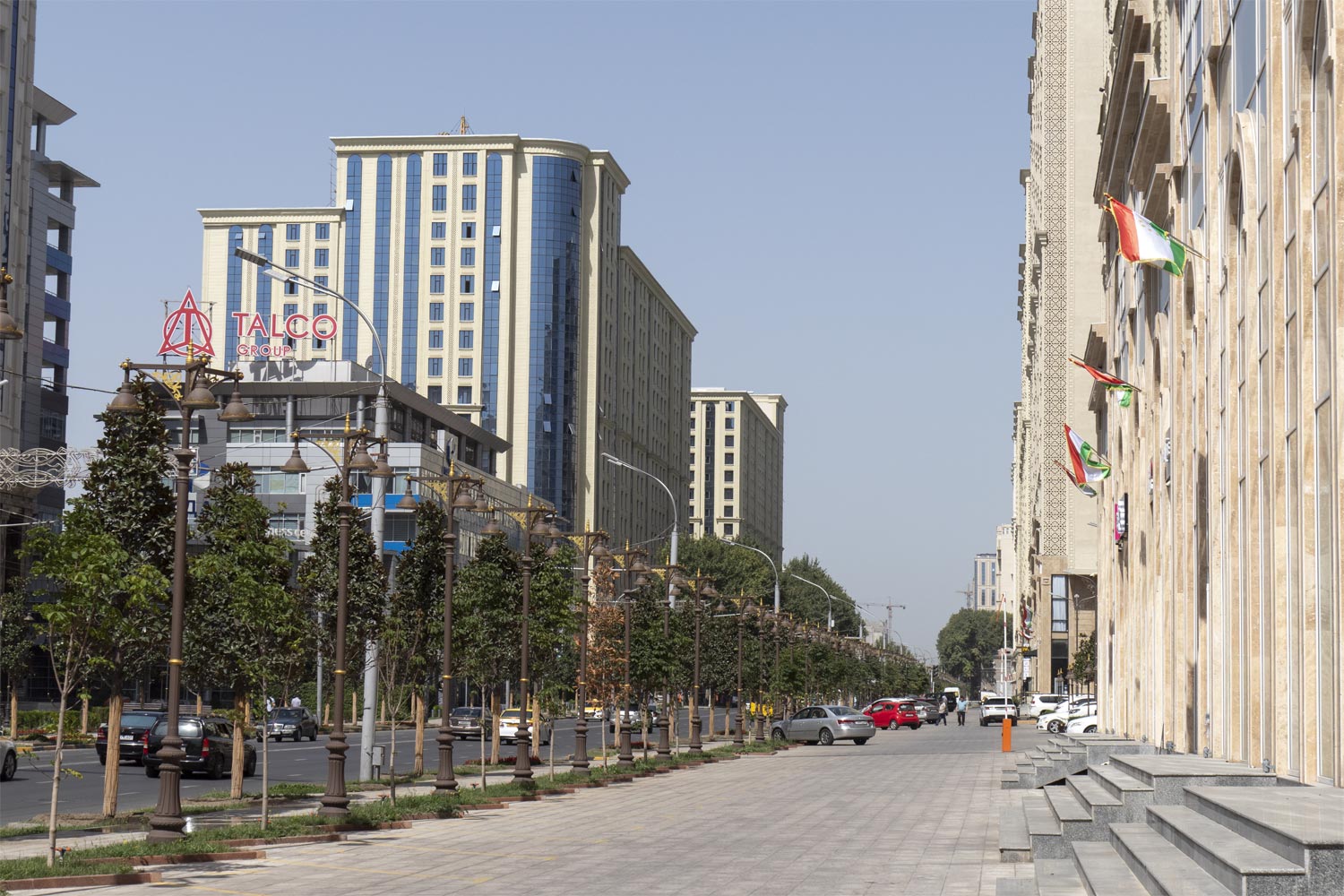
Like other countries in Central Asia, Tajikistan is actively sponsors by Turkey. Most likely, these hotels and business centers were built here specifically to host officials and businessmen from Erdogan’s delegation.
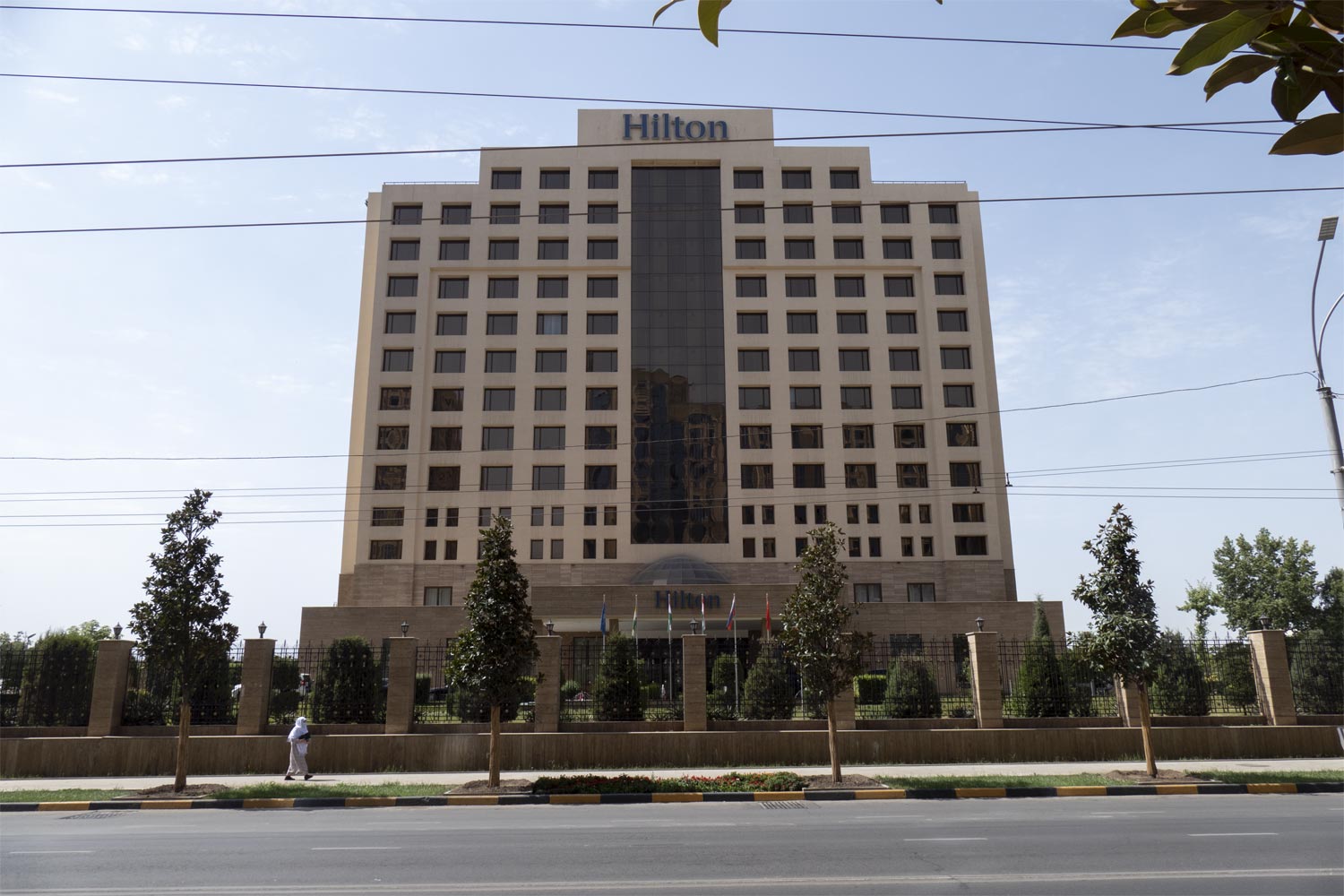
At night, the street is illuminated with such golden light that Riyadh would be envious.
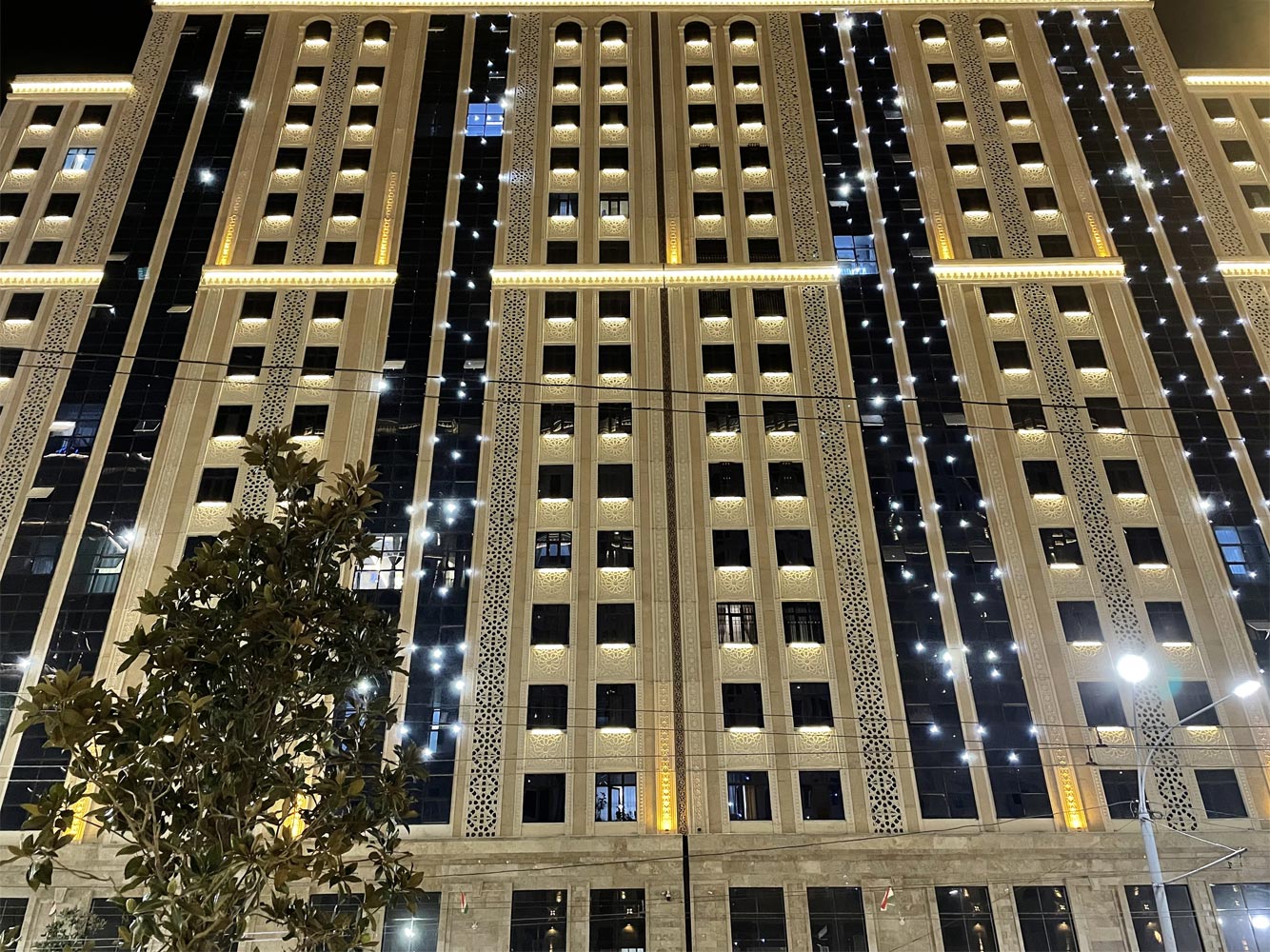
It’s interesting to imagine what Tajikistan will become in 20 years of cooperation with Turkey and China. After all, just 20 years ago, Ayni Street looked completely different.
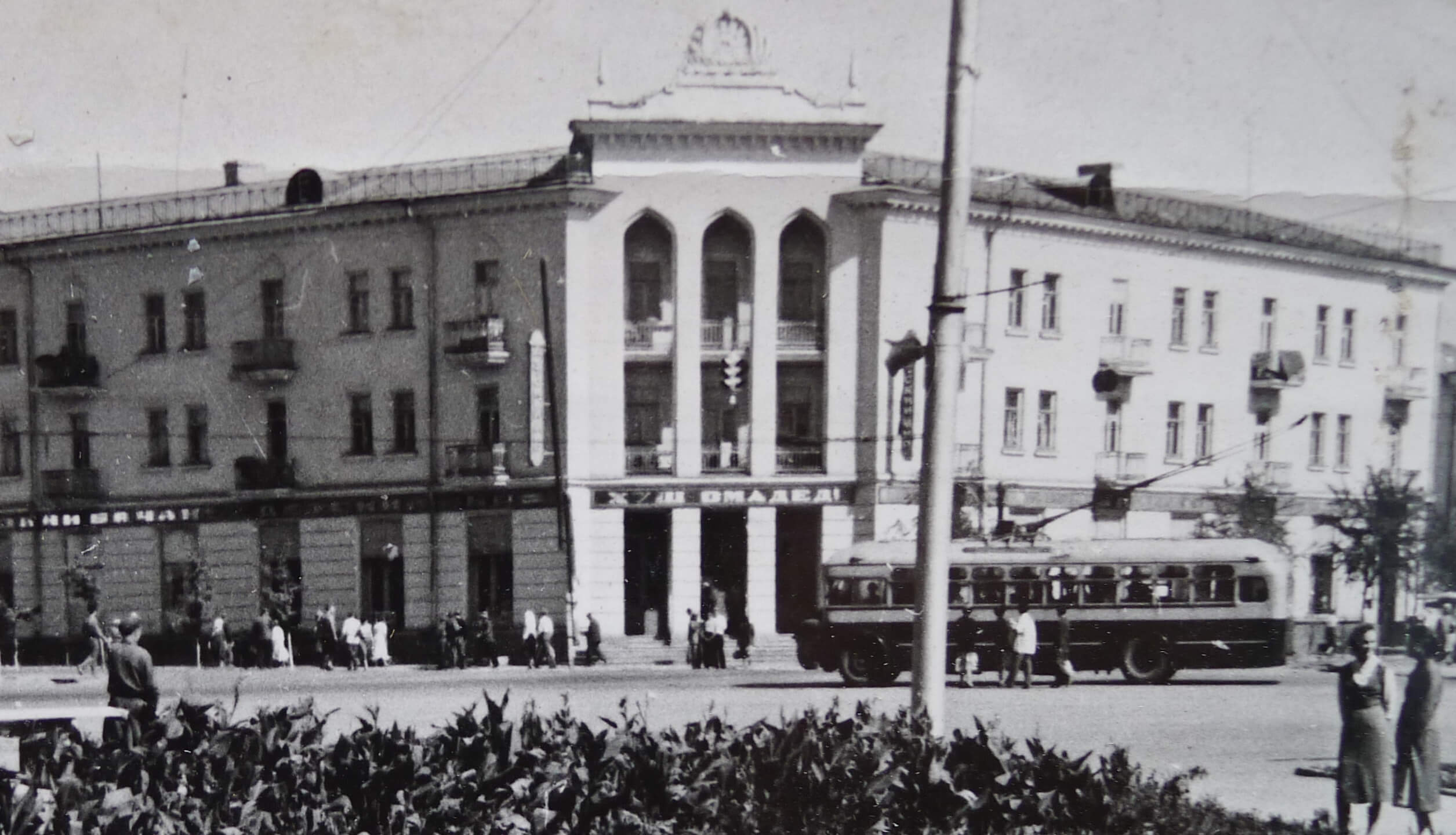
Here stood beautiful houses in the Leningrad style with an Eastern flair. They were all destroyed and replaced with glass skyscrapers. Only Ayni Square was left — and that’s all.
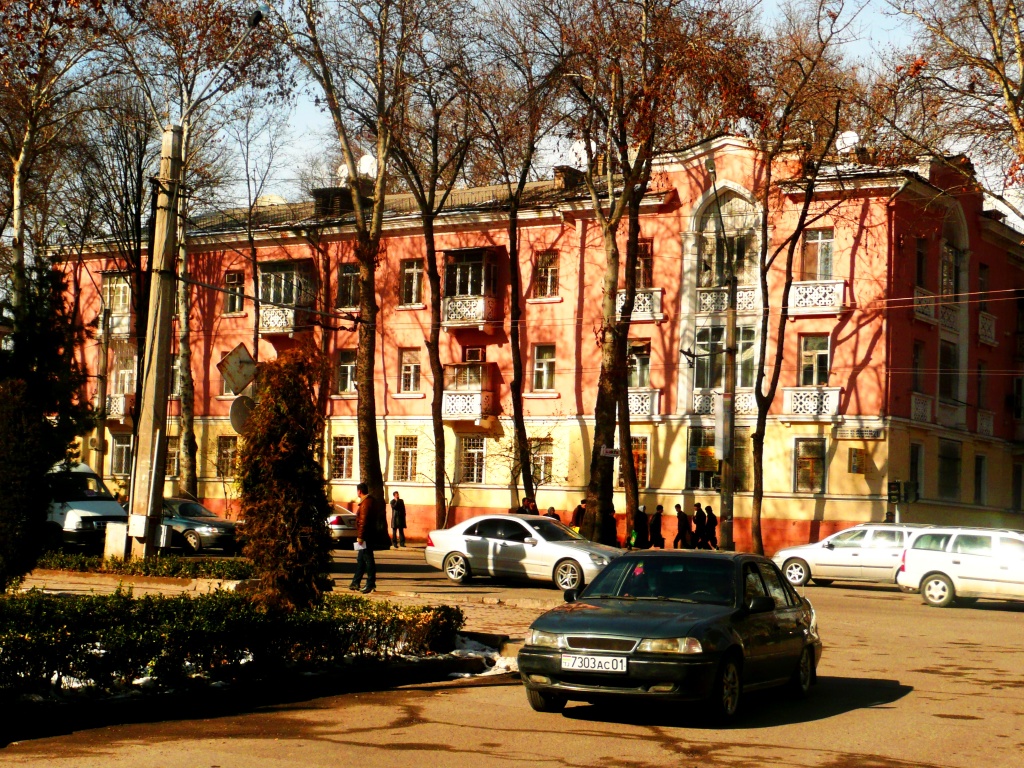
Should we turn Dushanbe into another Dubai? I don’t think so.
Globalization not only drives progress but also erodes the uniqueness of cities, countries, and peoples.
In 20 years, it may turn out that they will demolish the opera building in Dushanbe, cut down the chinar trees on Rudaki Avenue, and it won’t be possible to buy a nose in the city anymore.
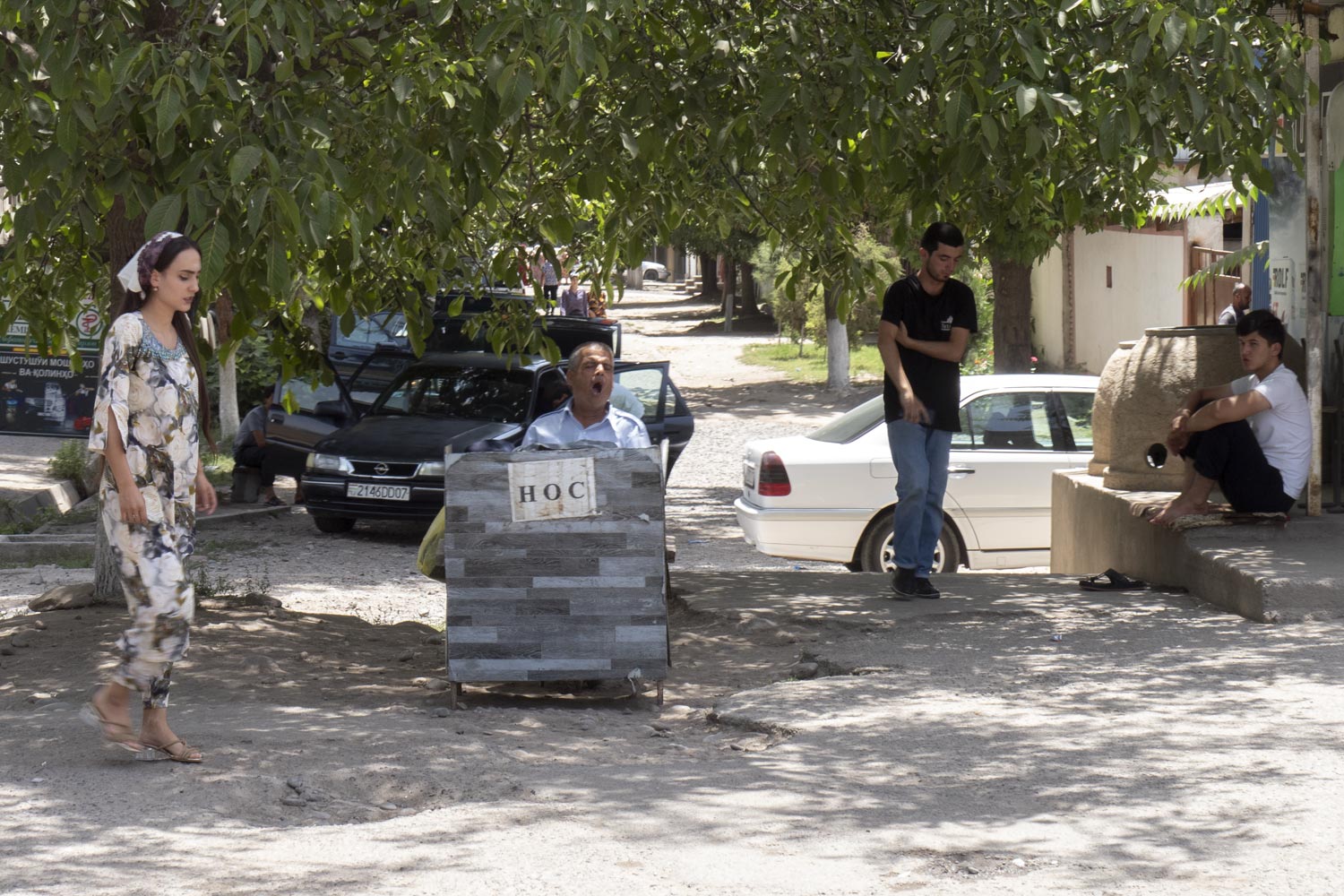
What to do? Visit this beautiful city now, while it is still beautiful.


